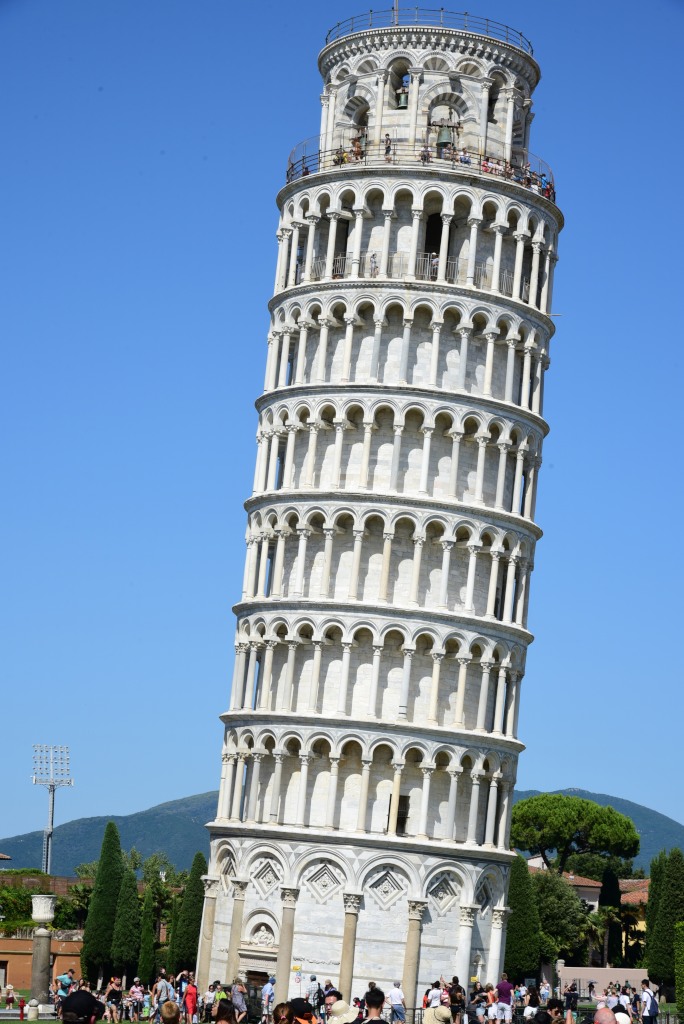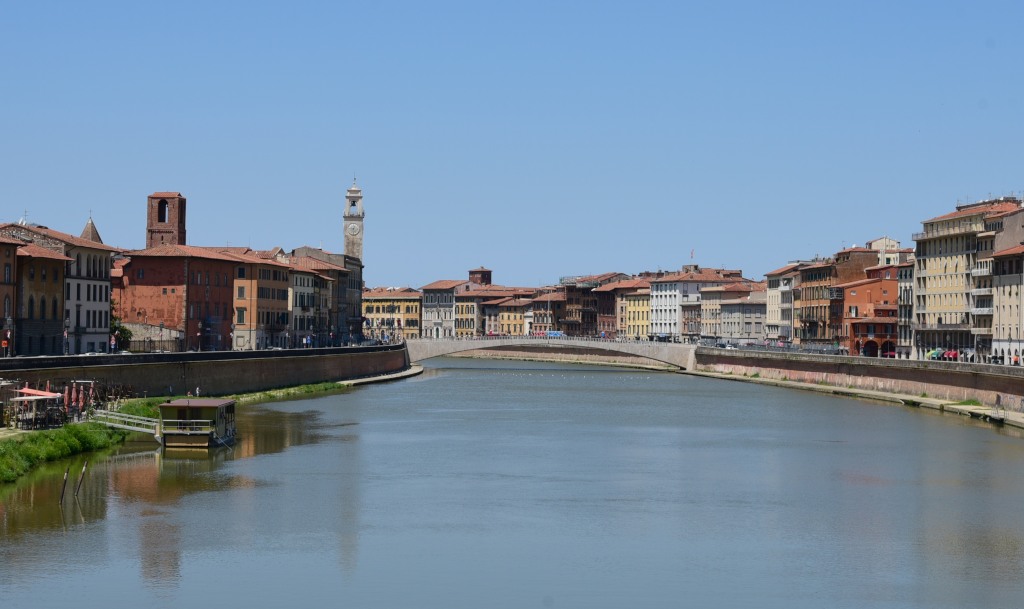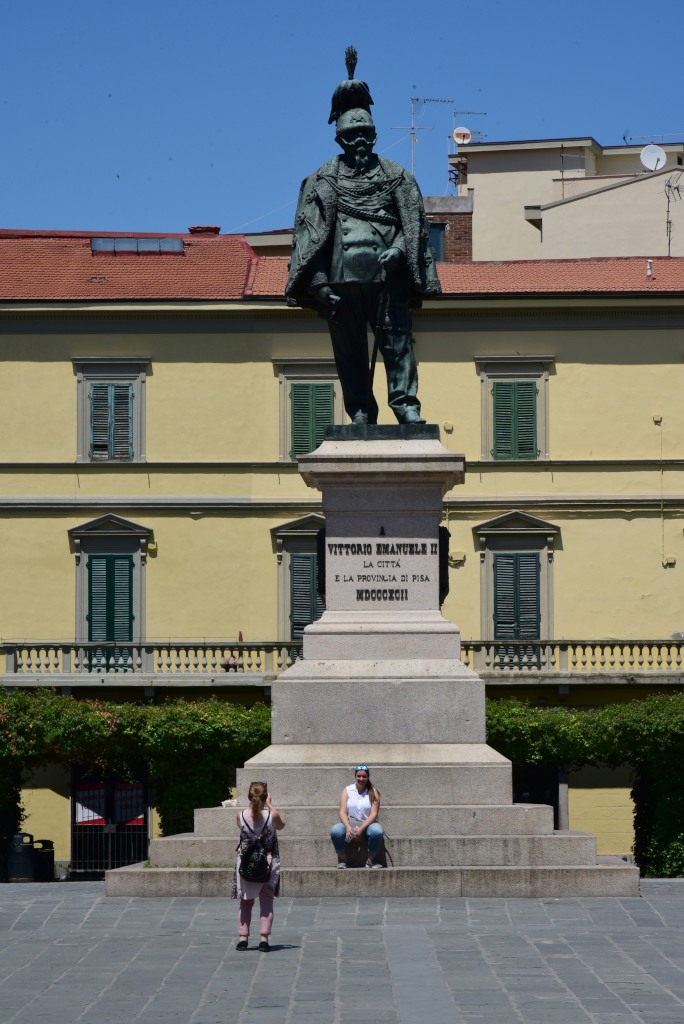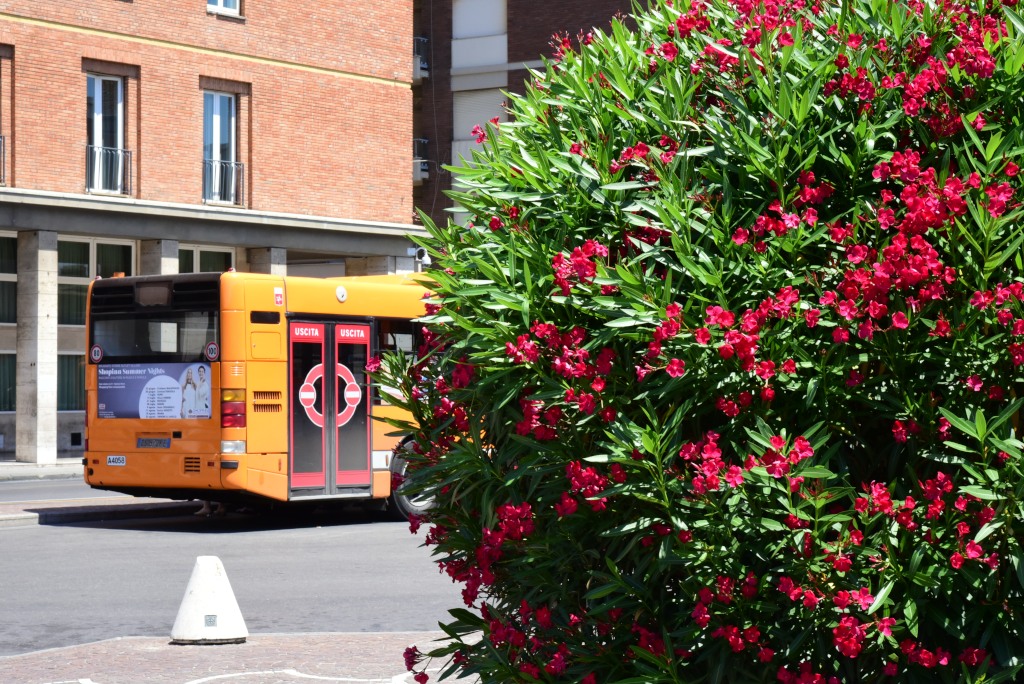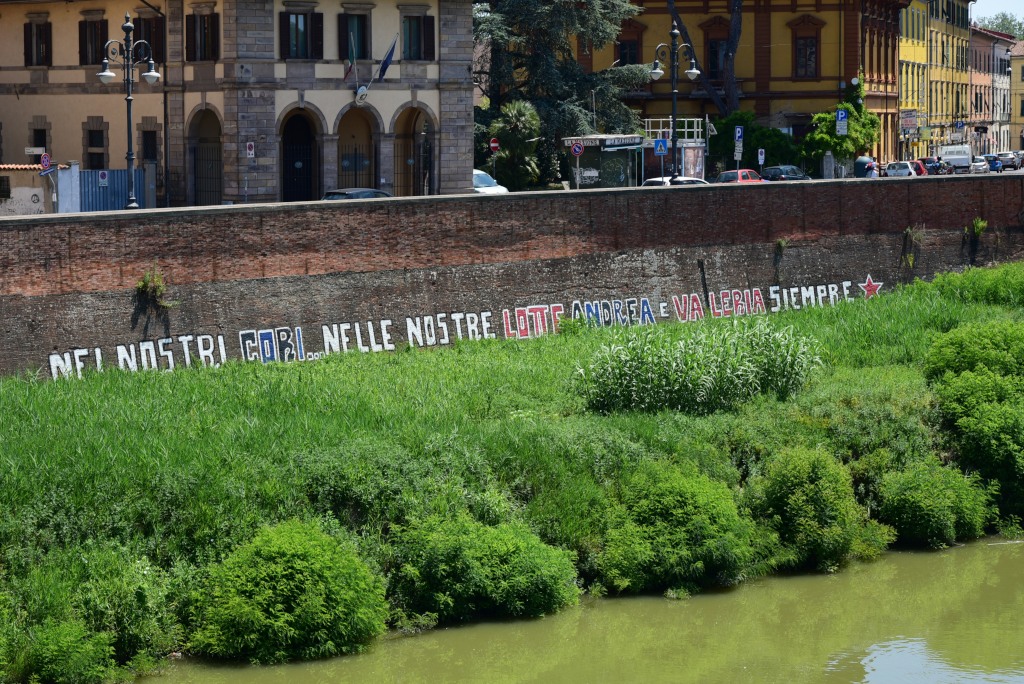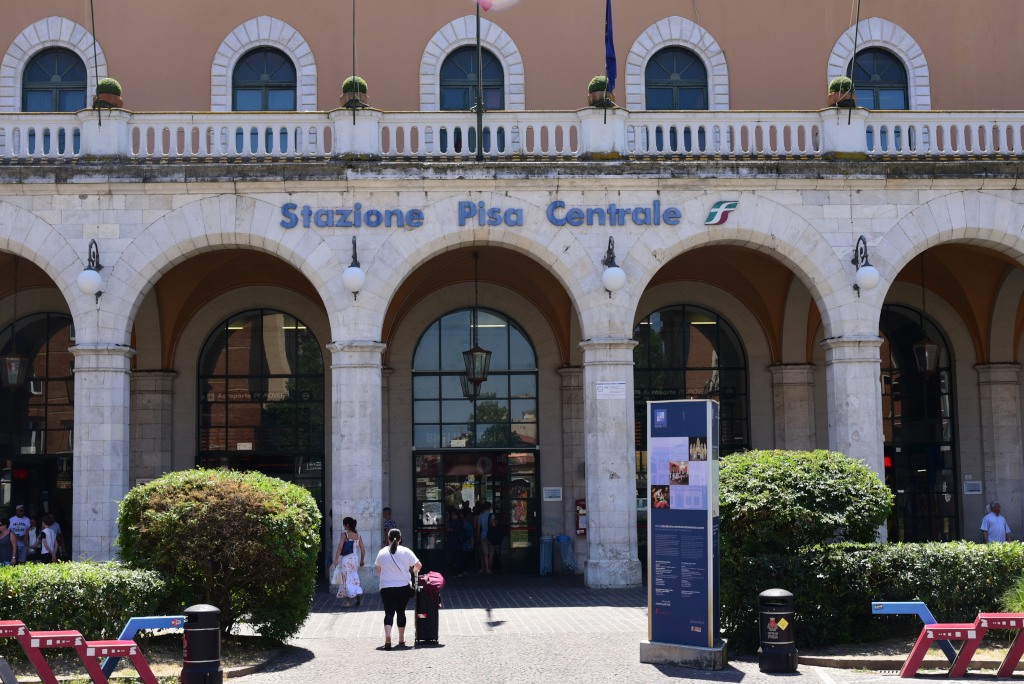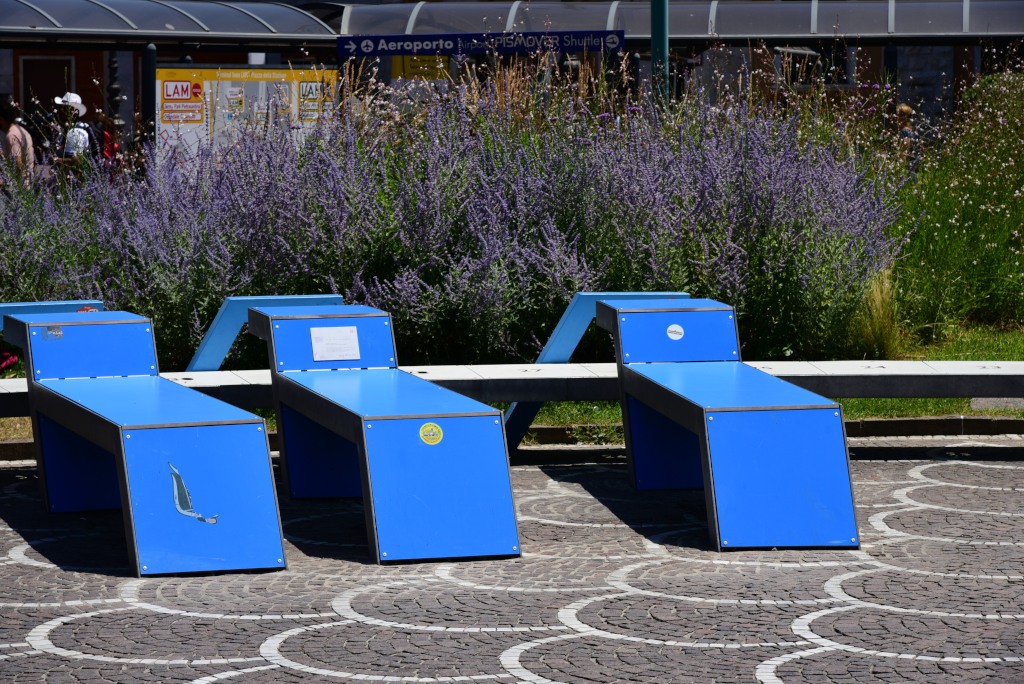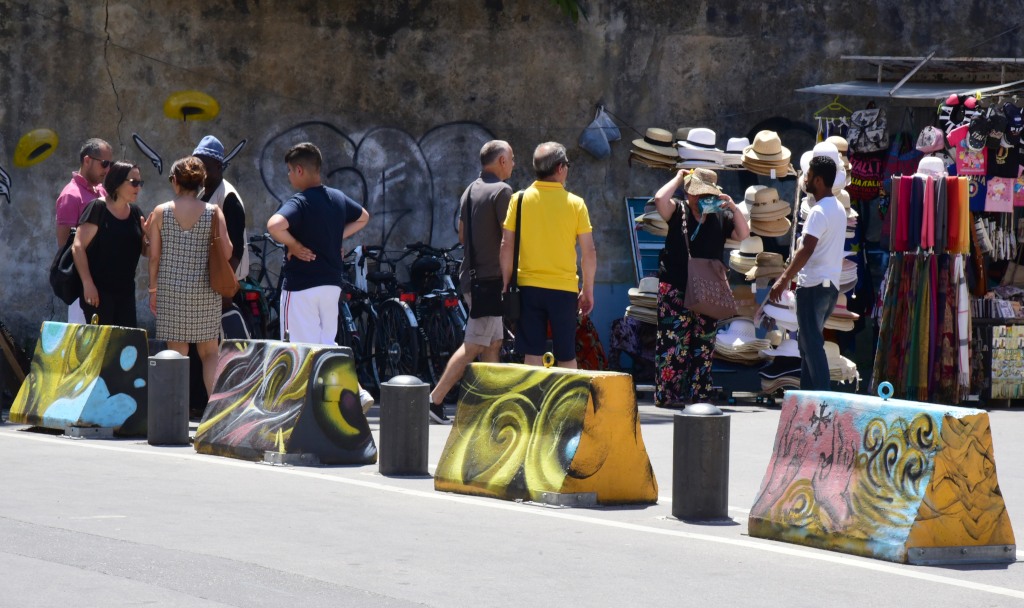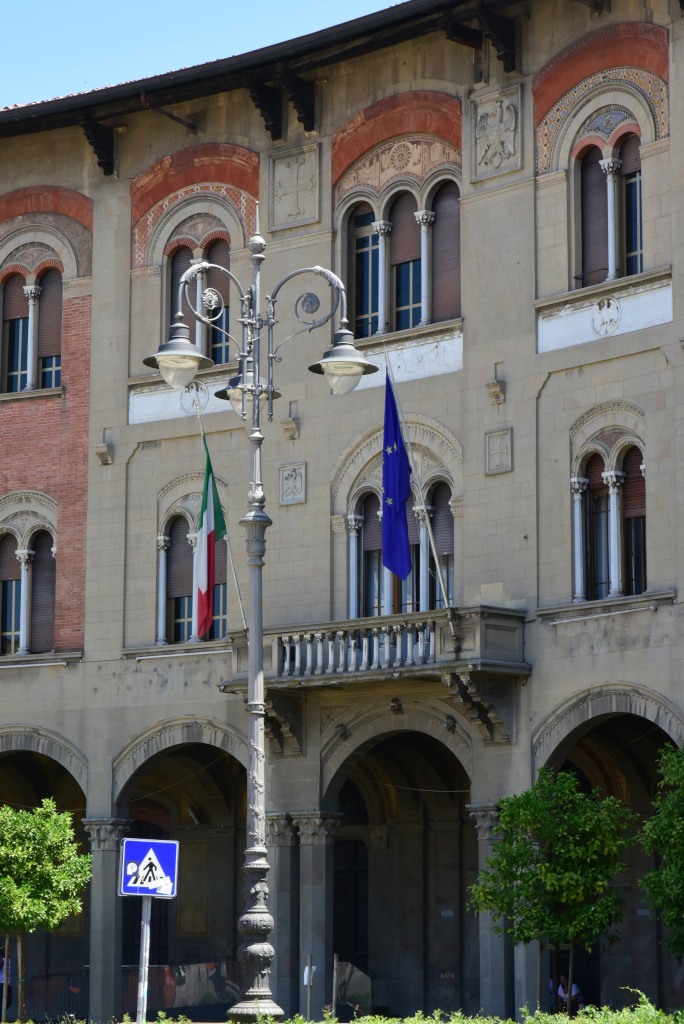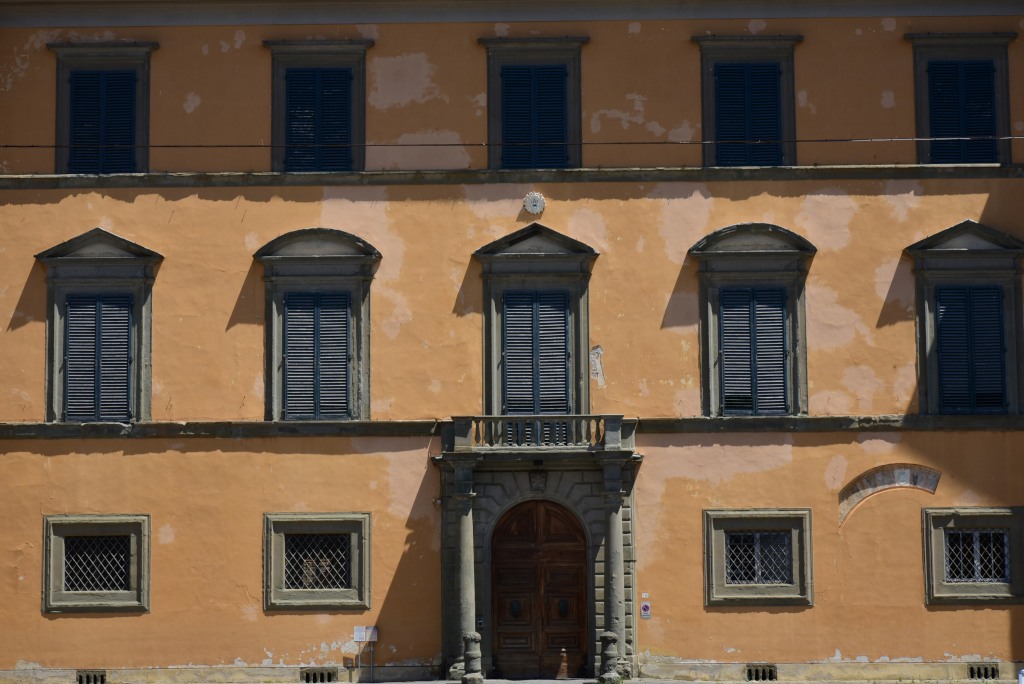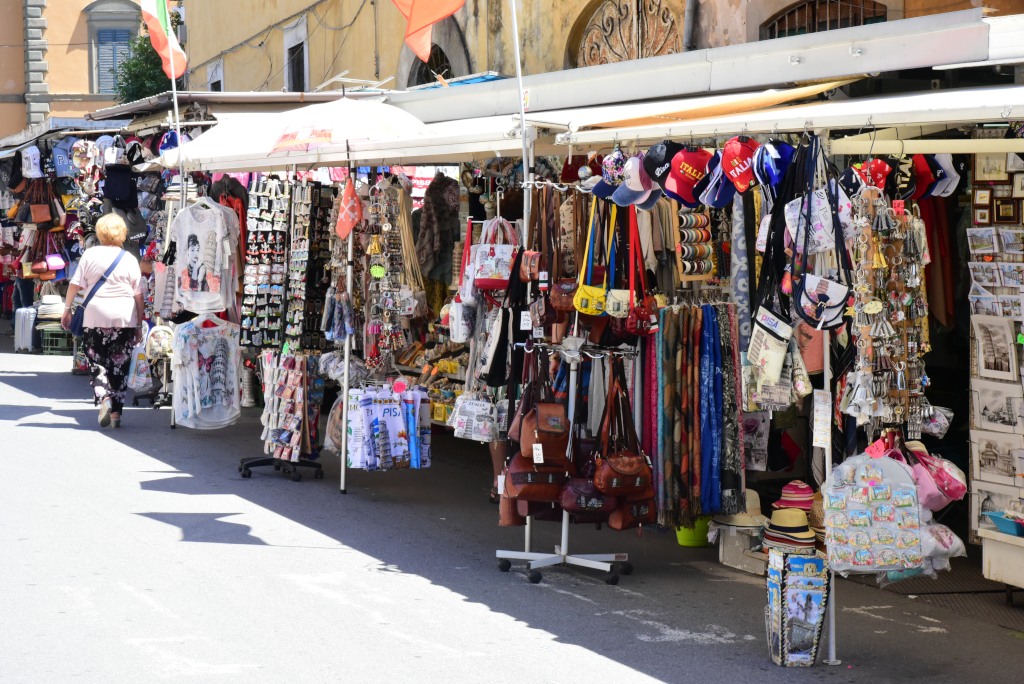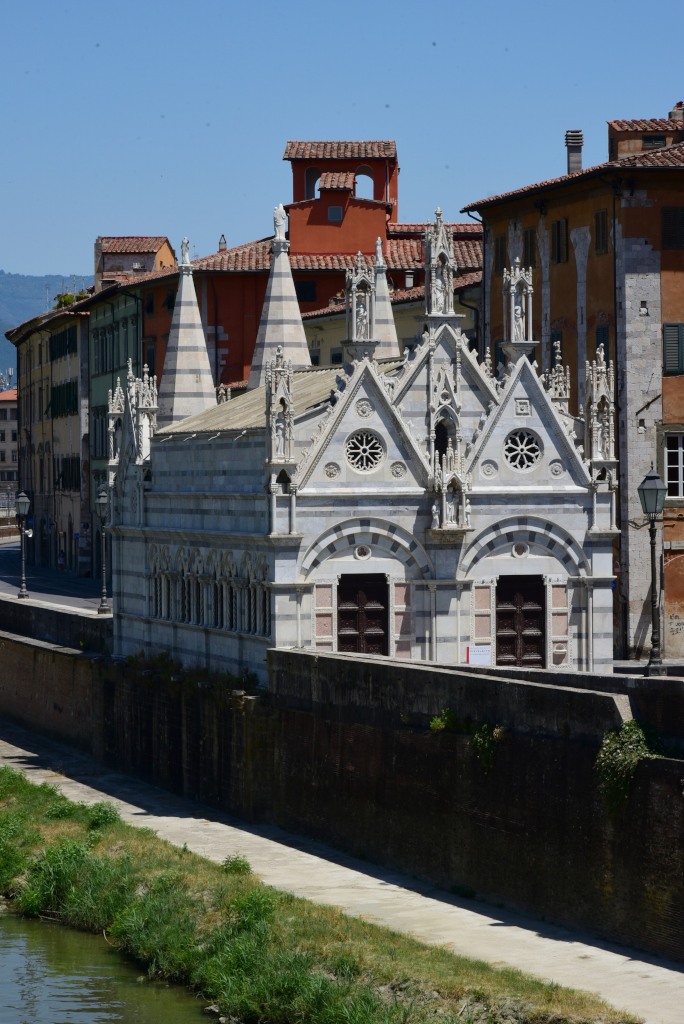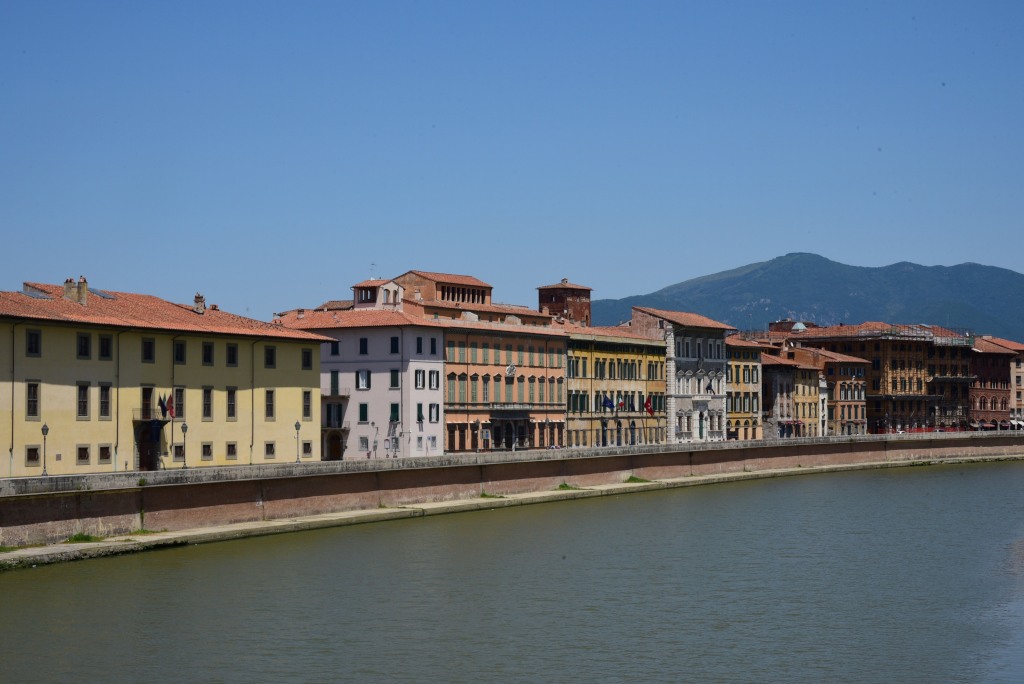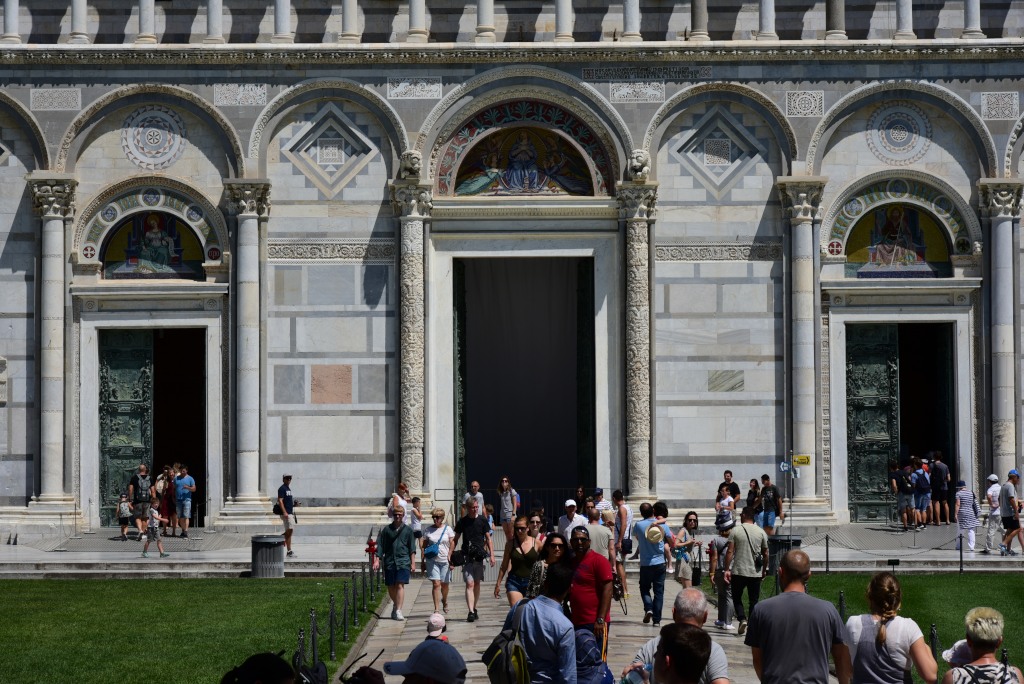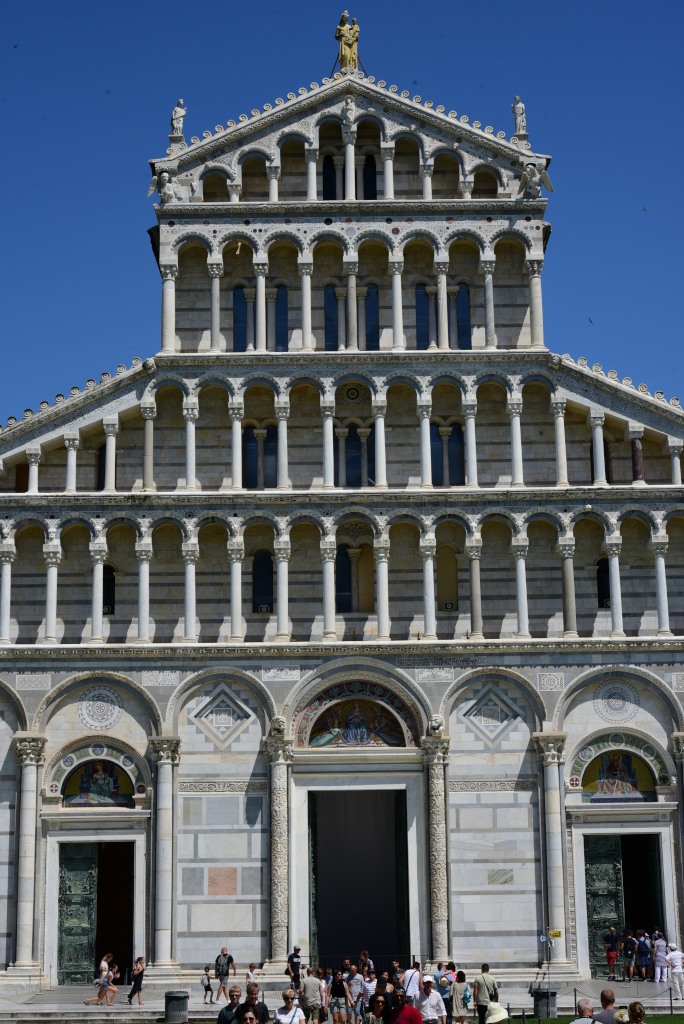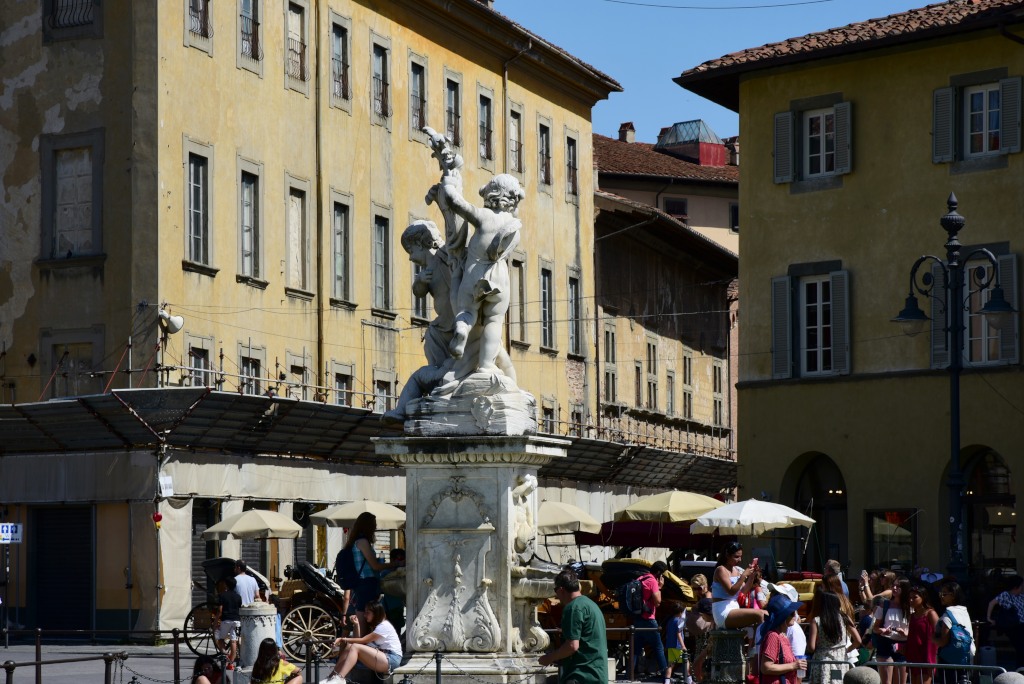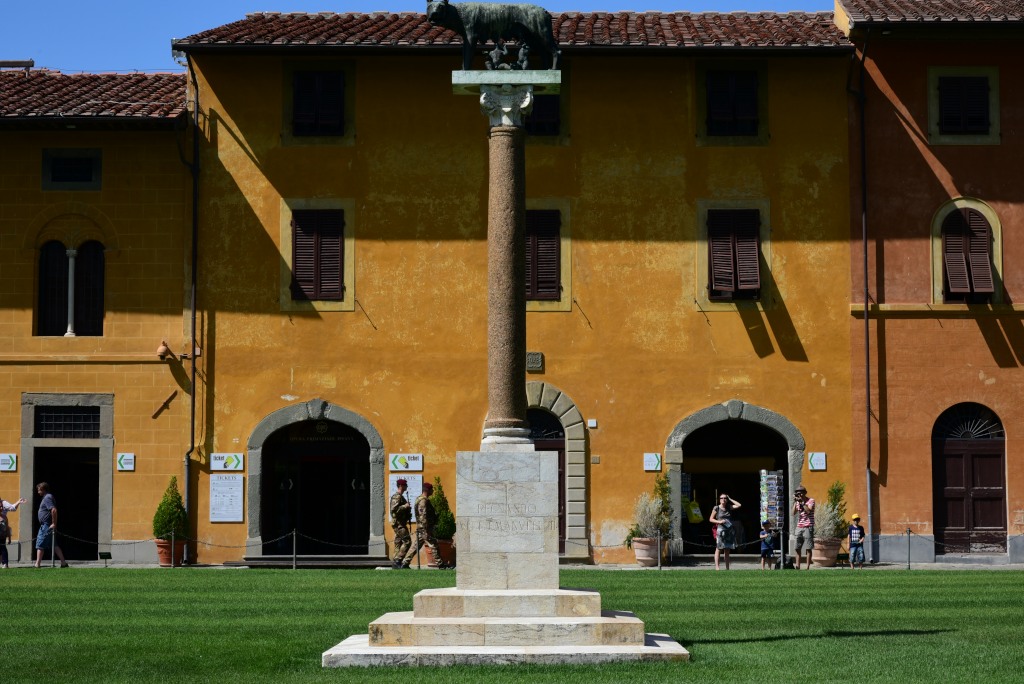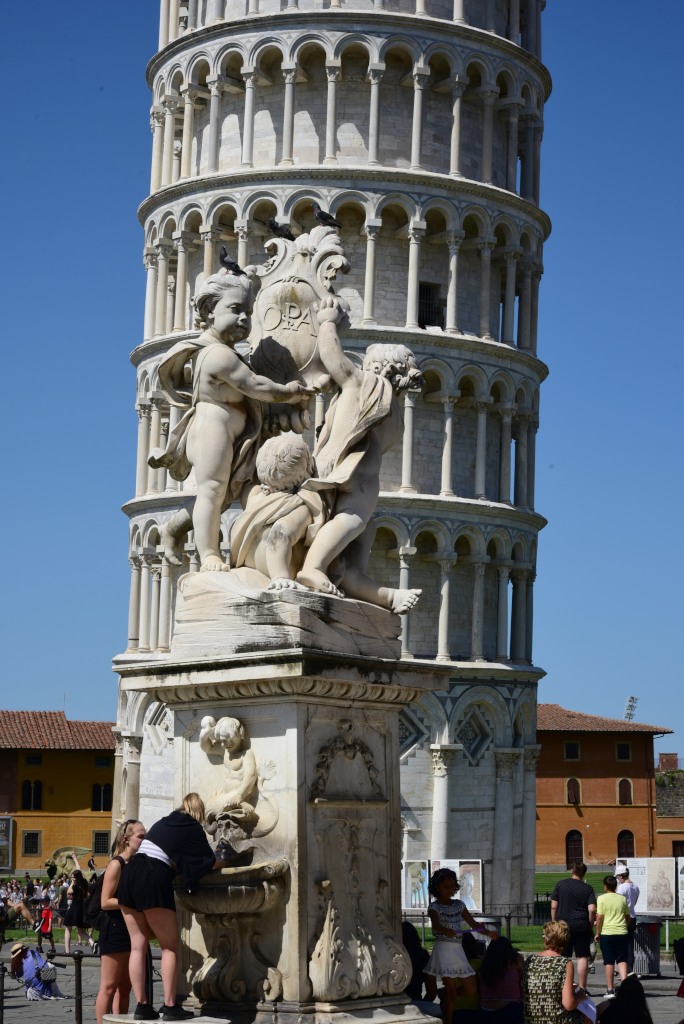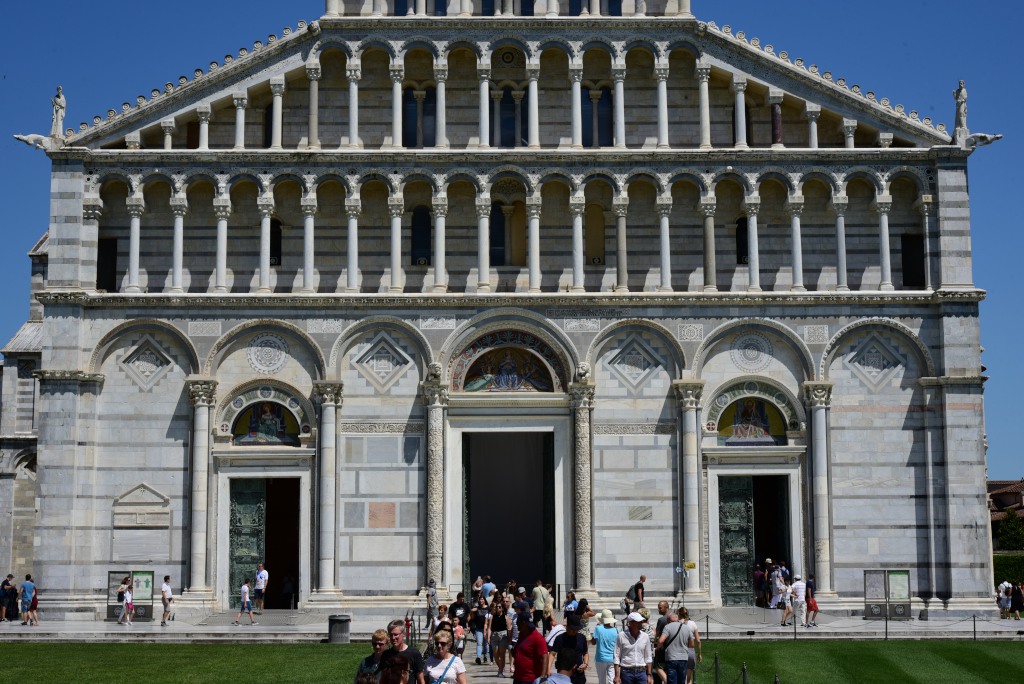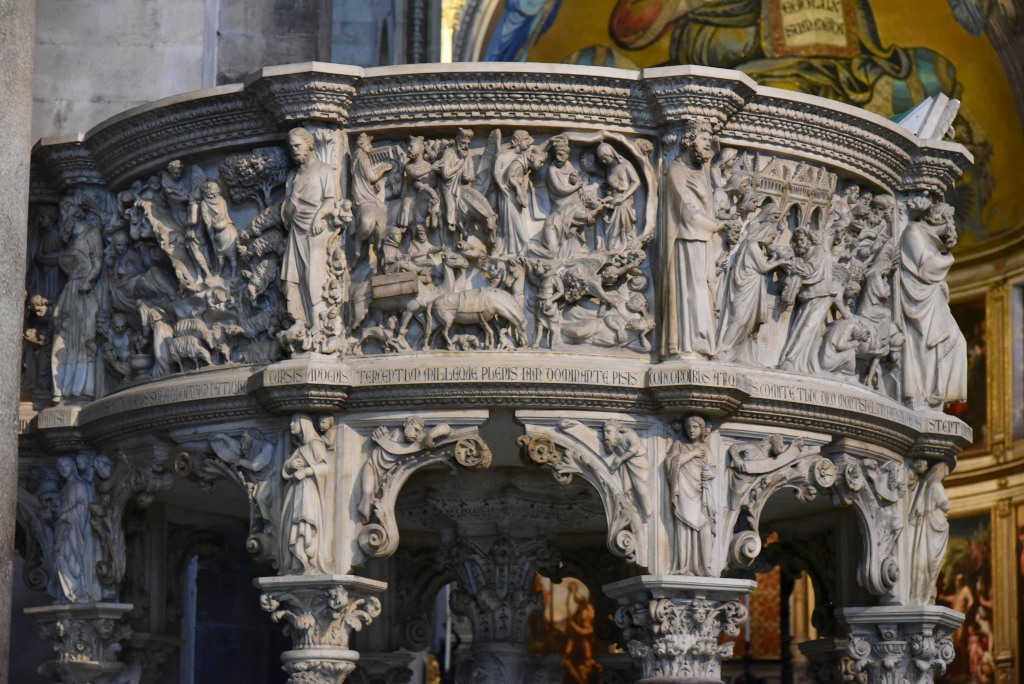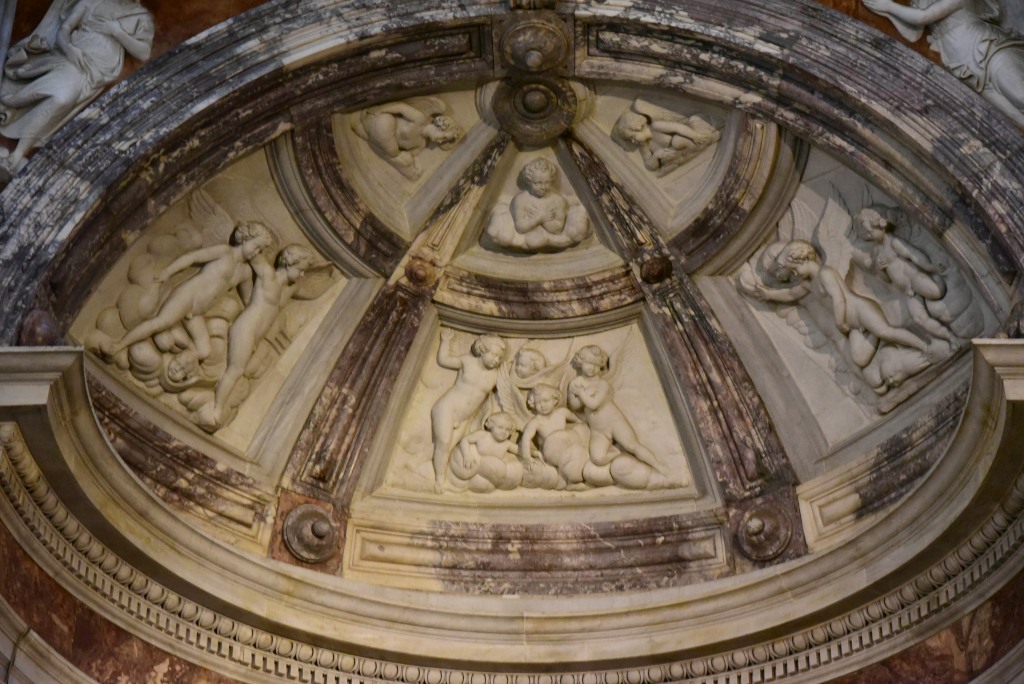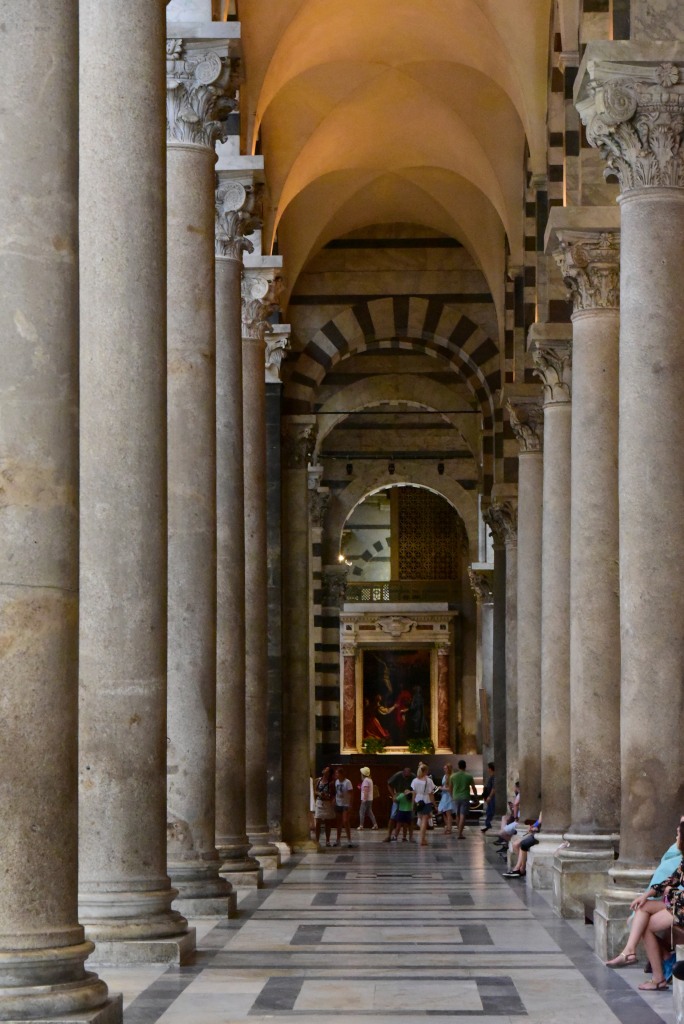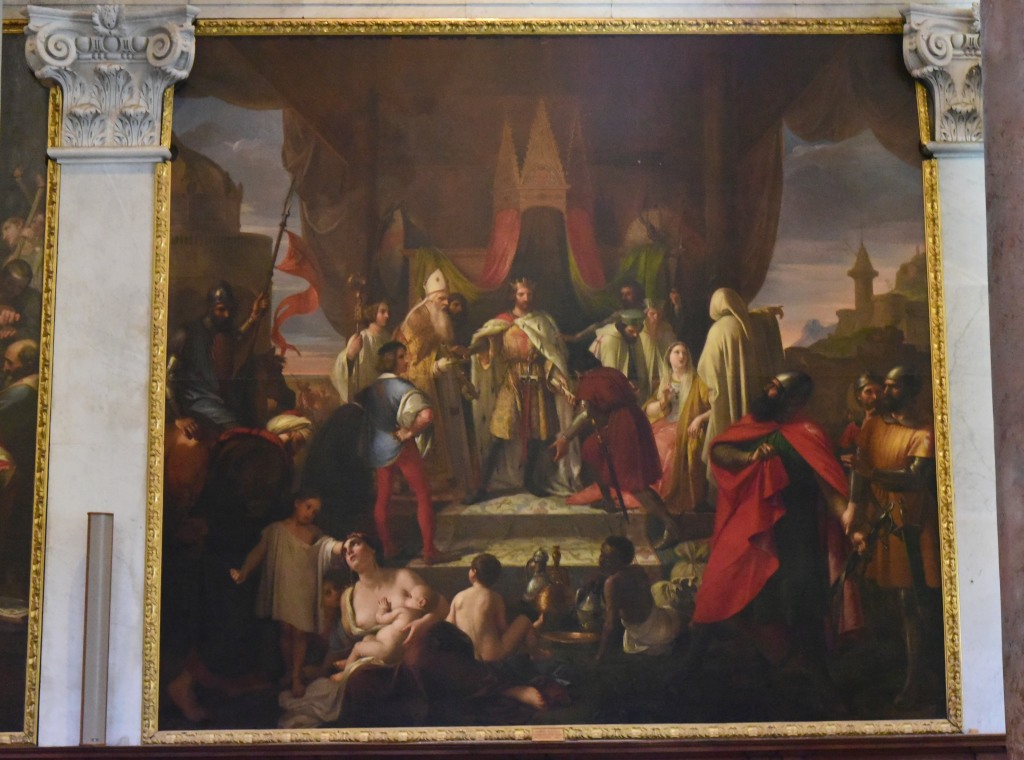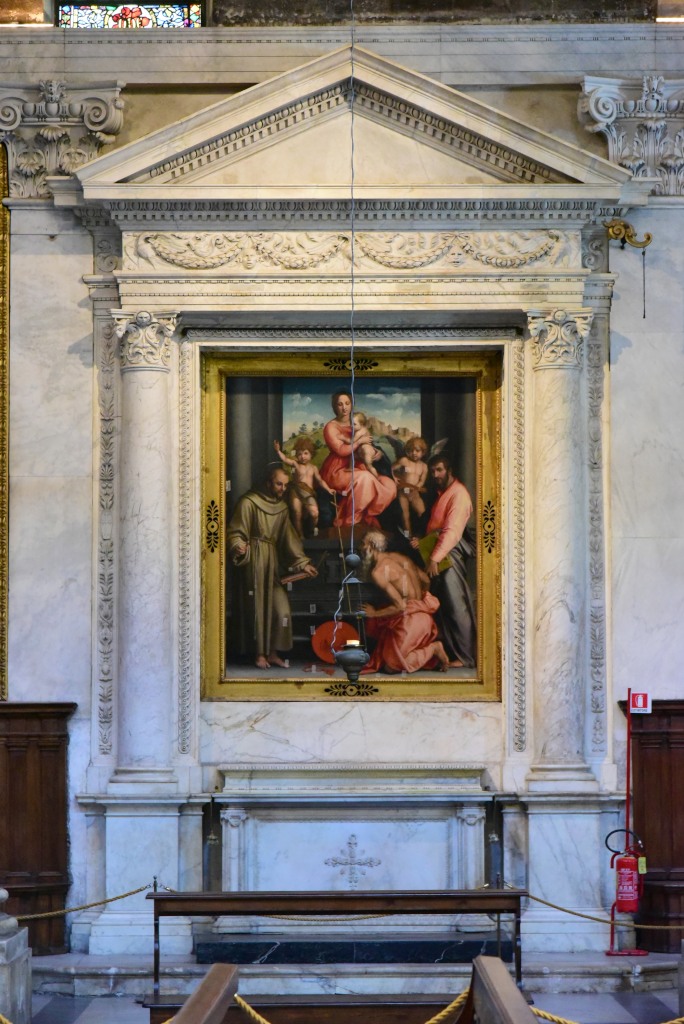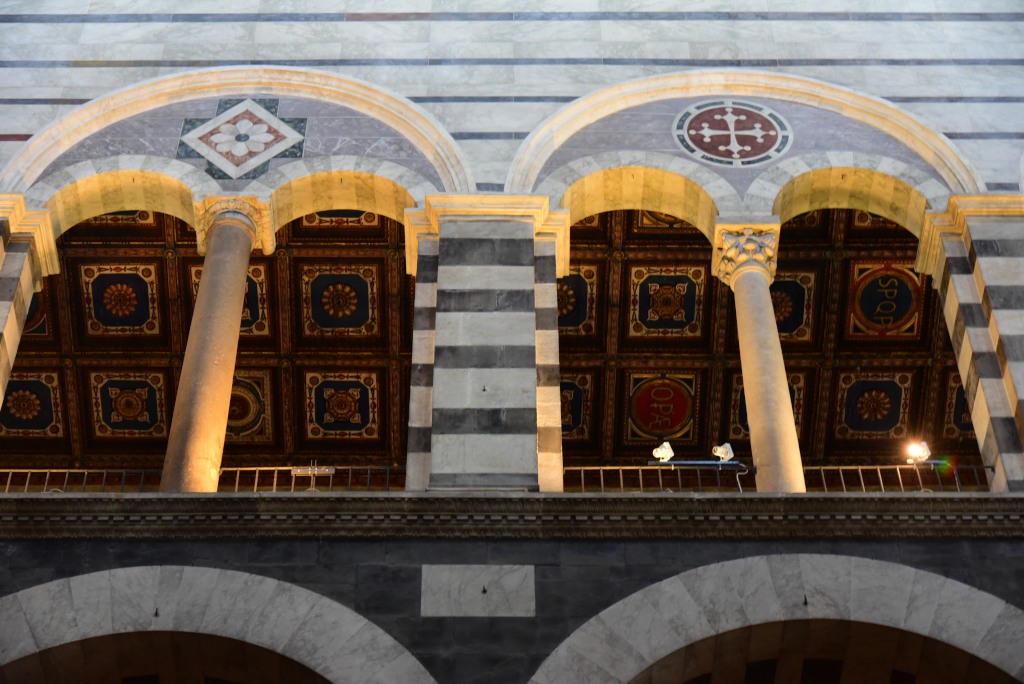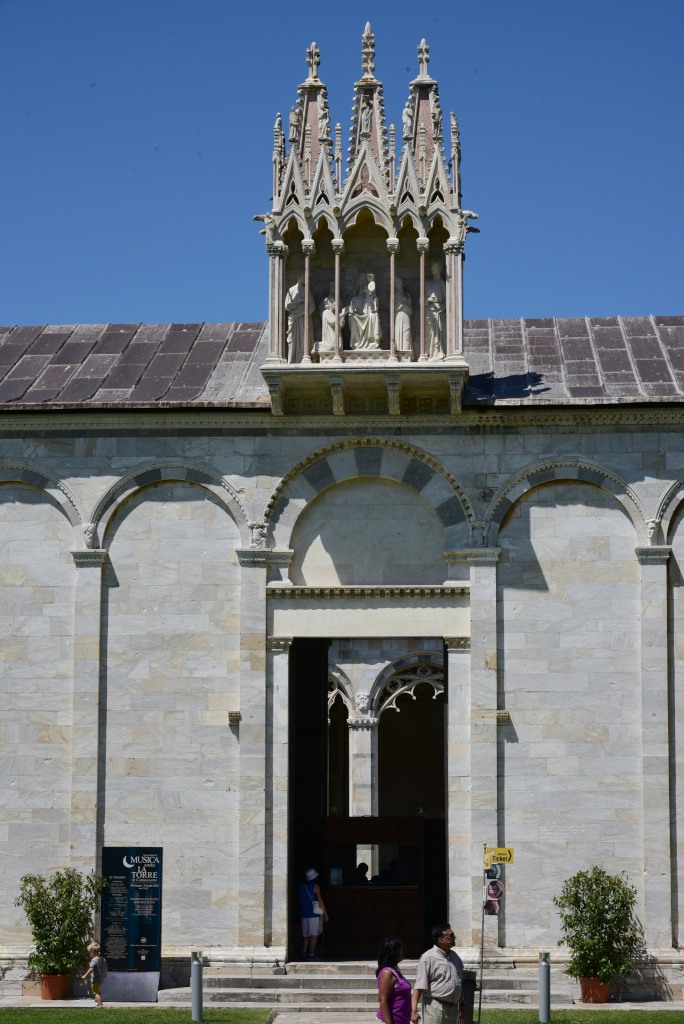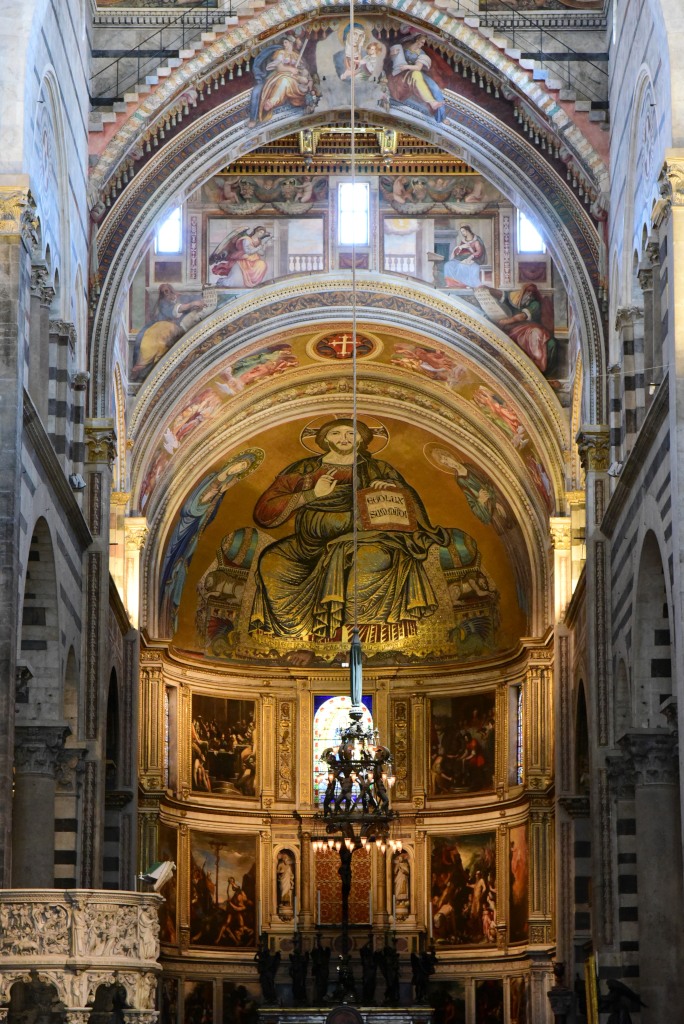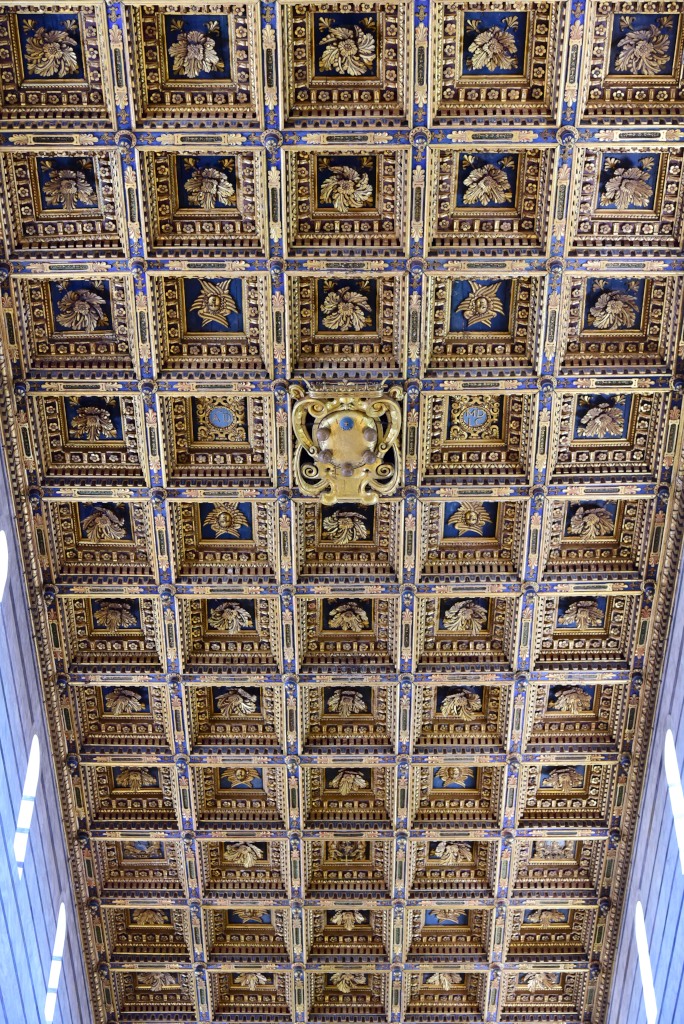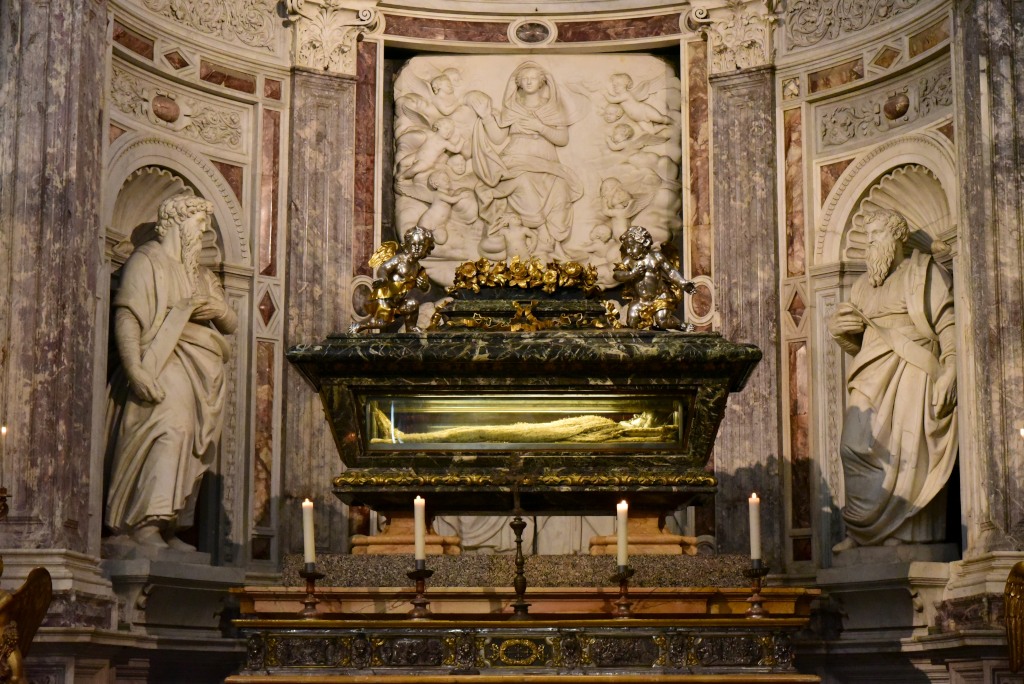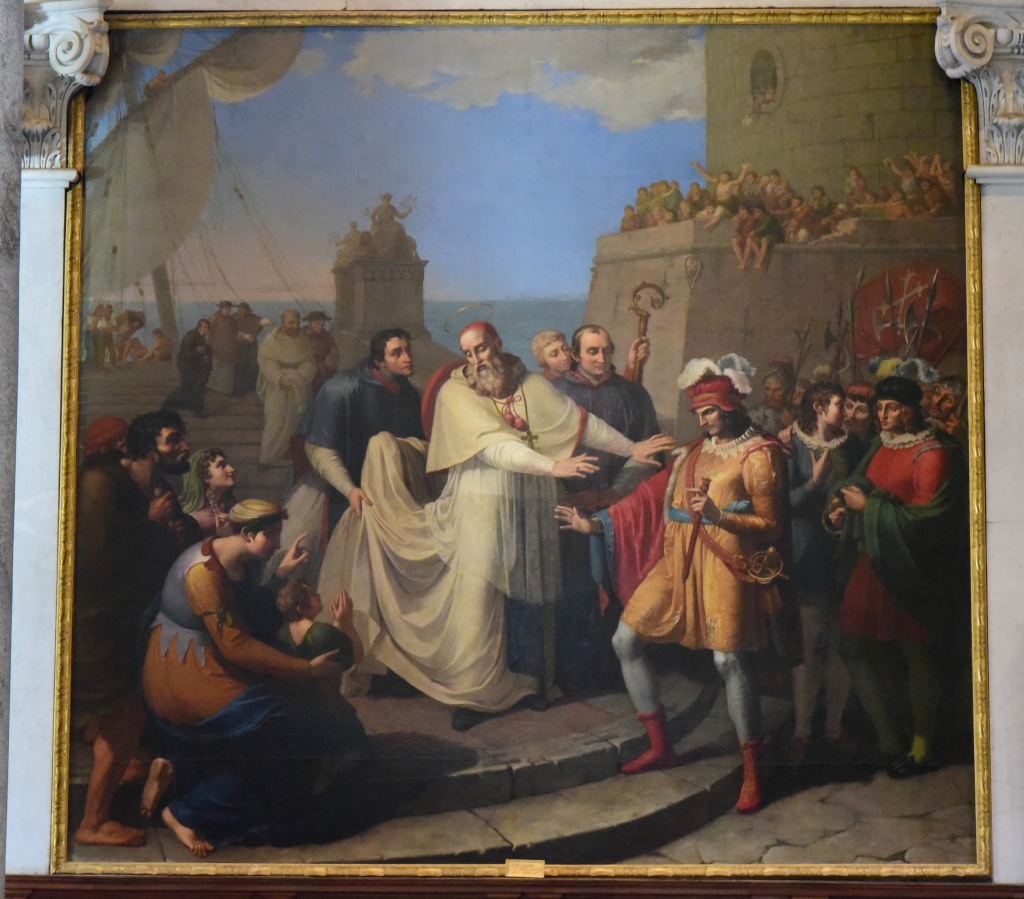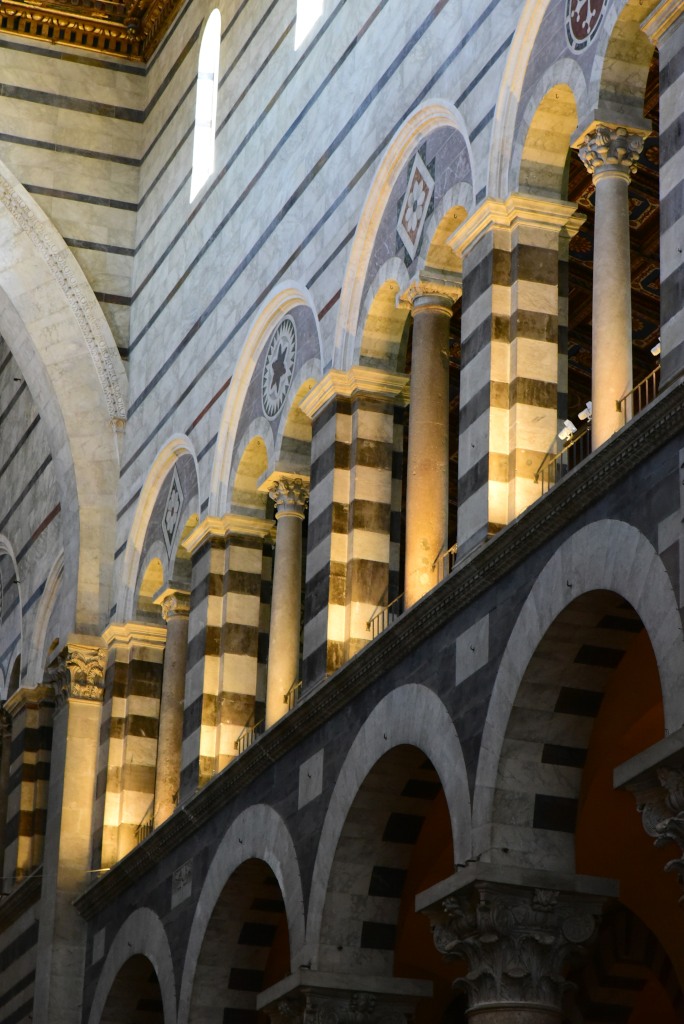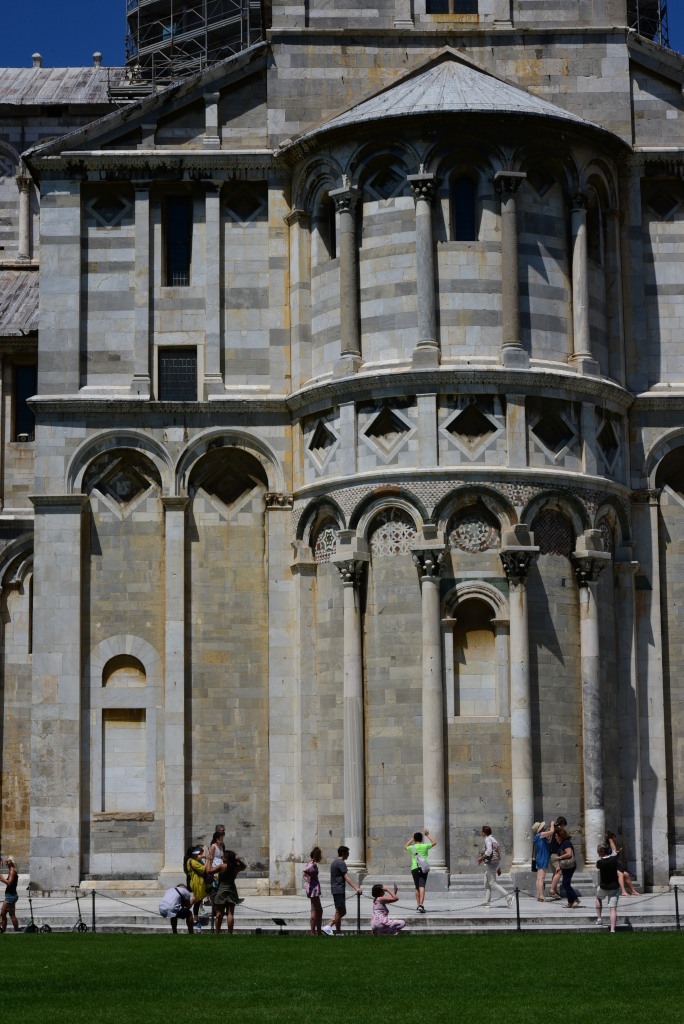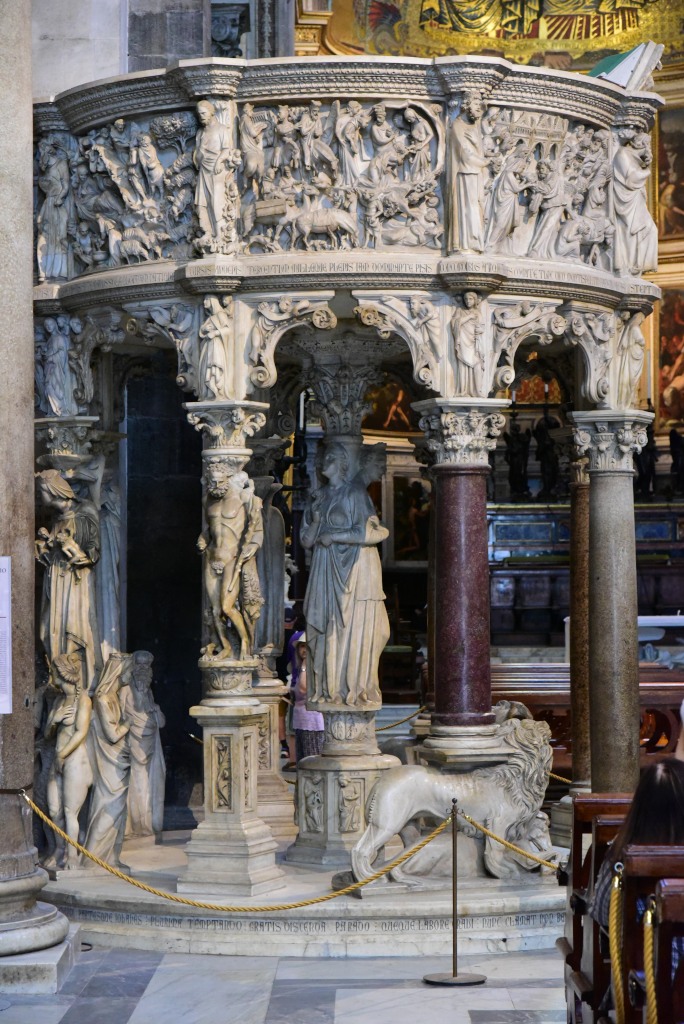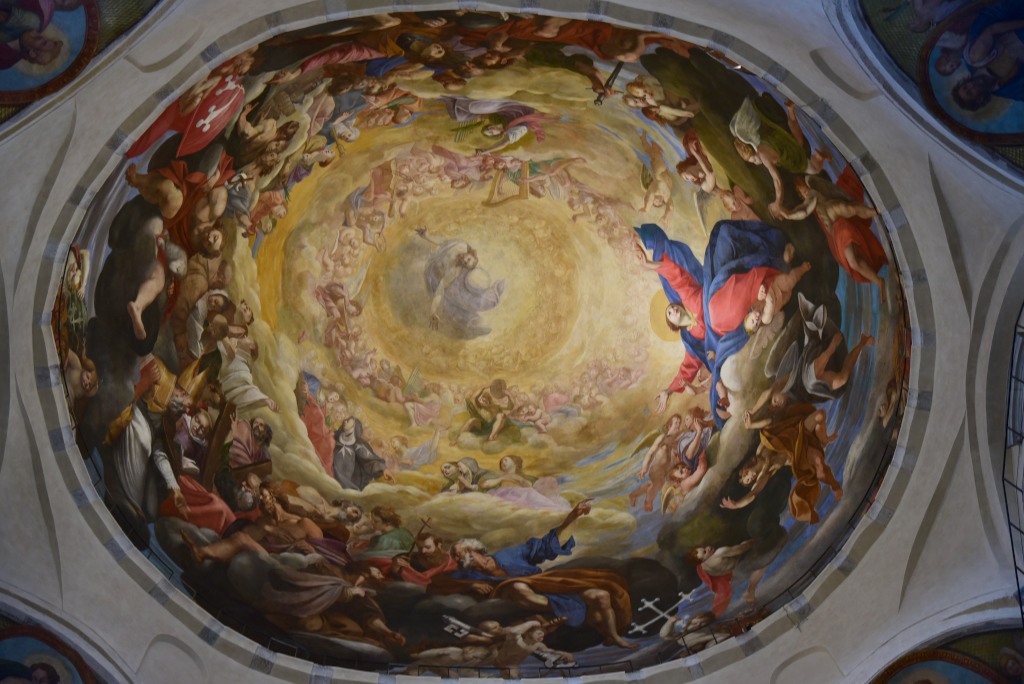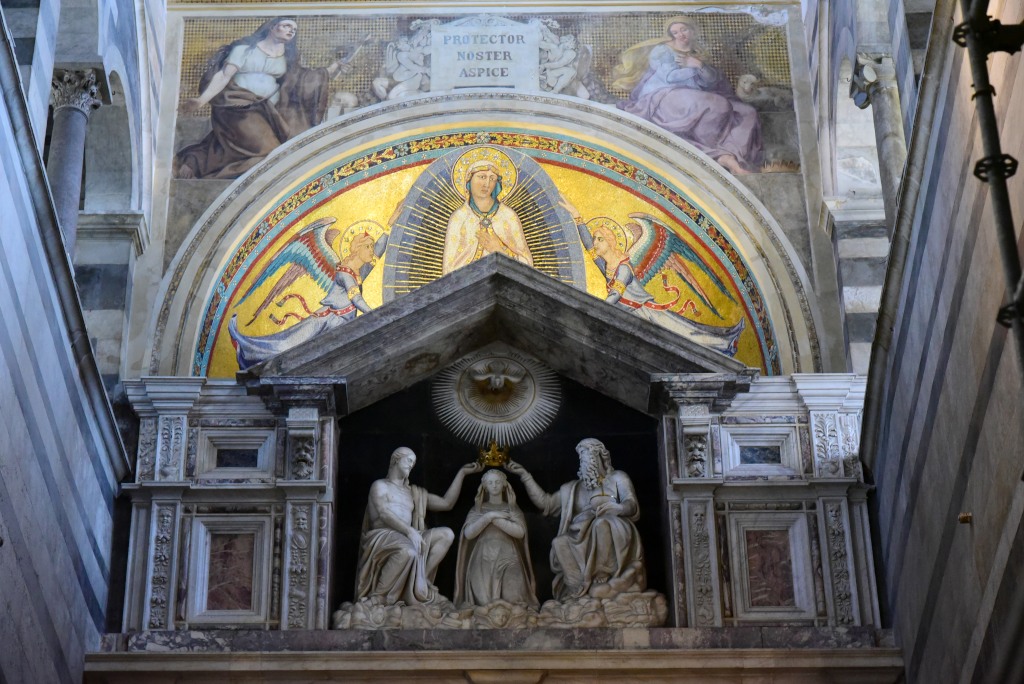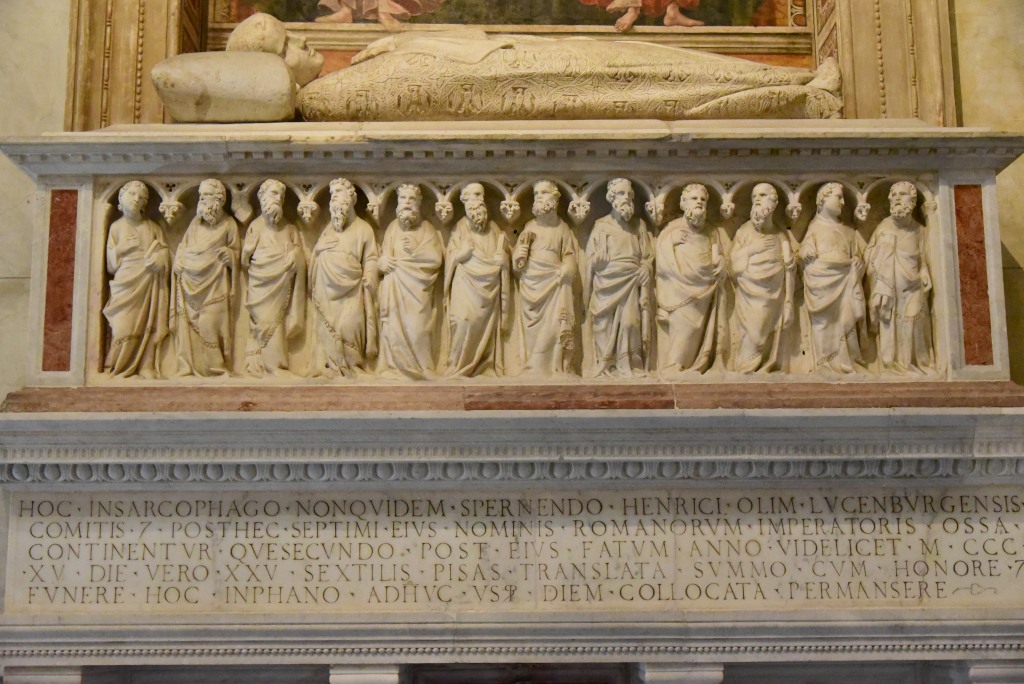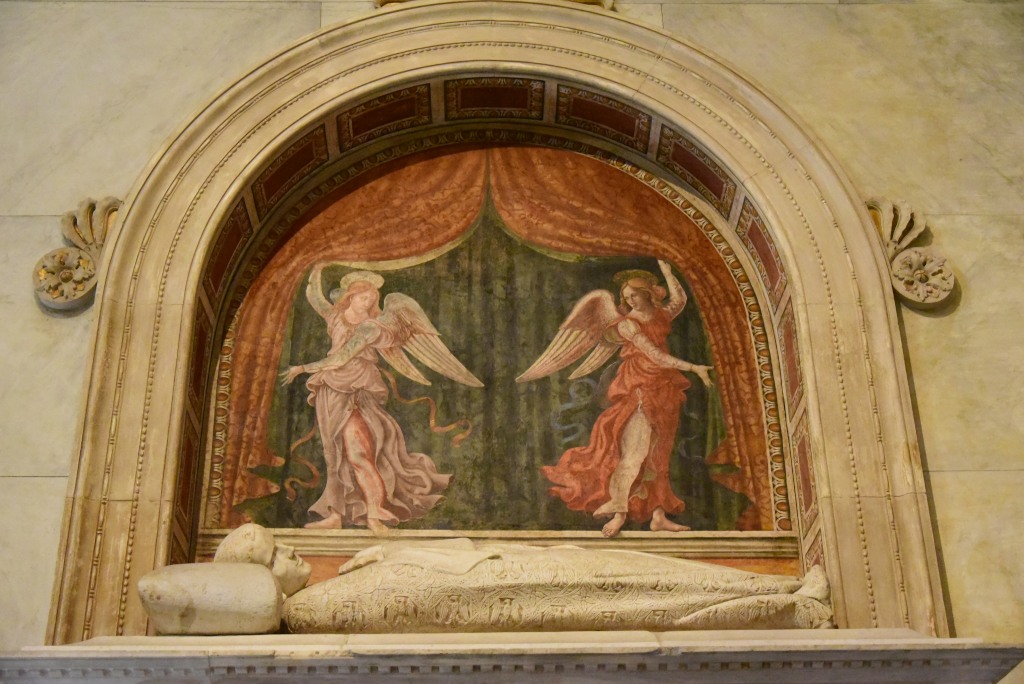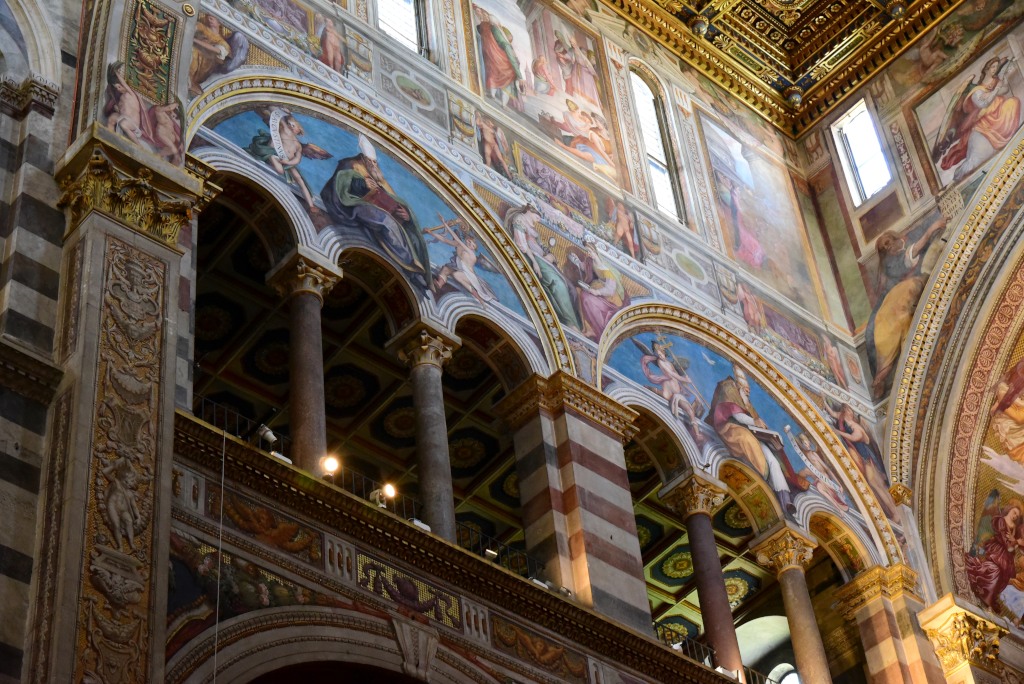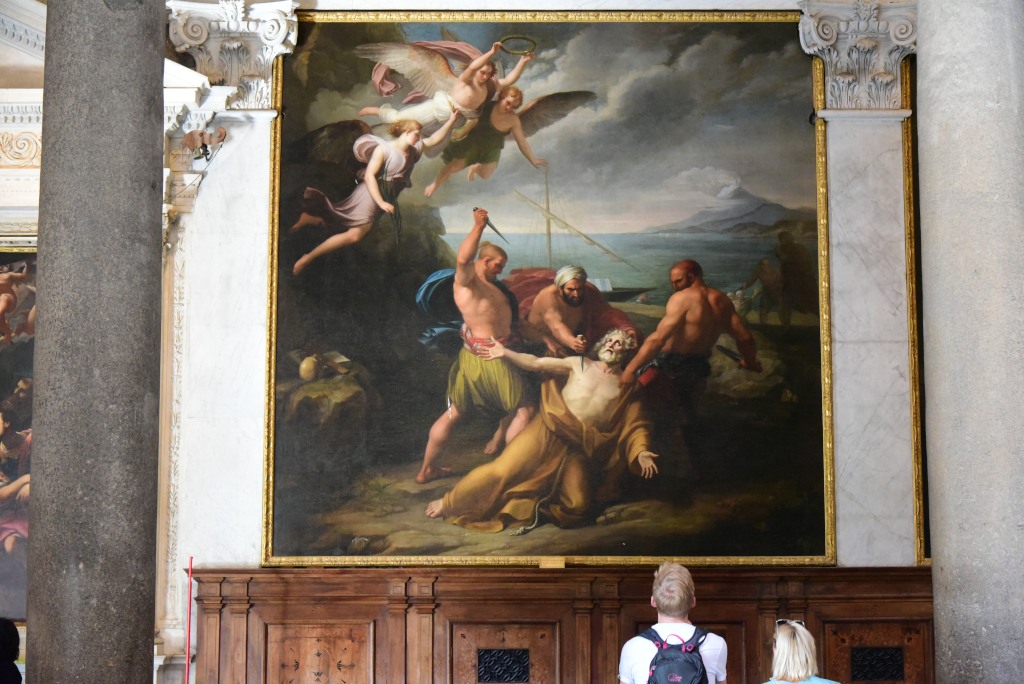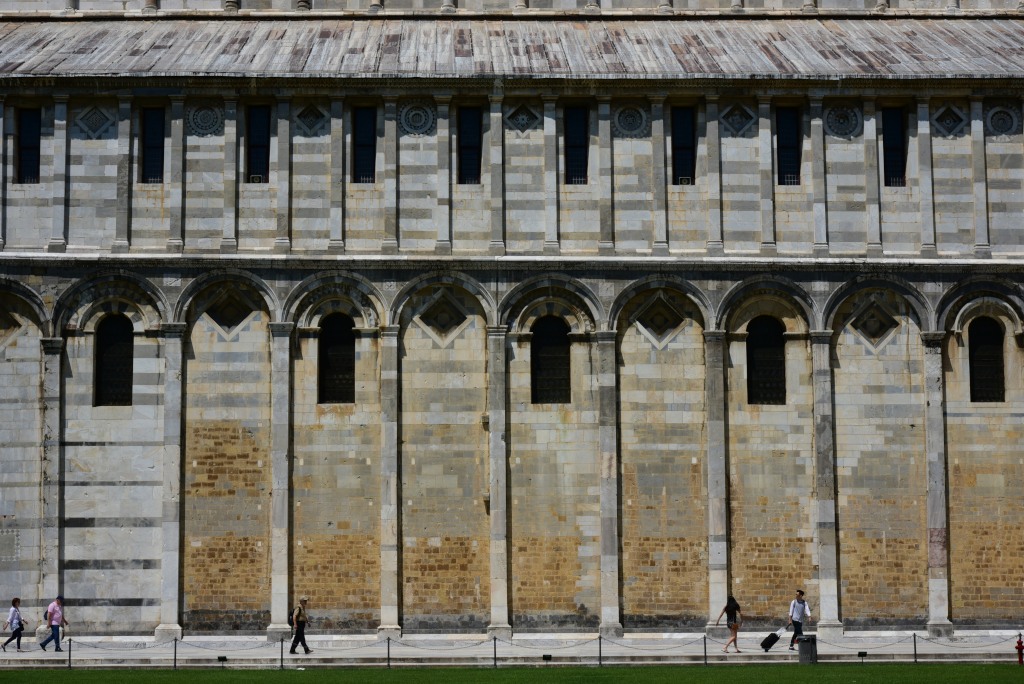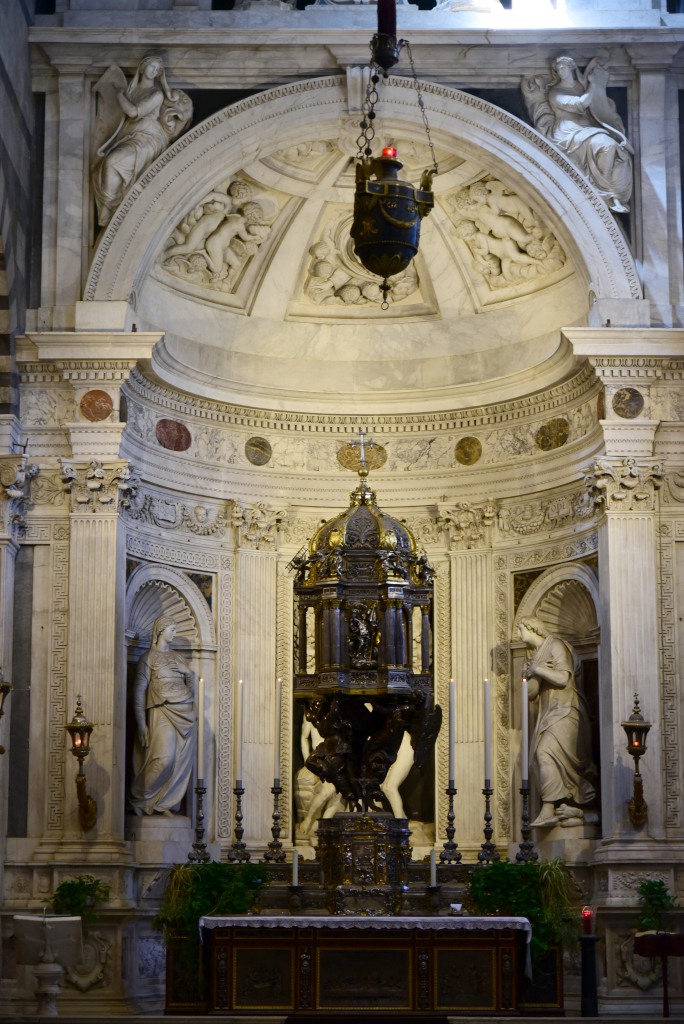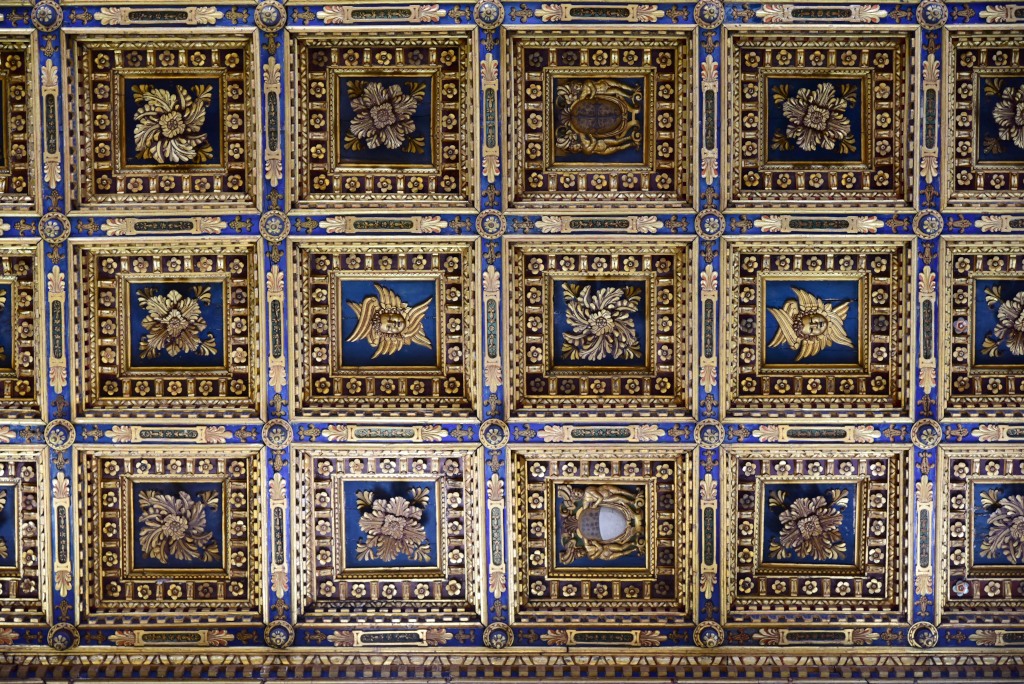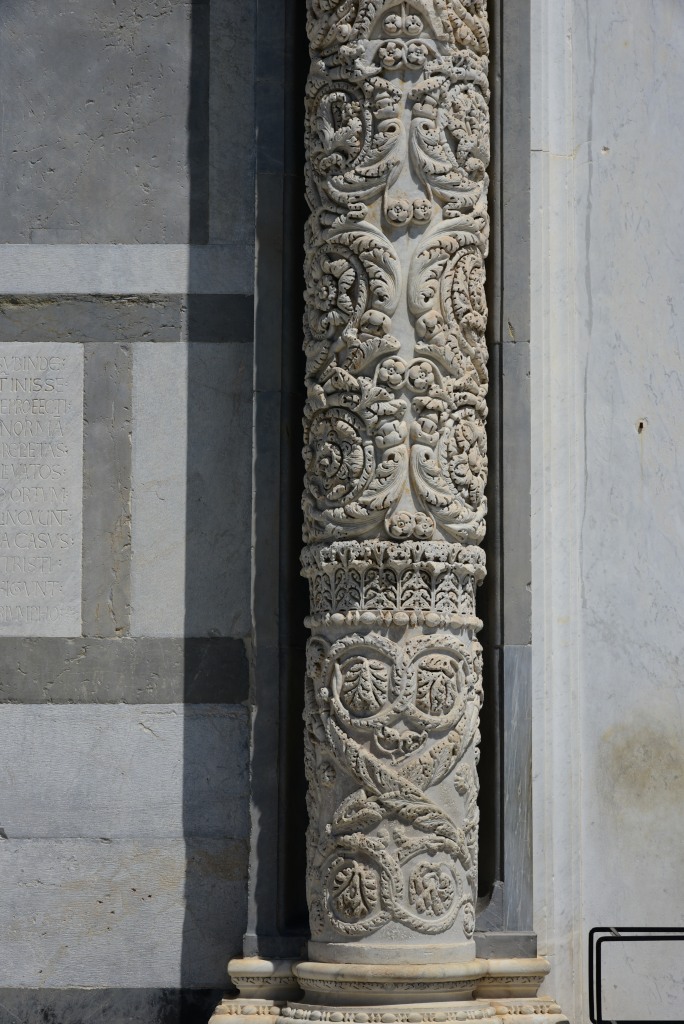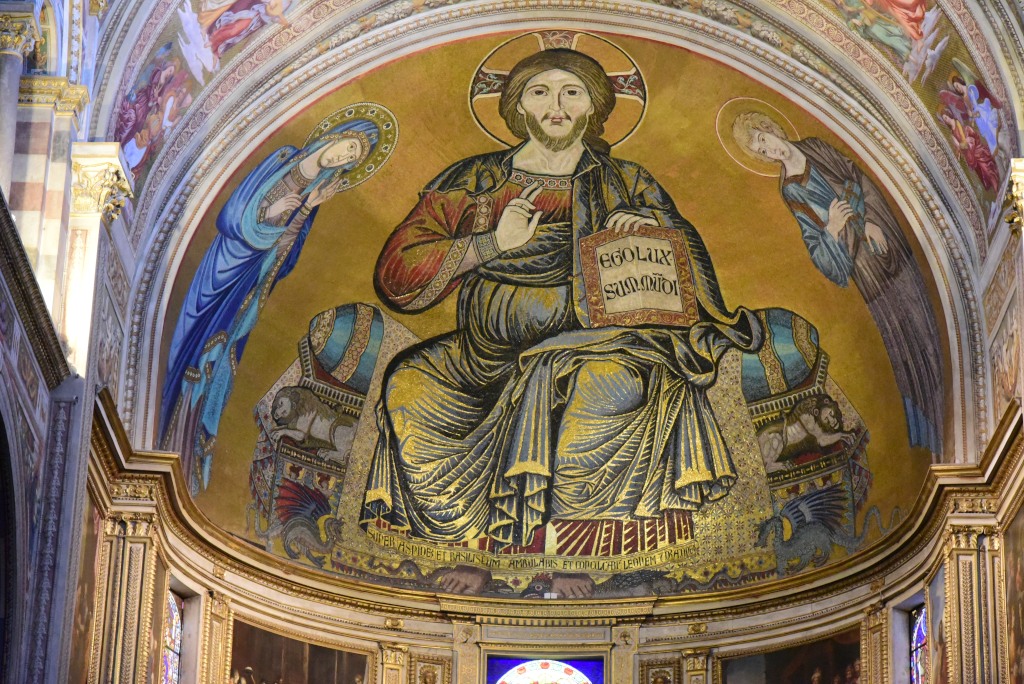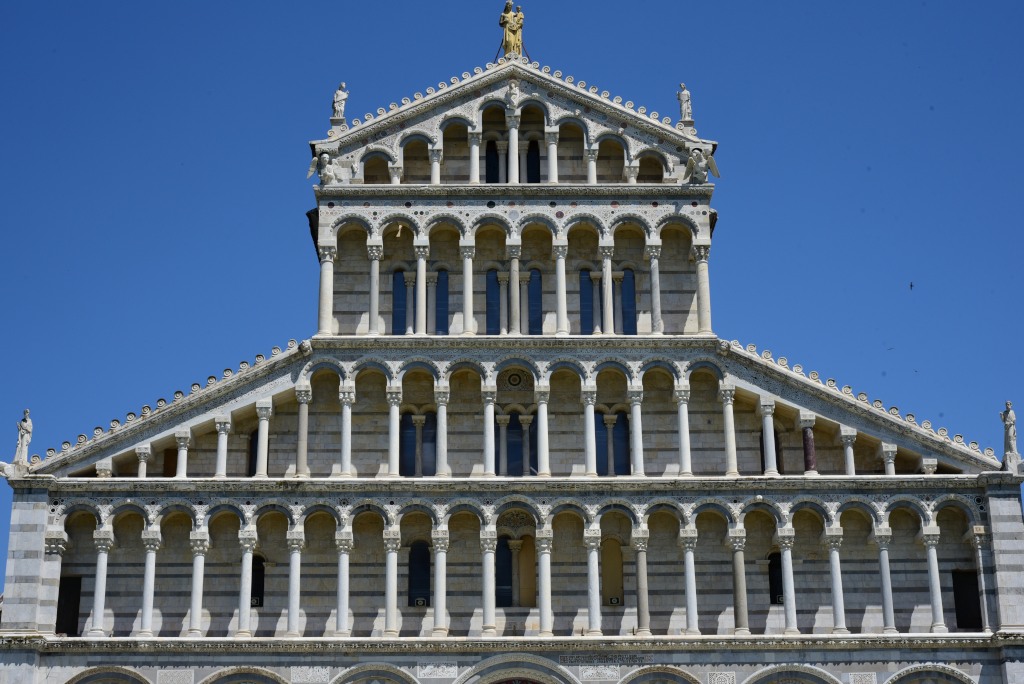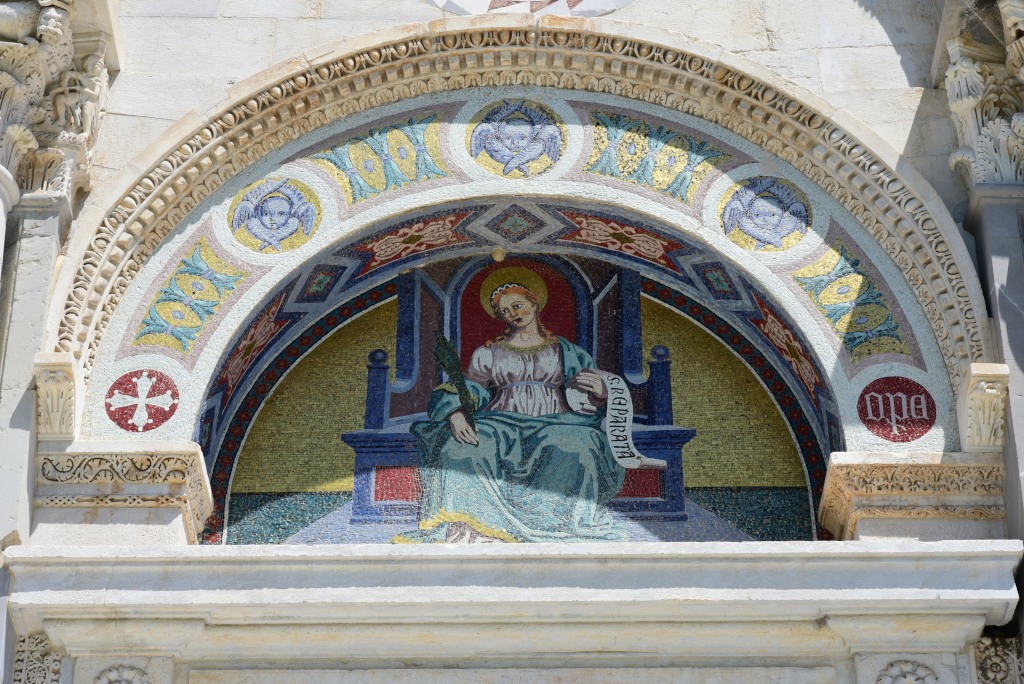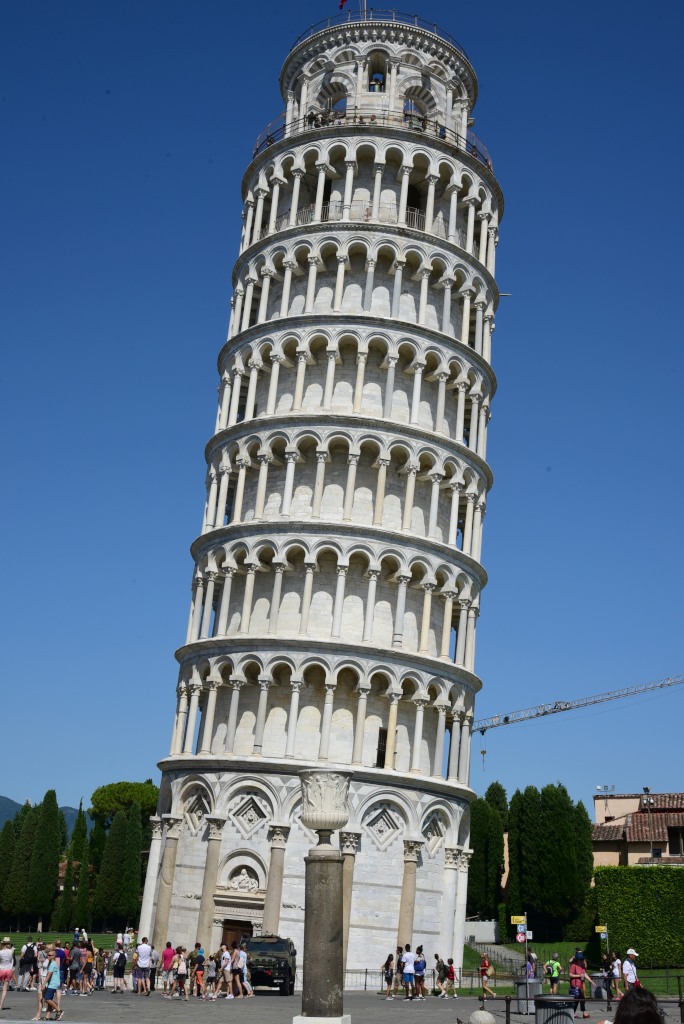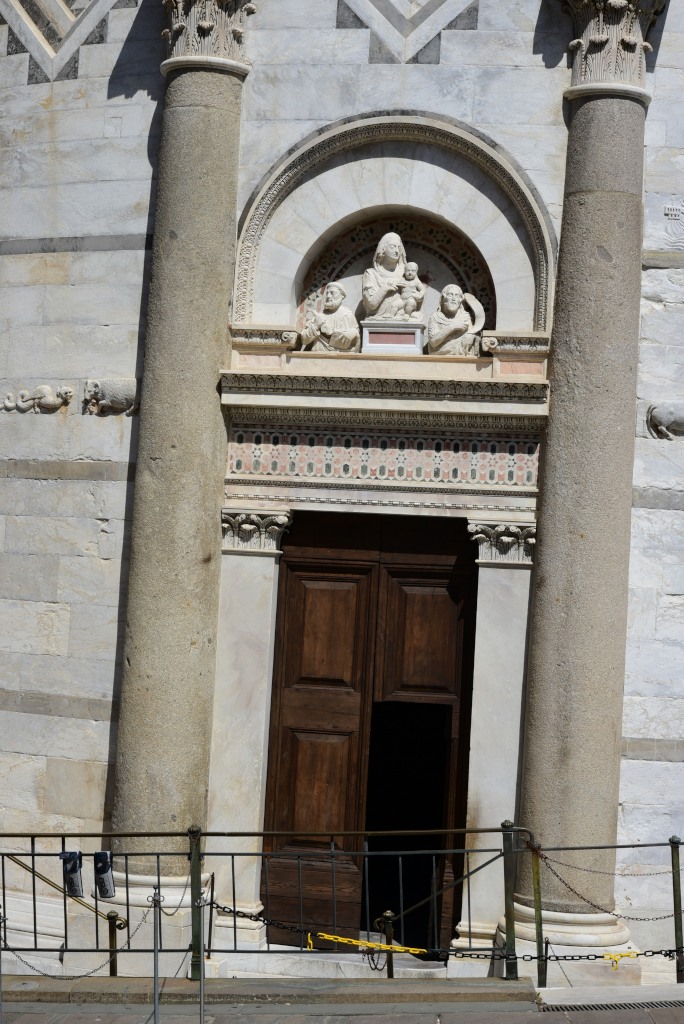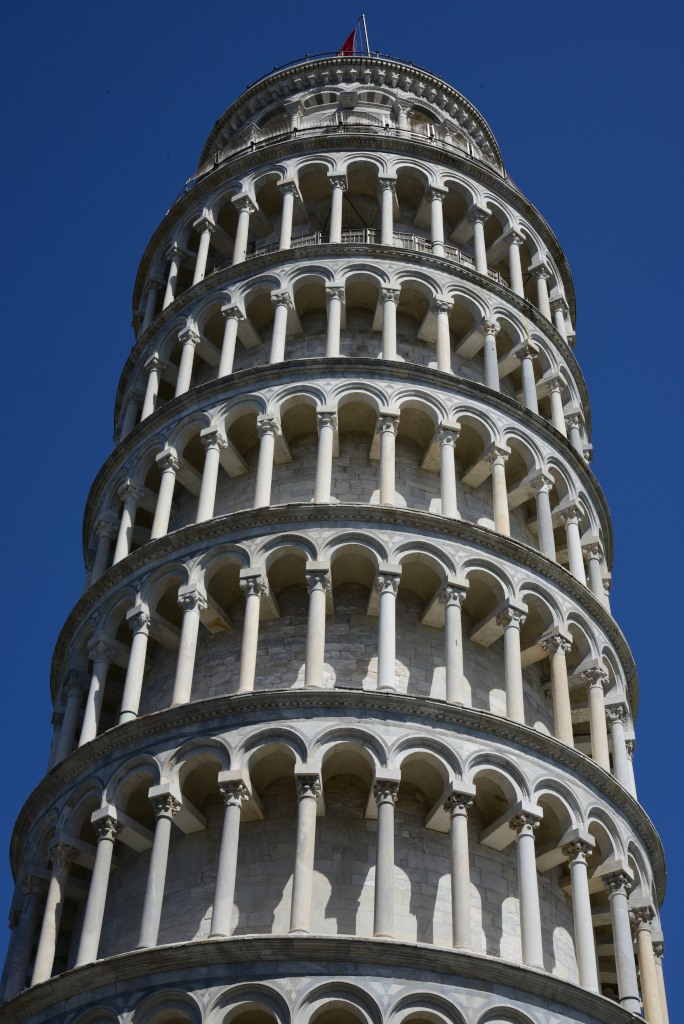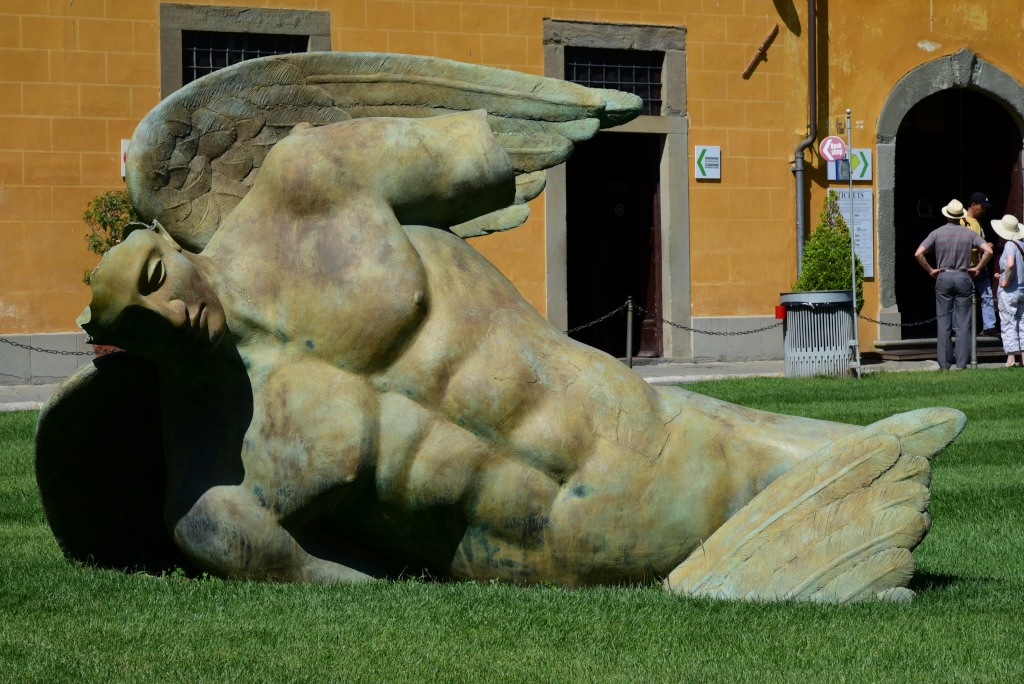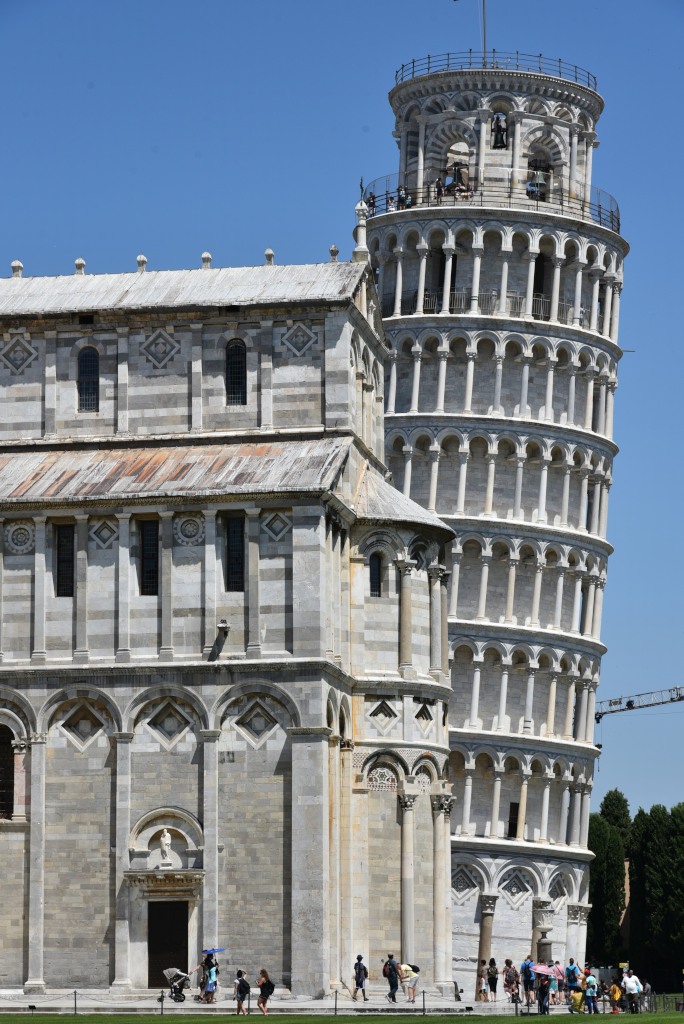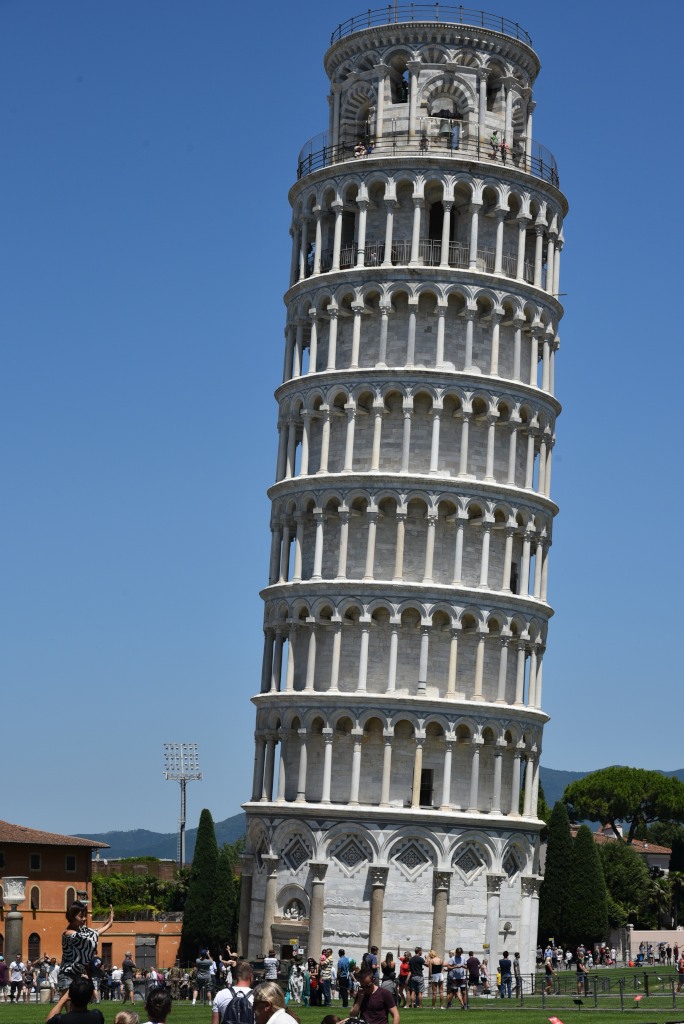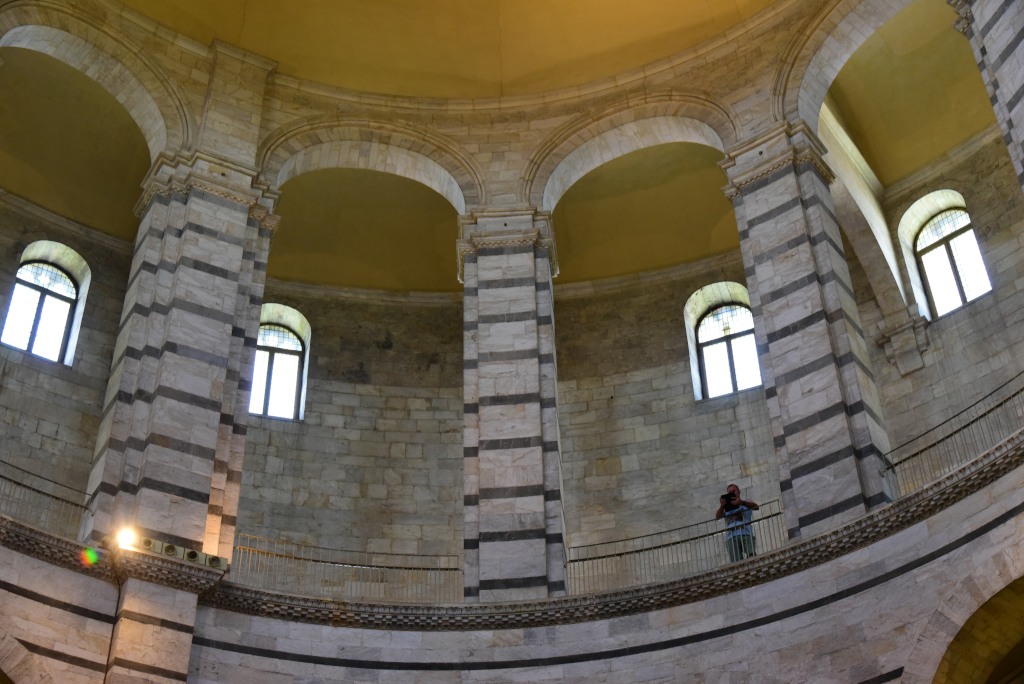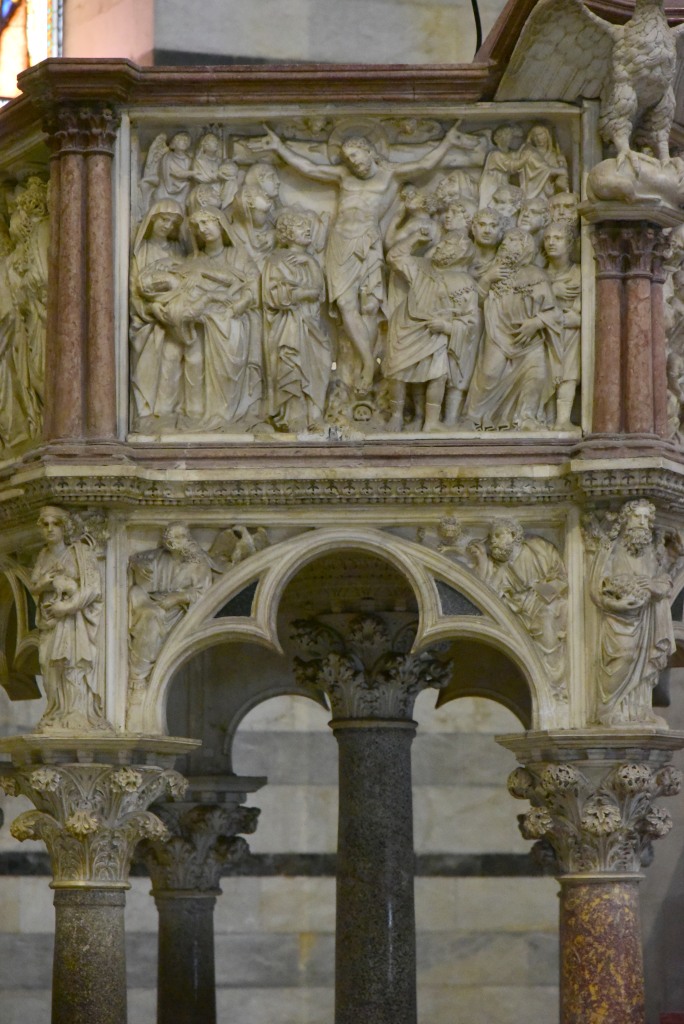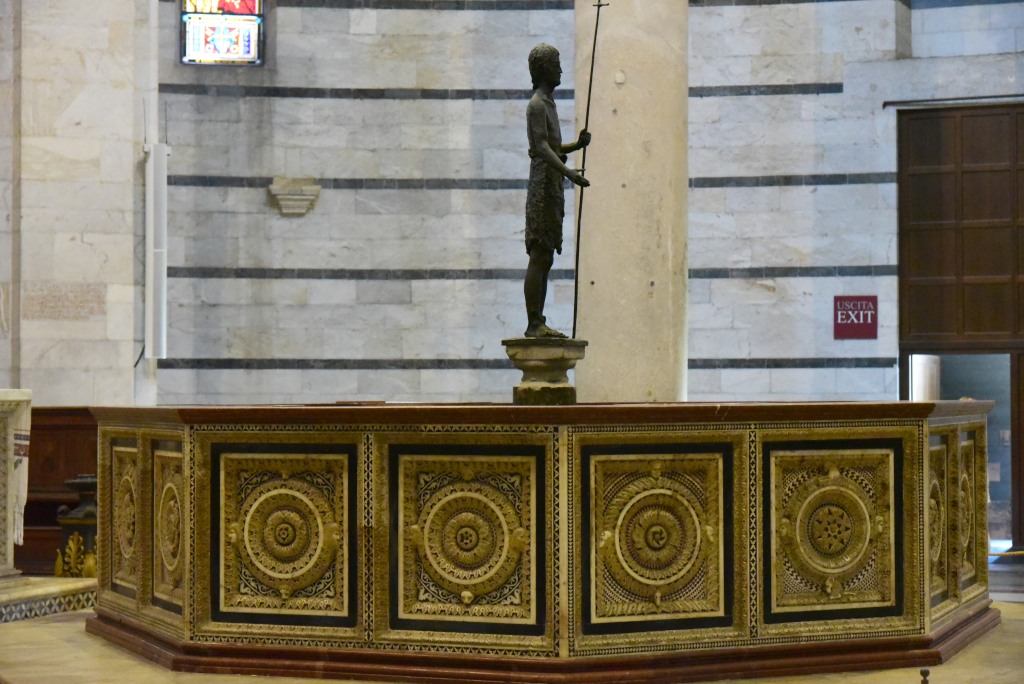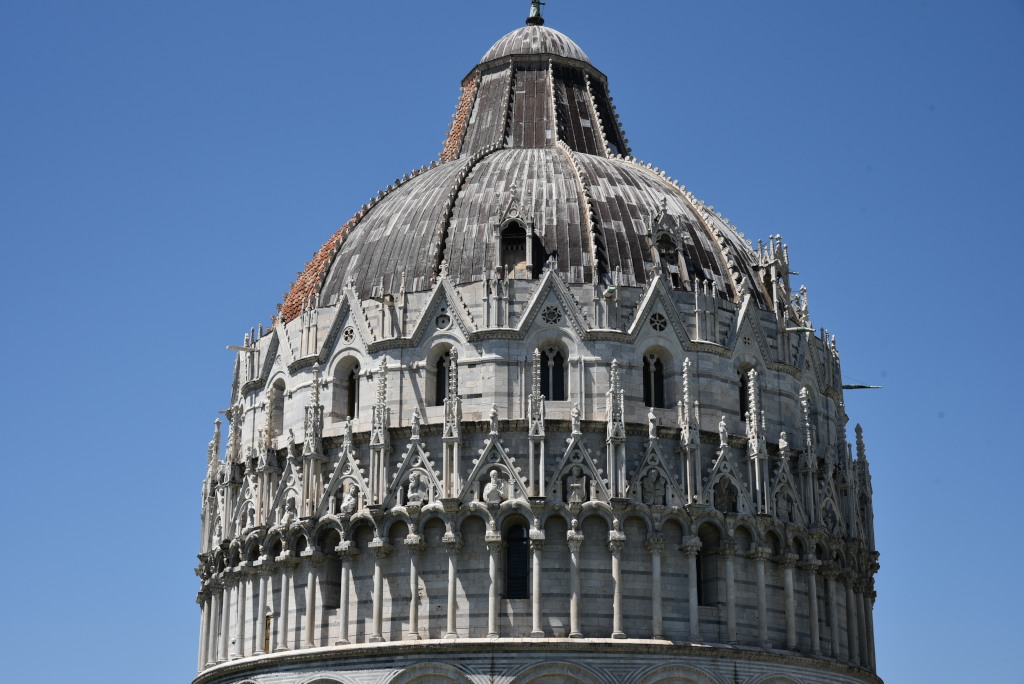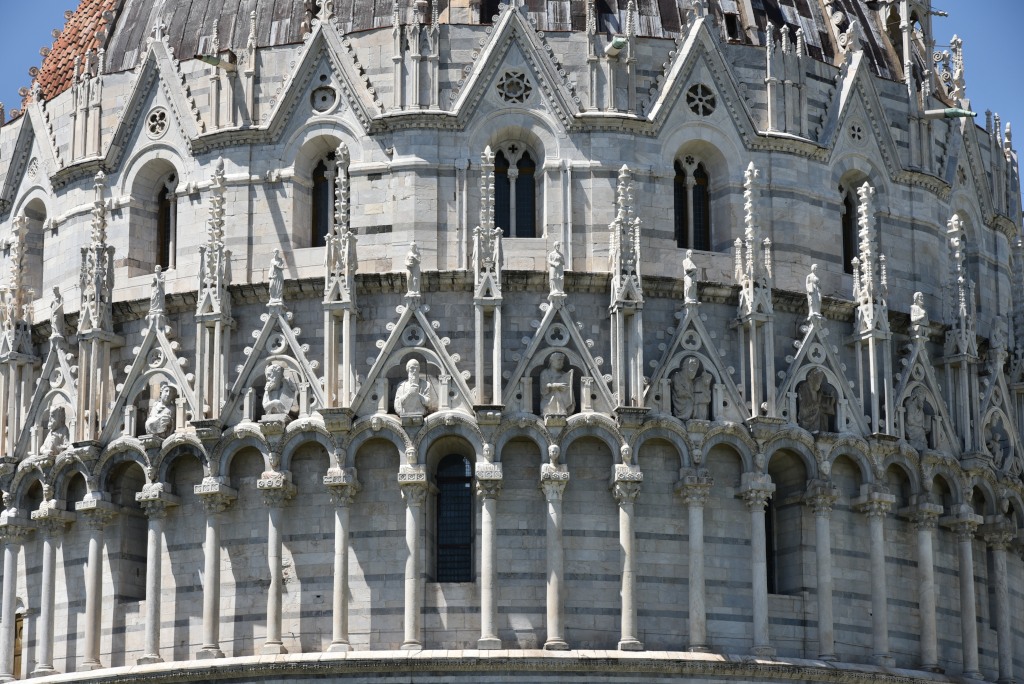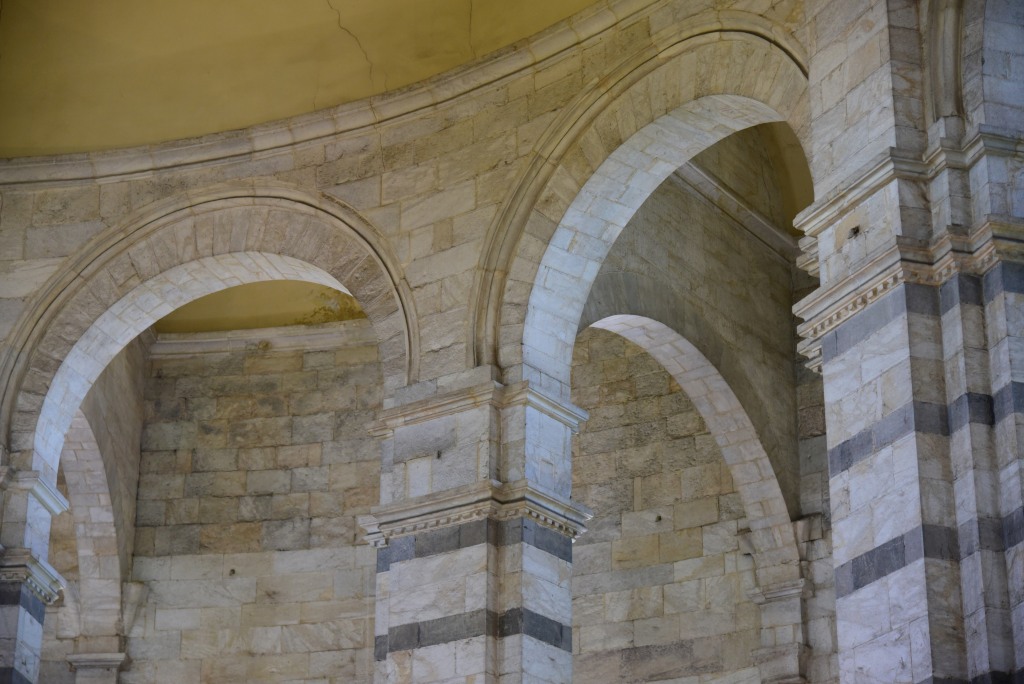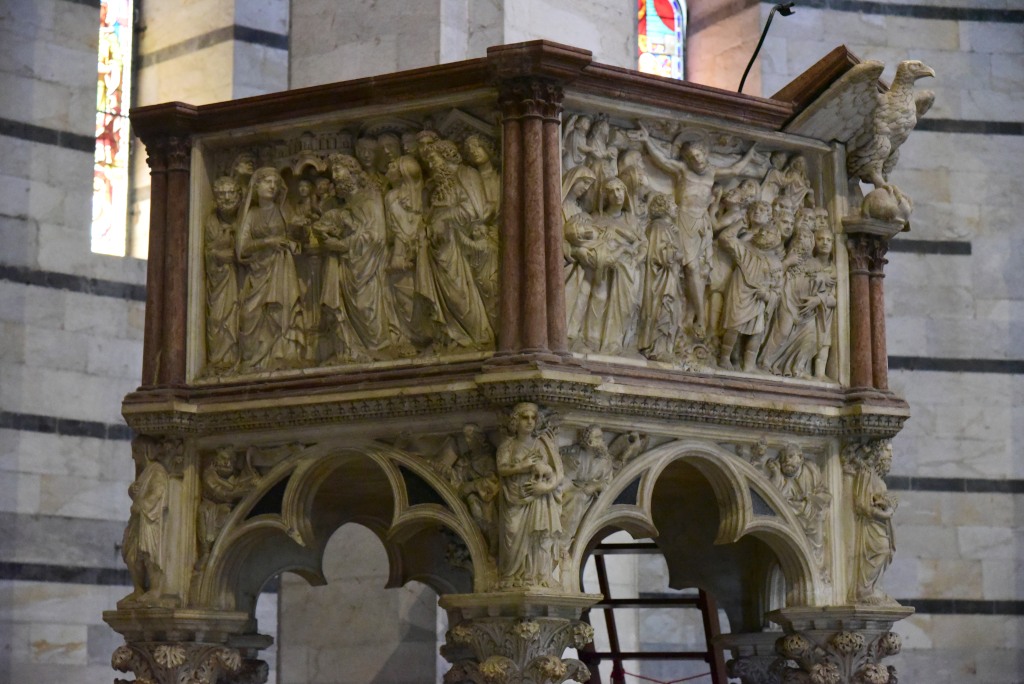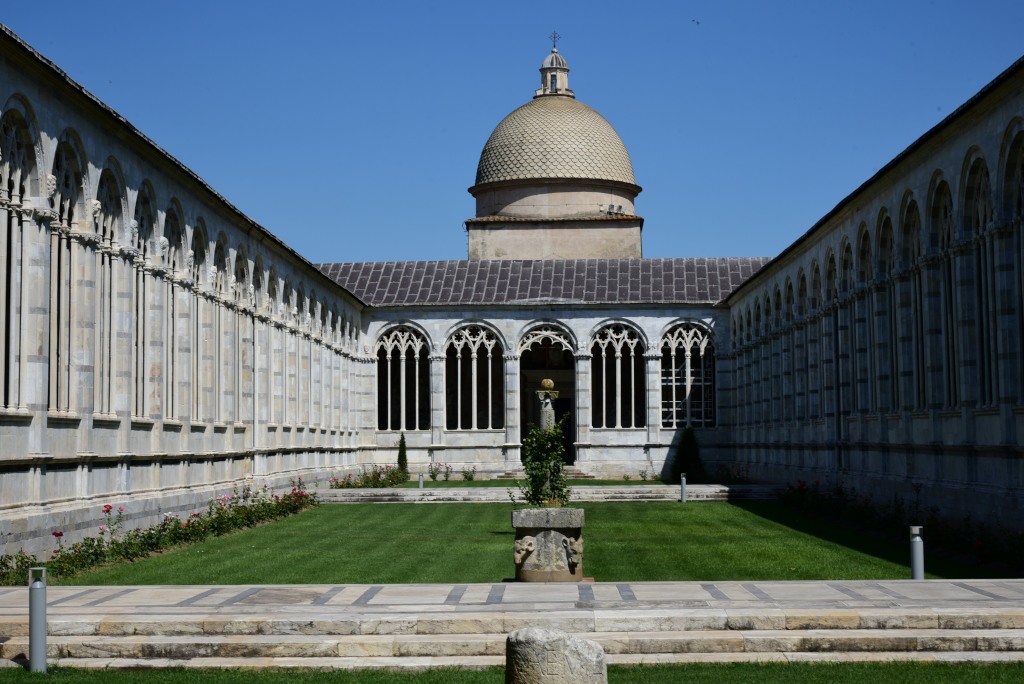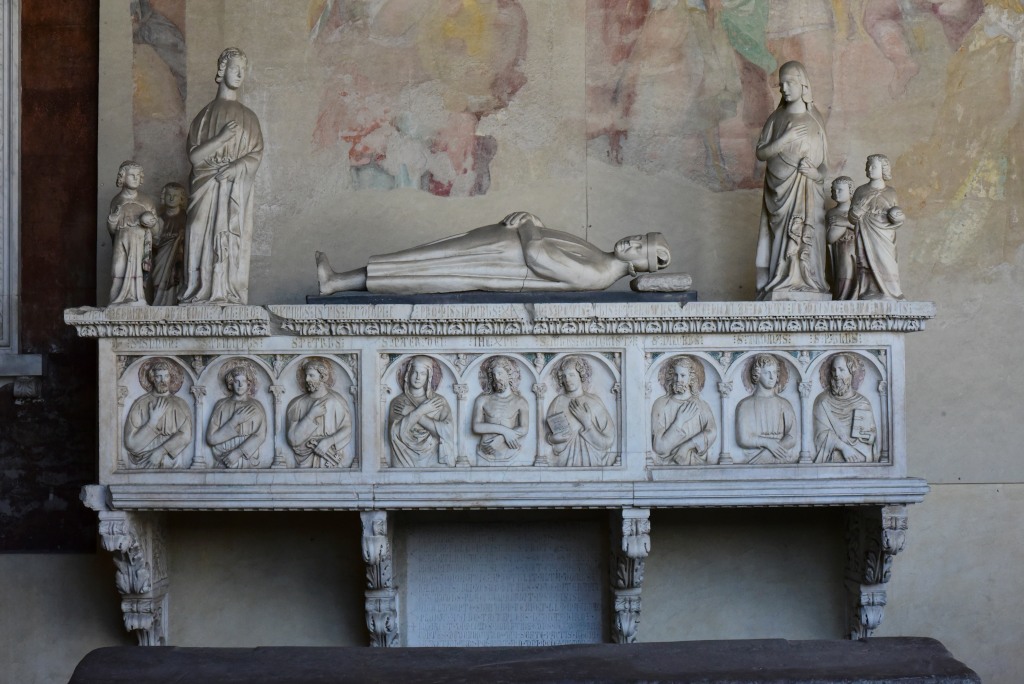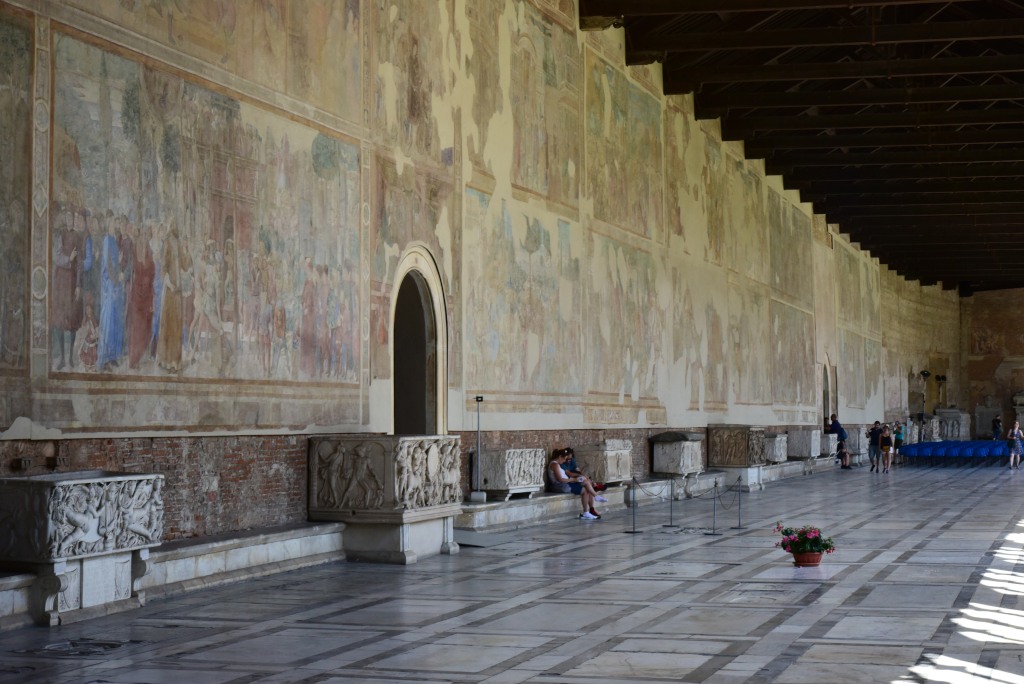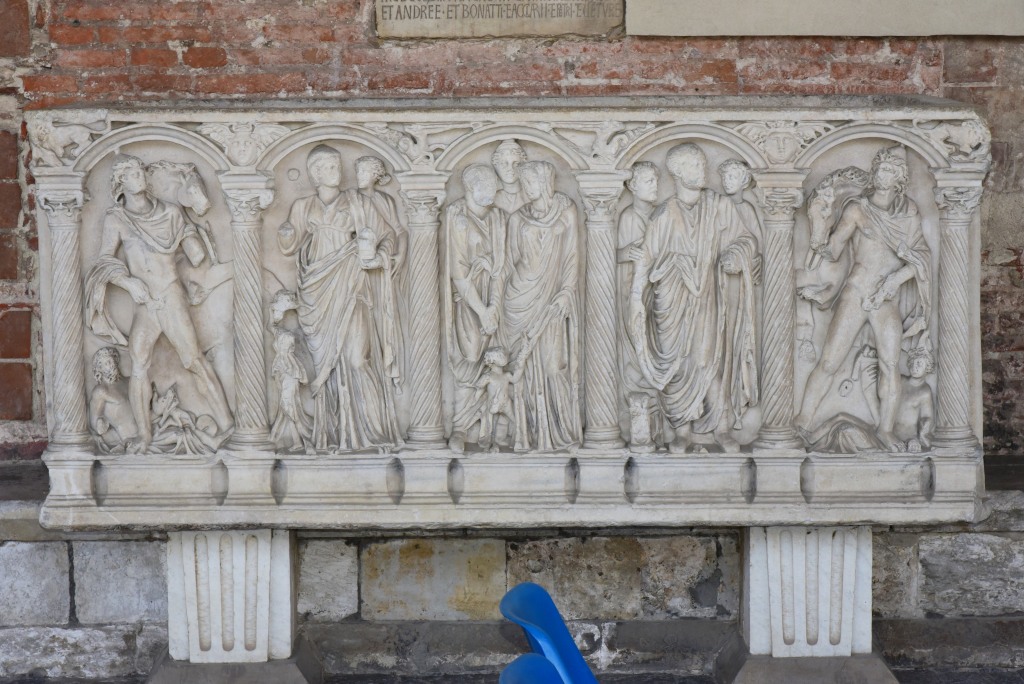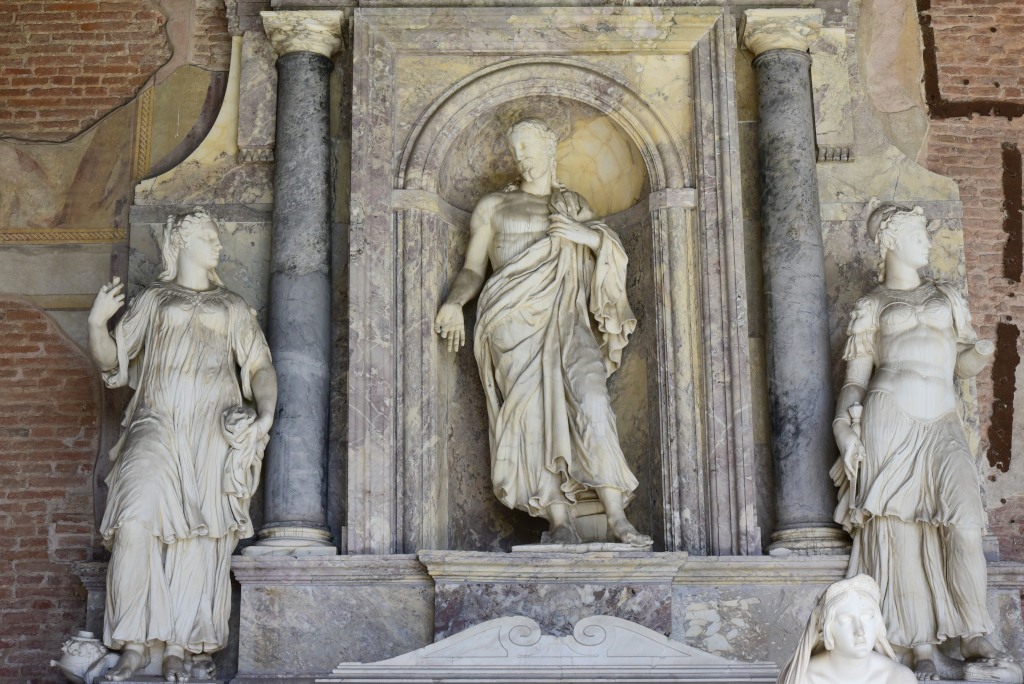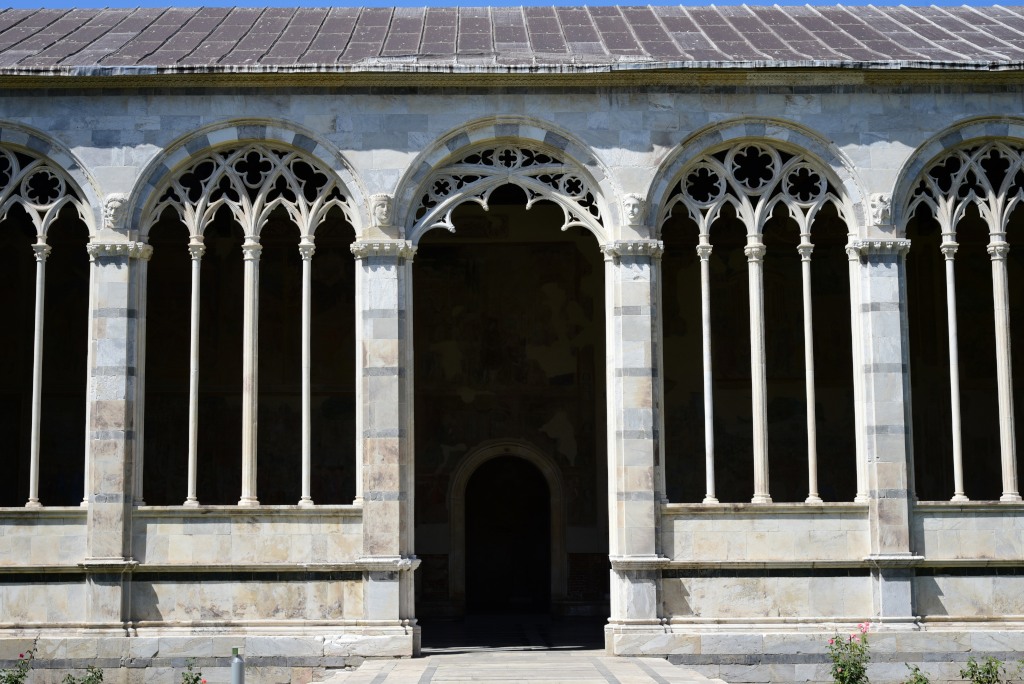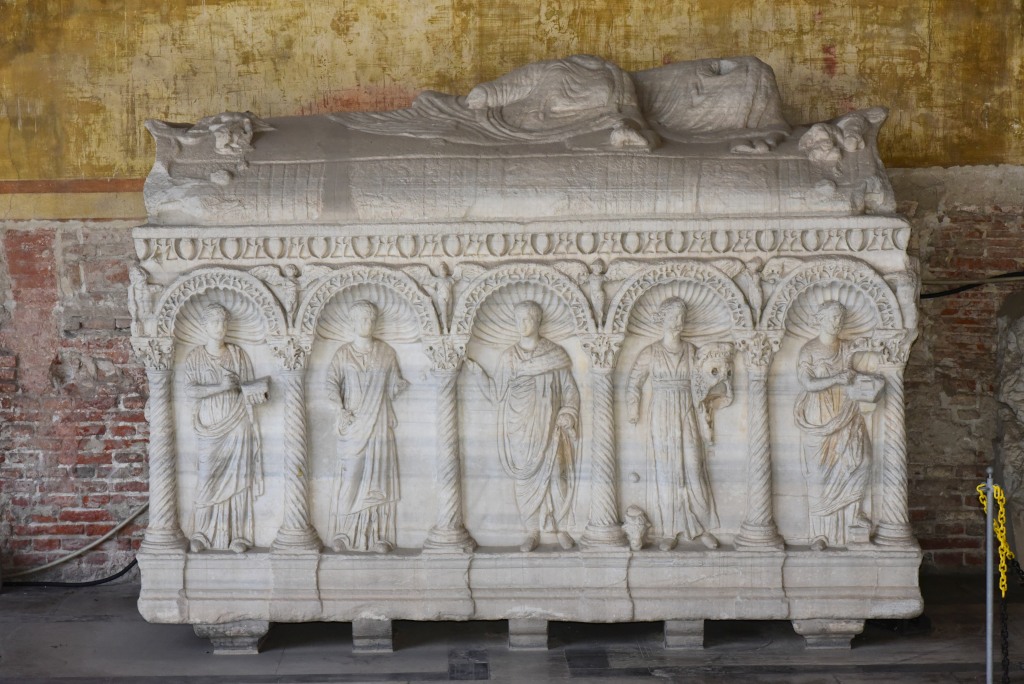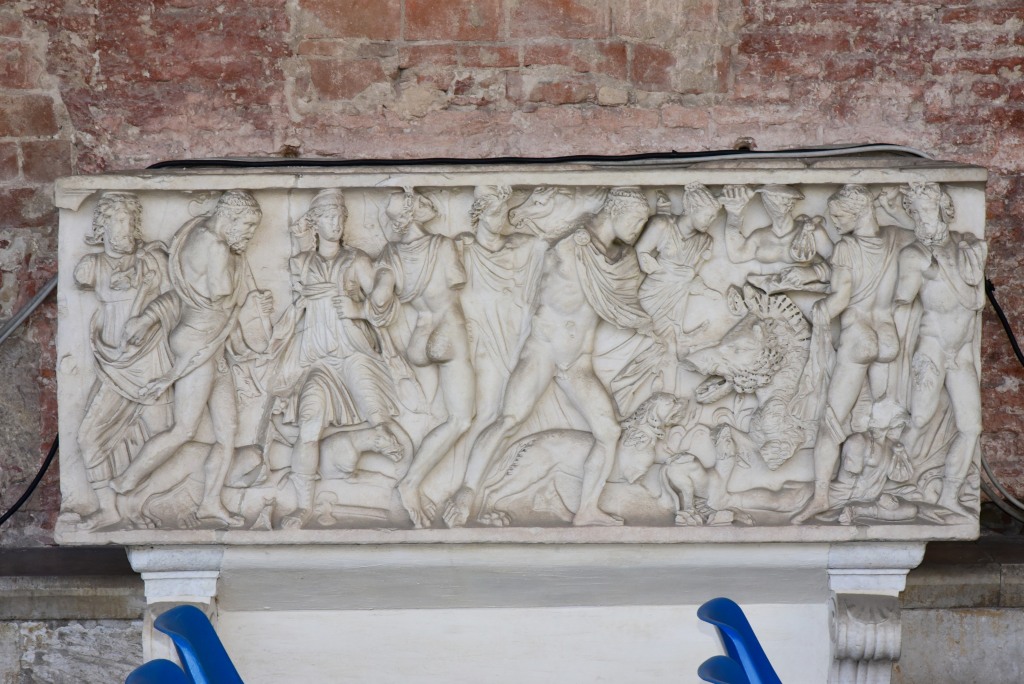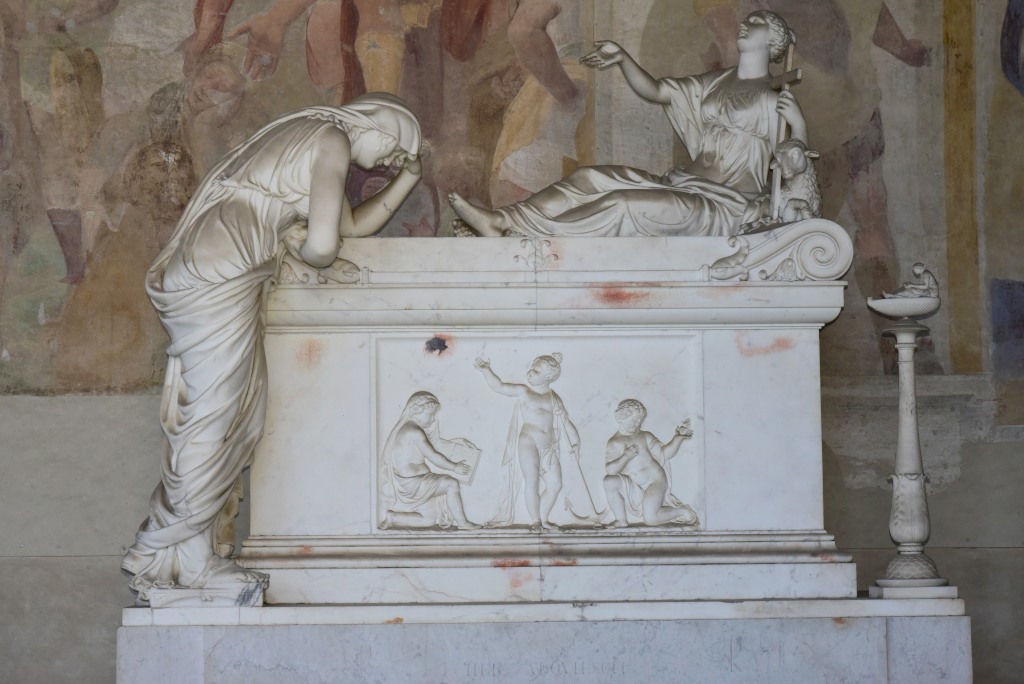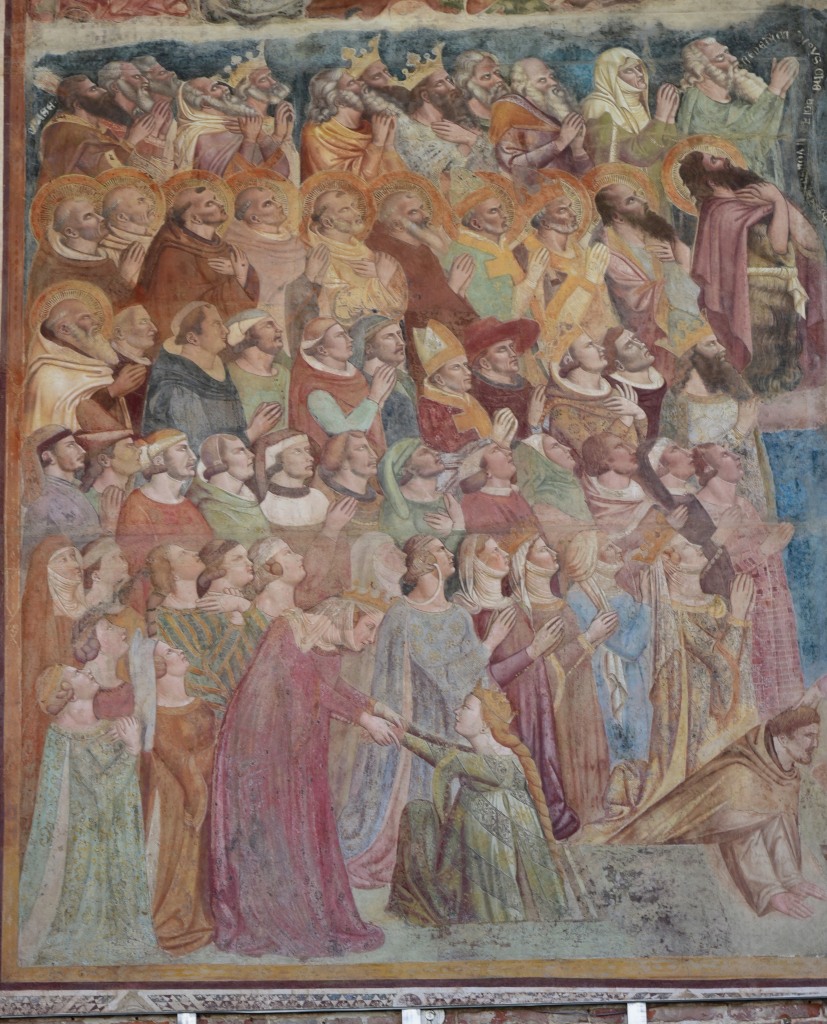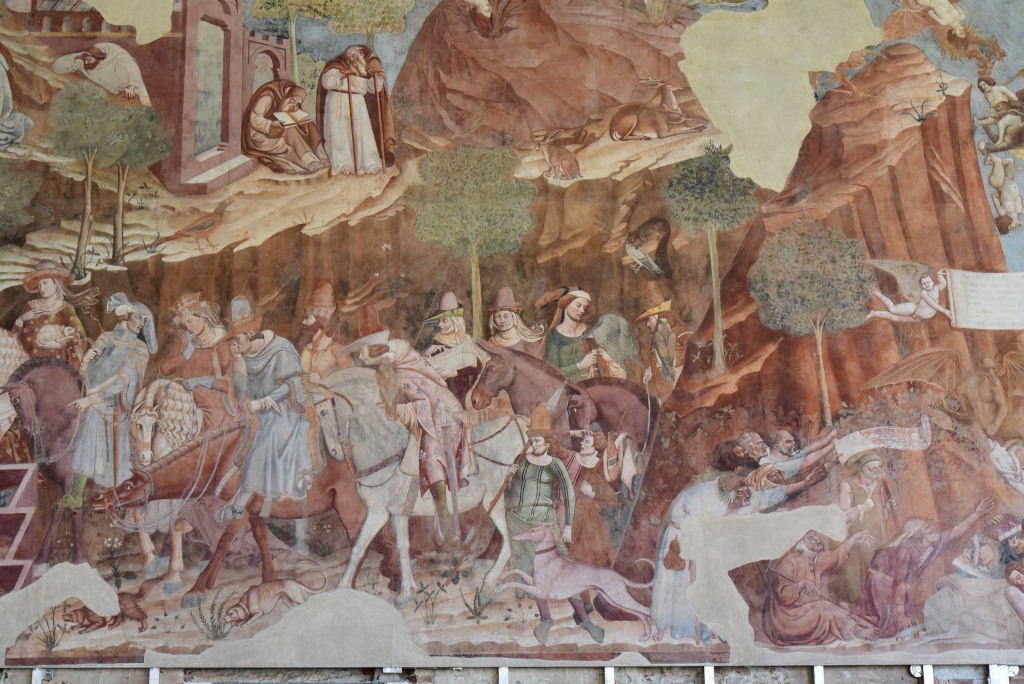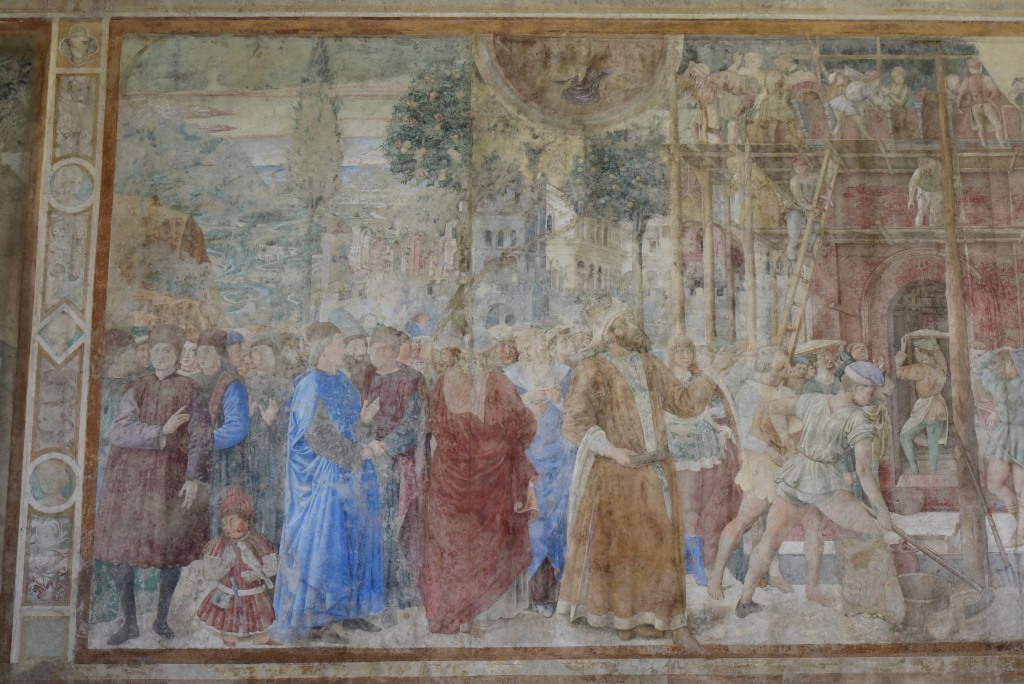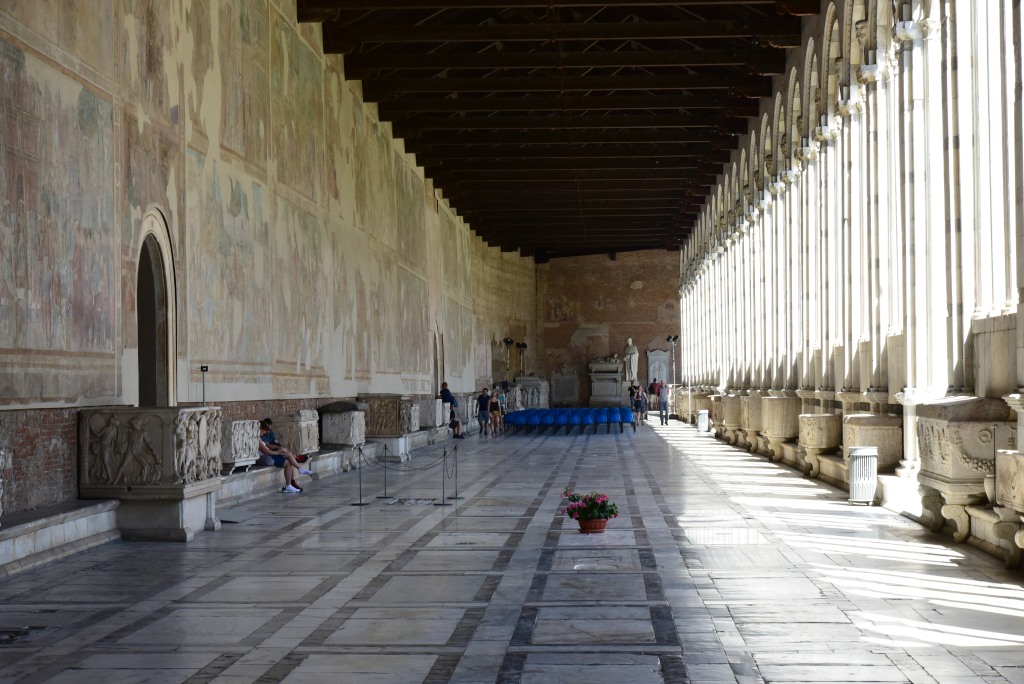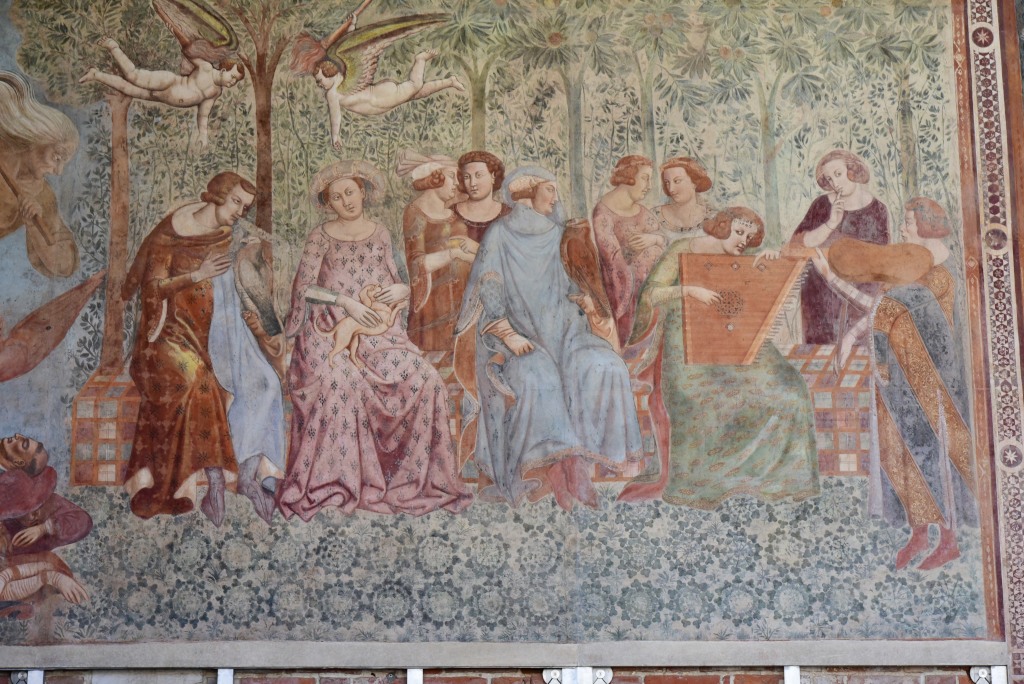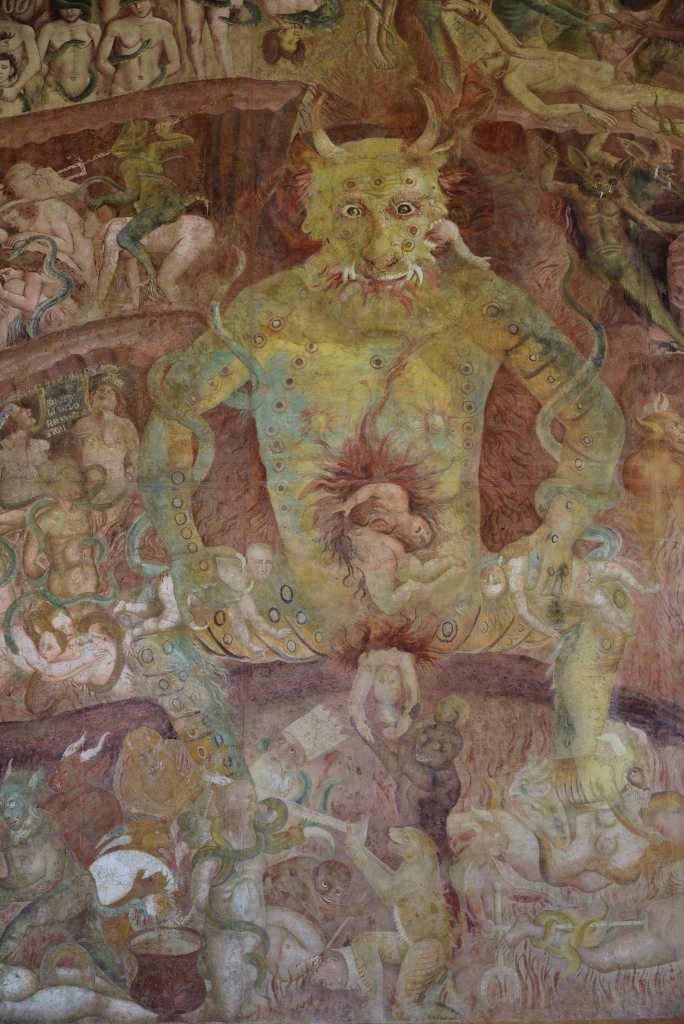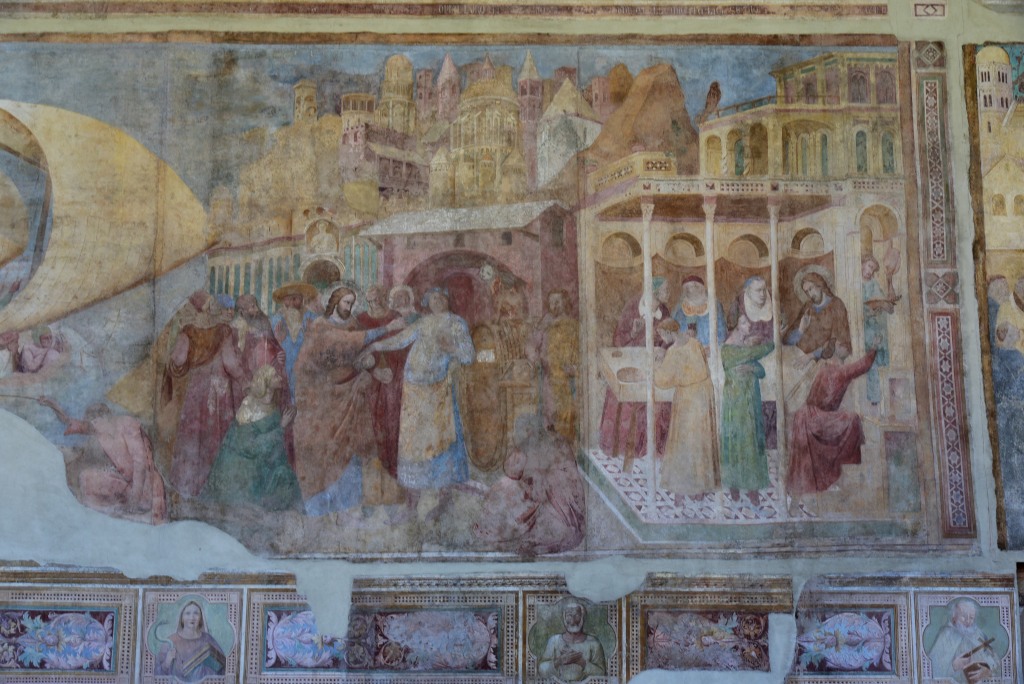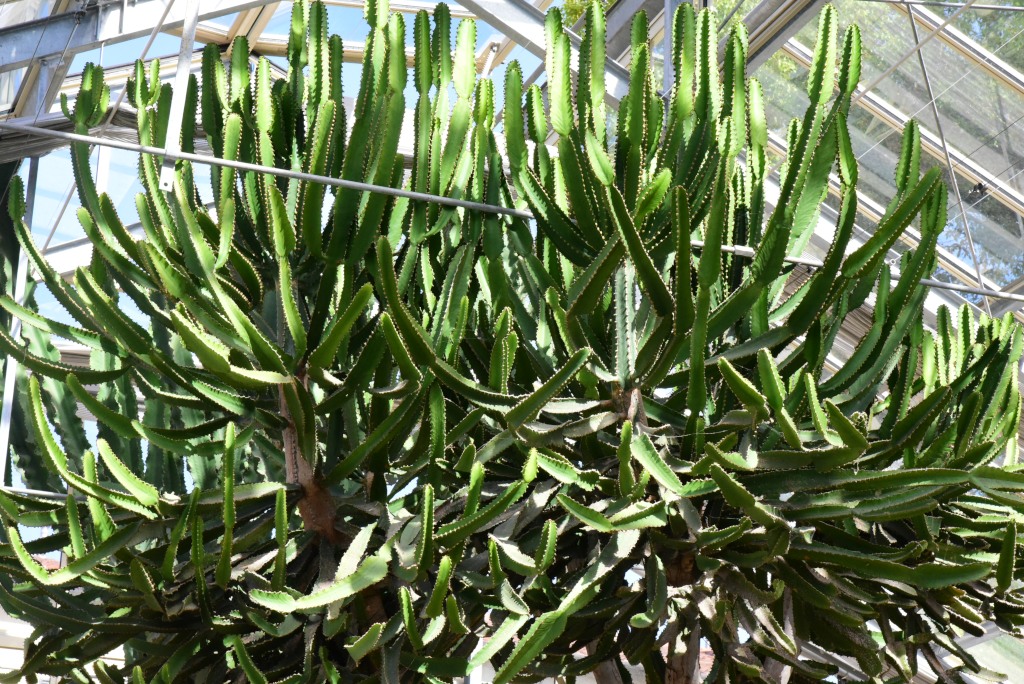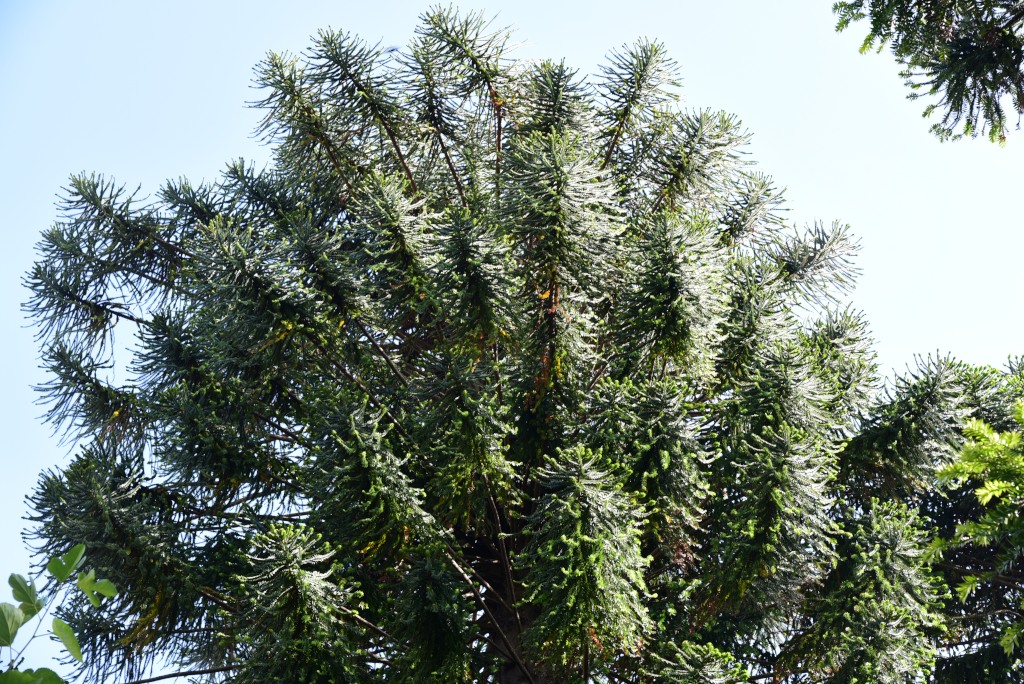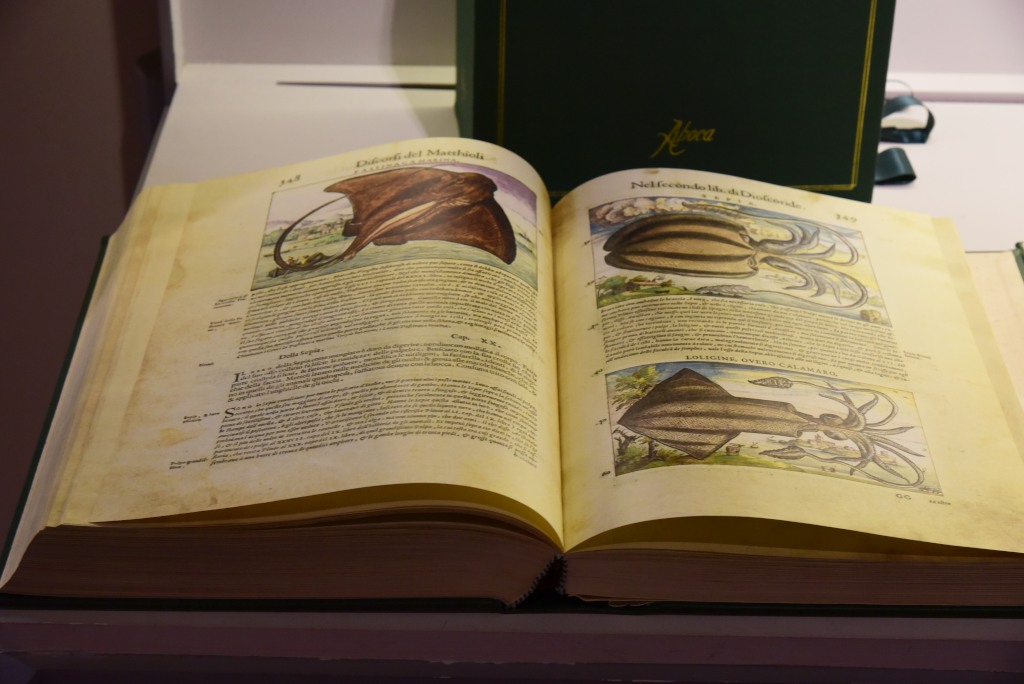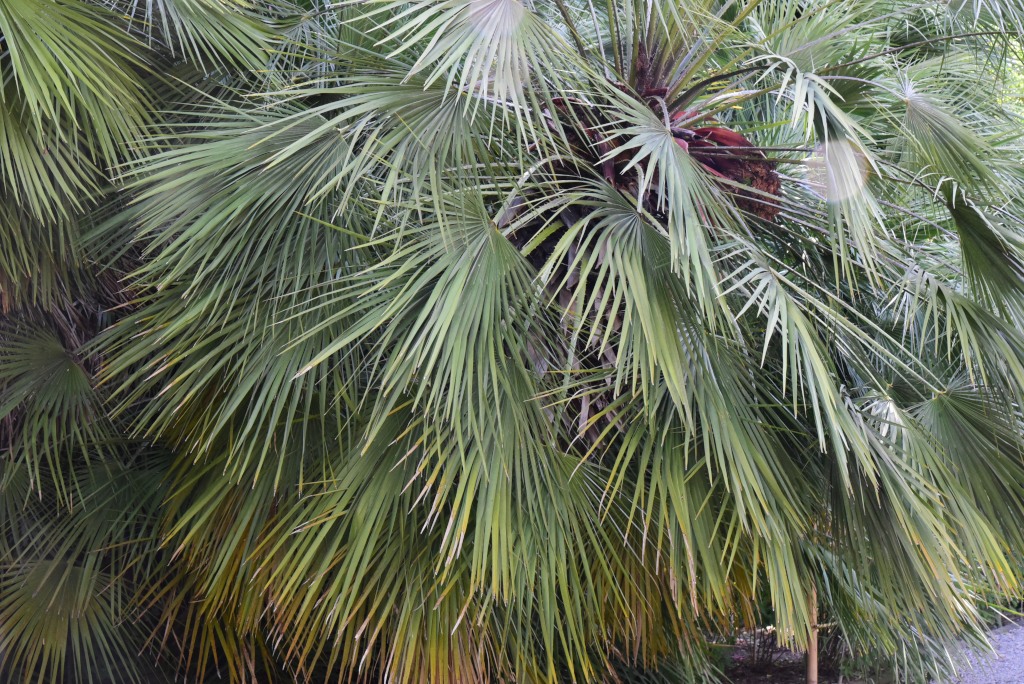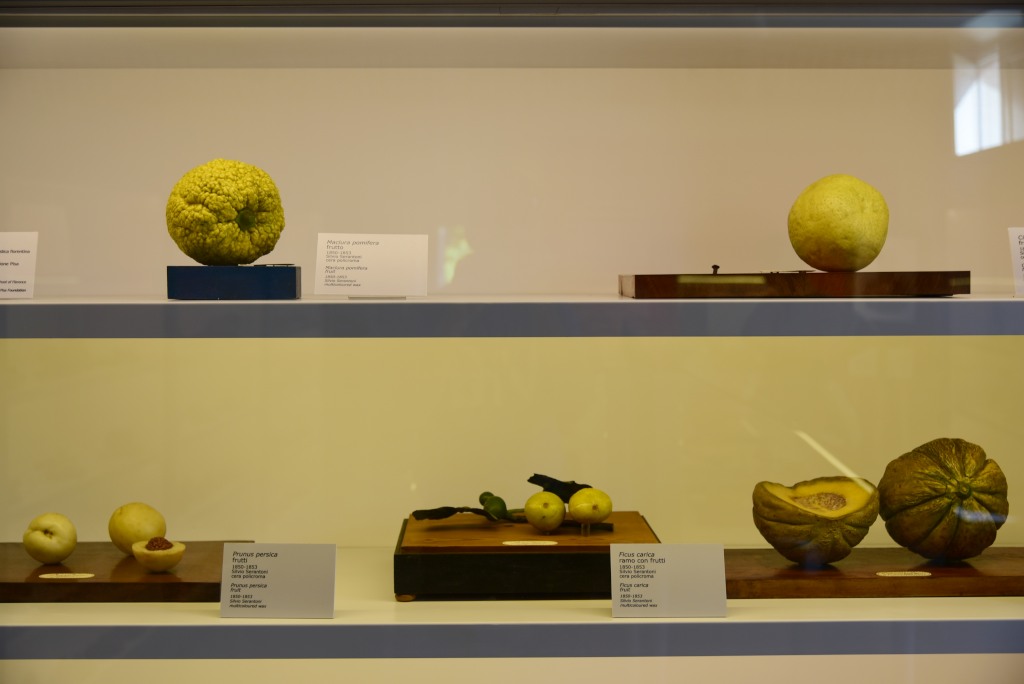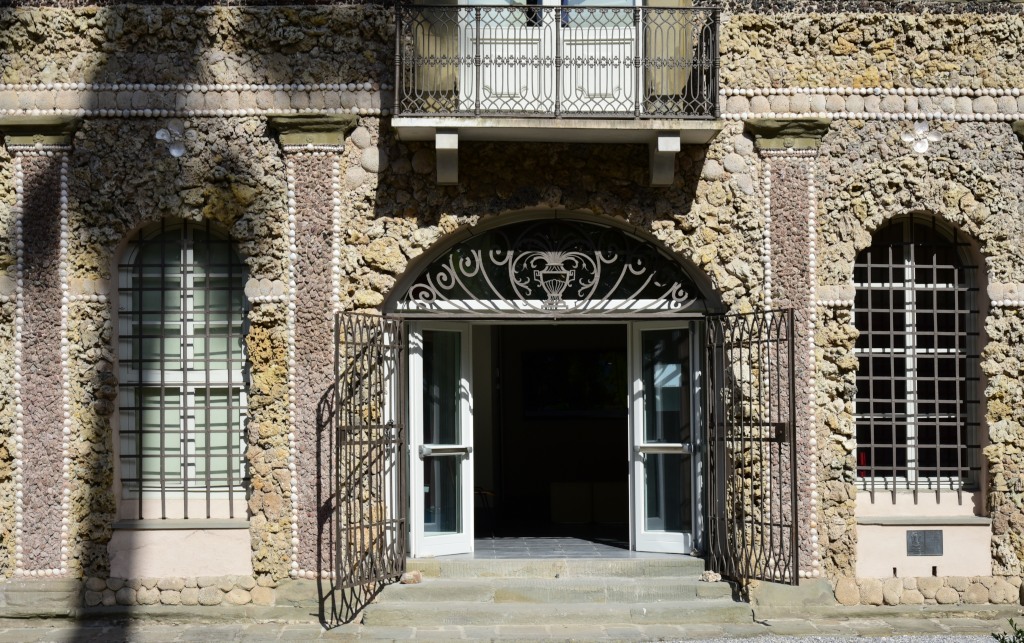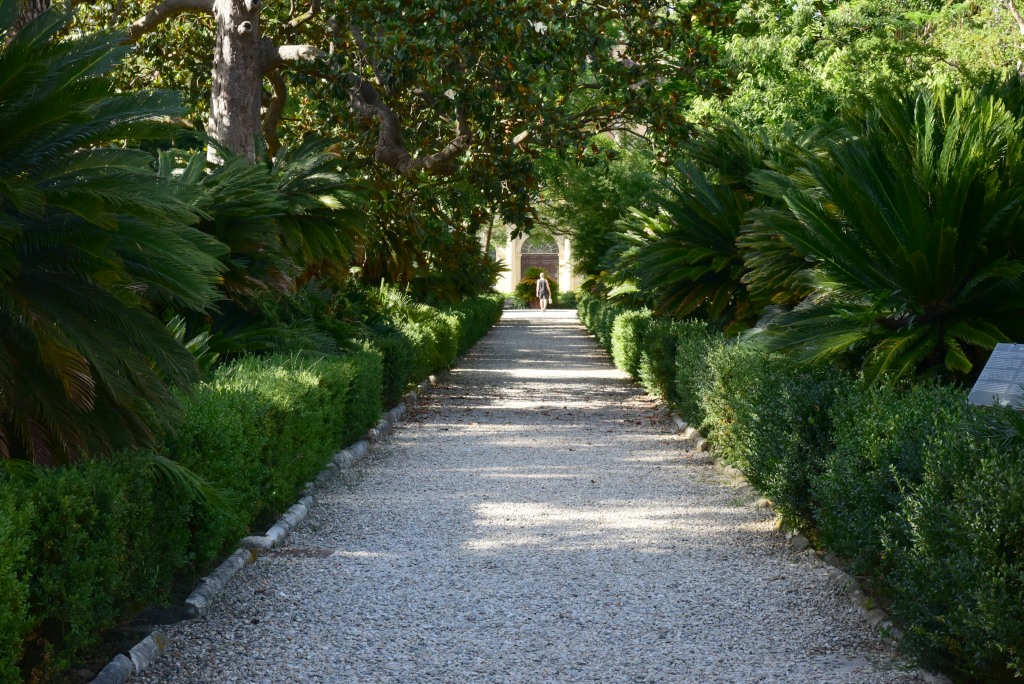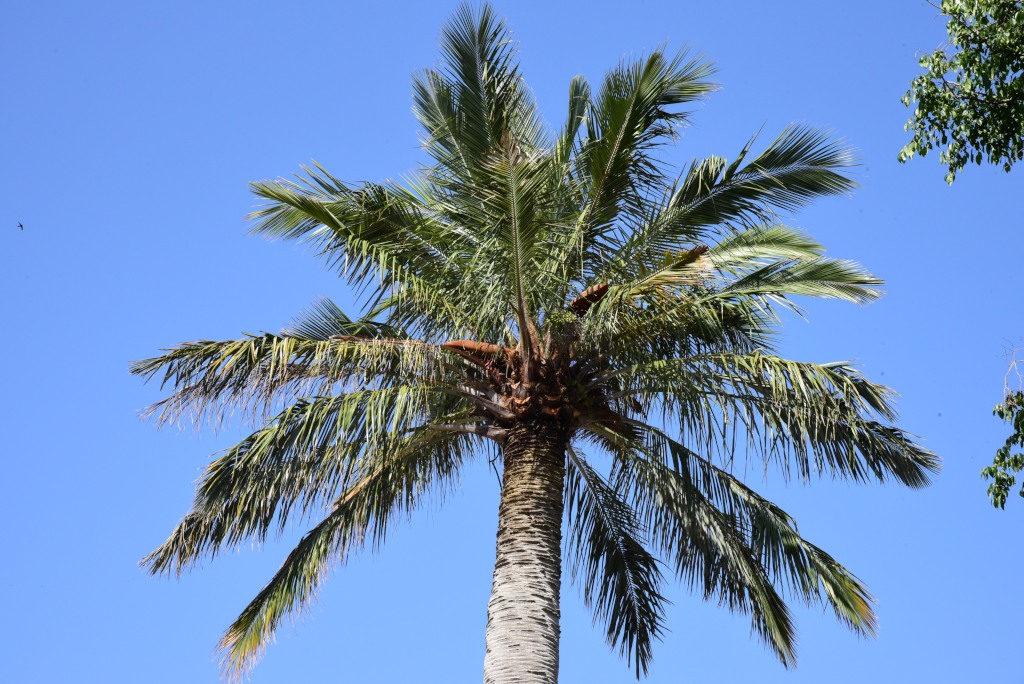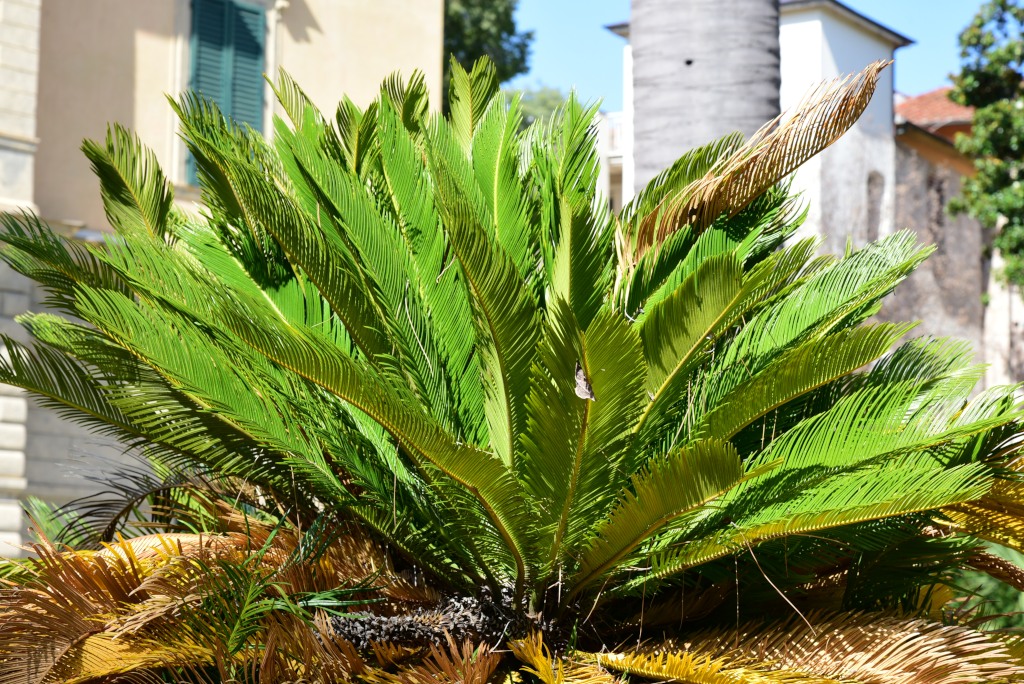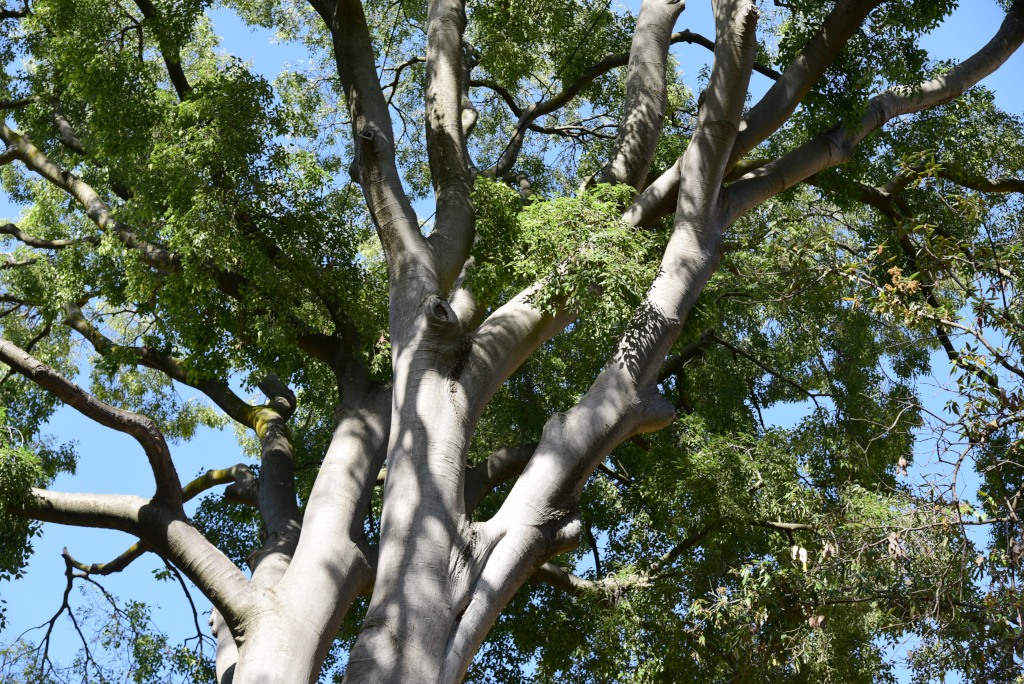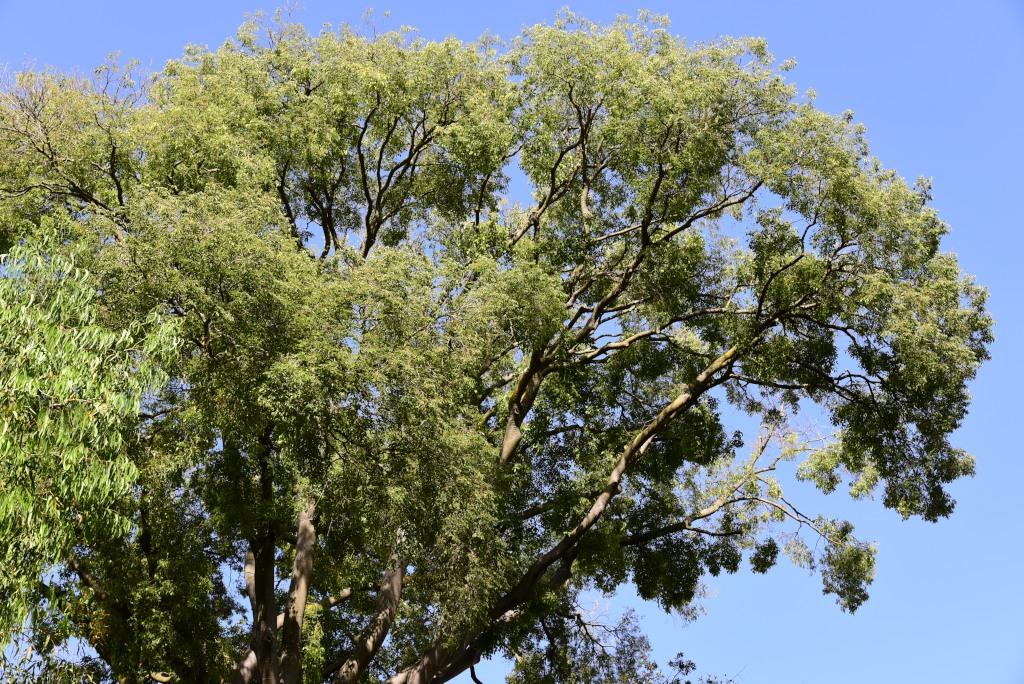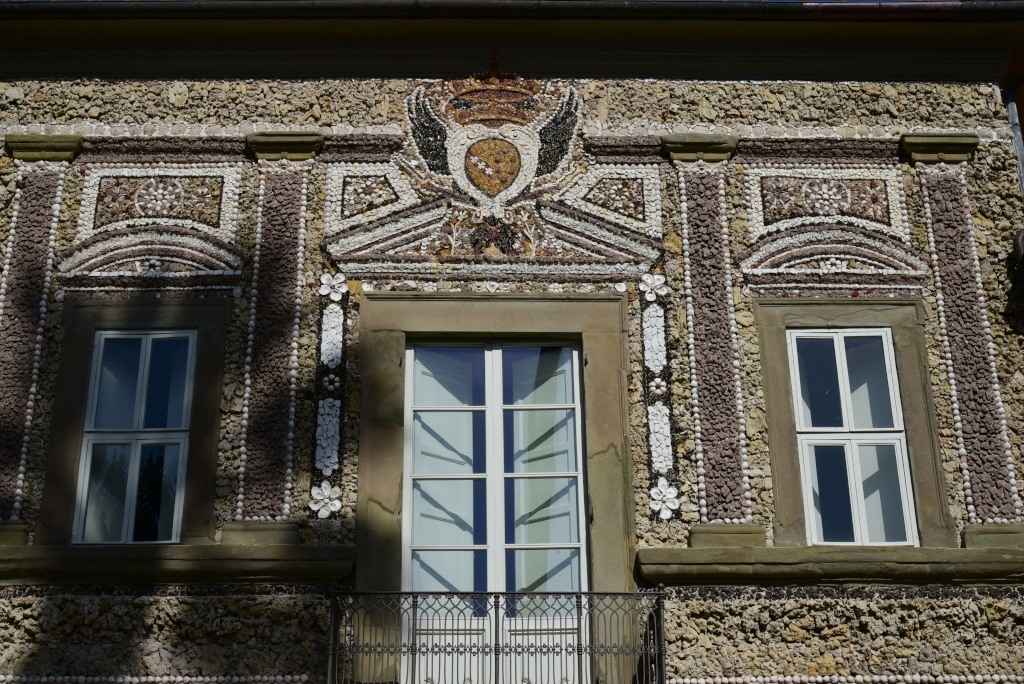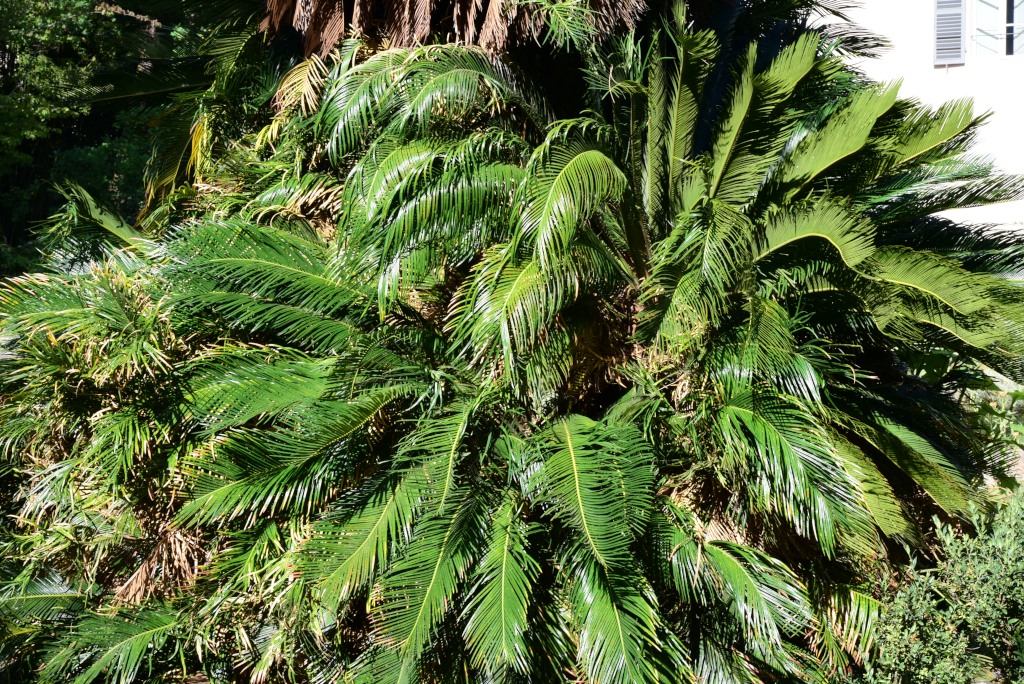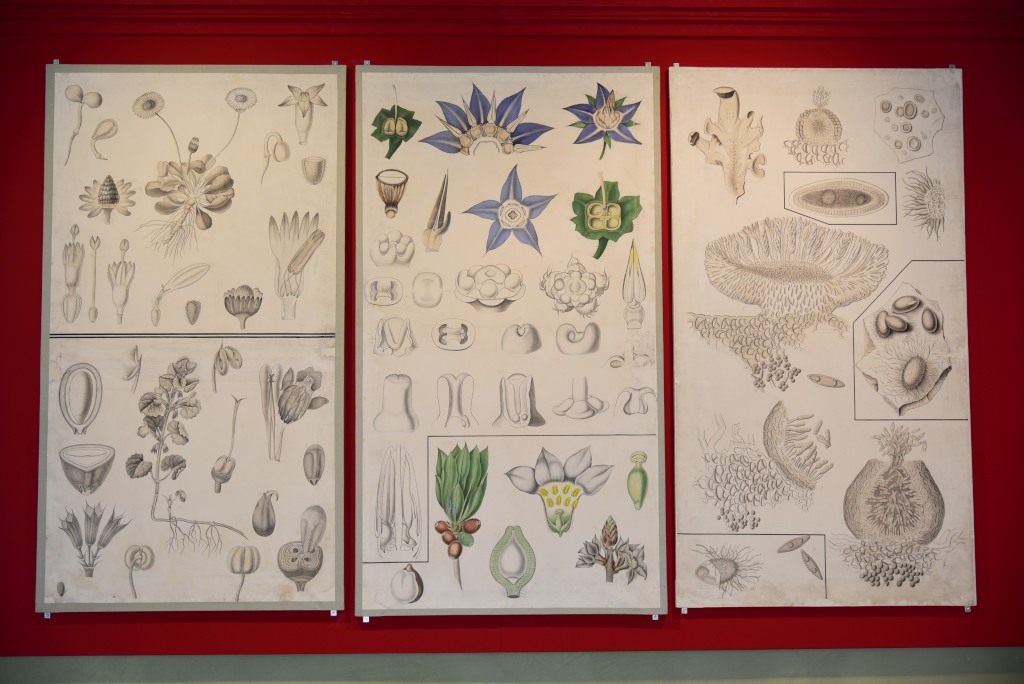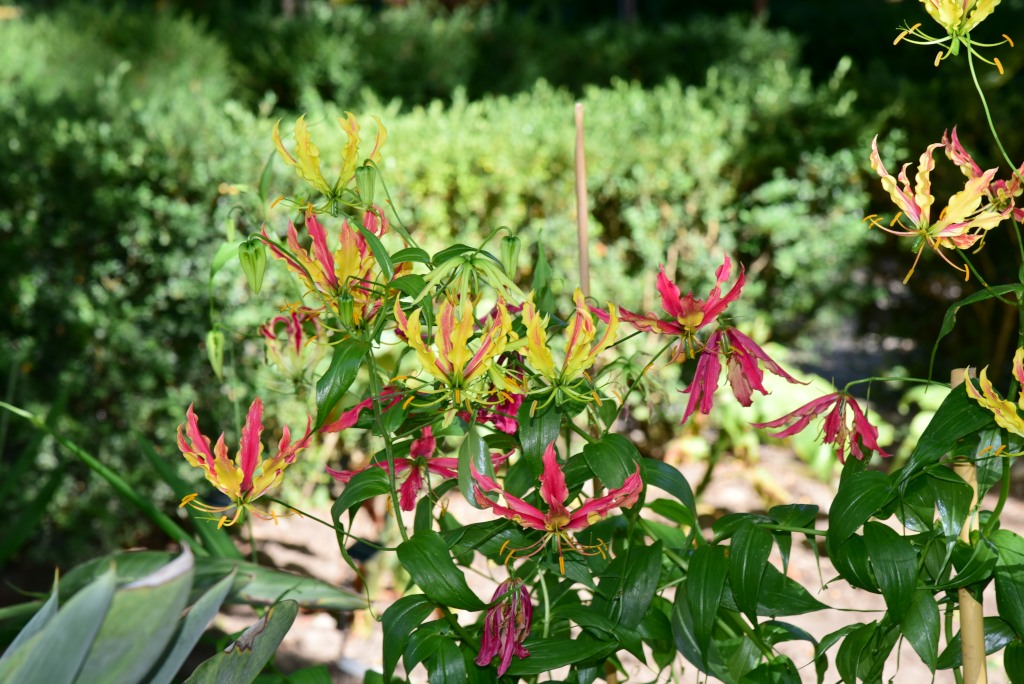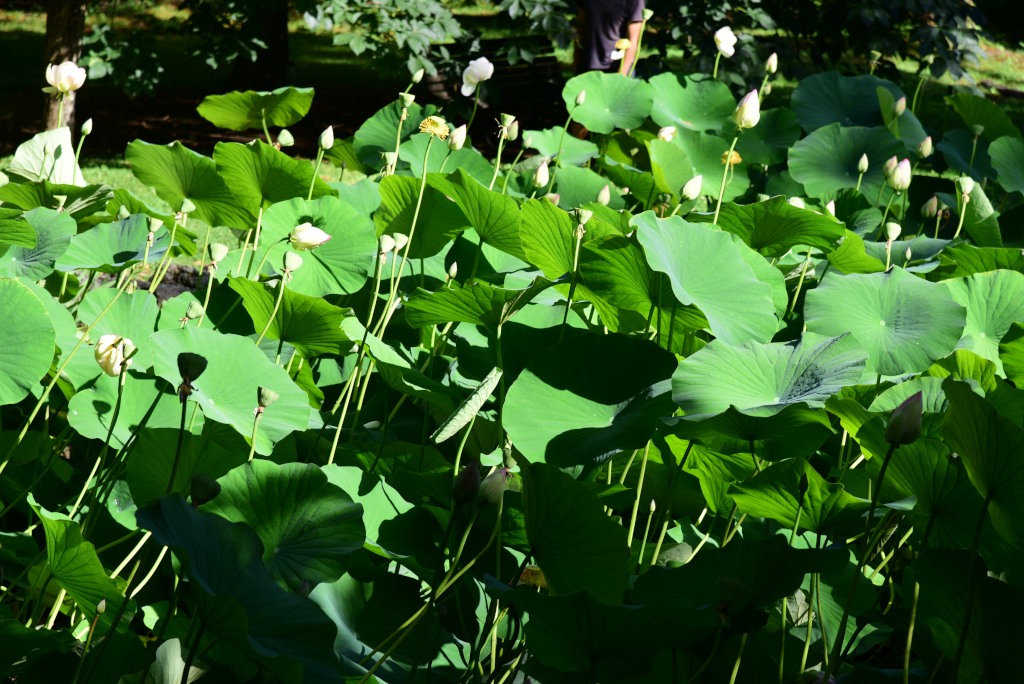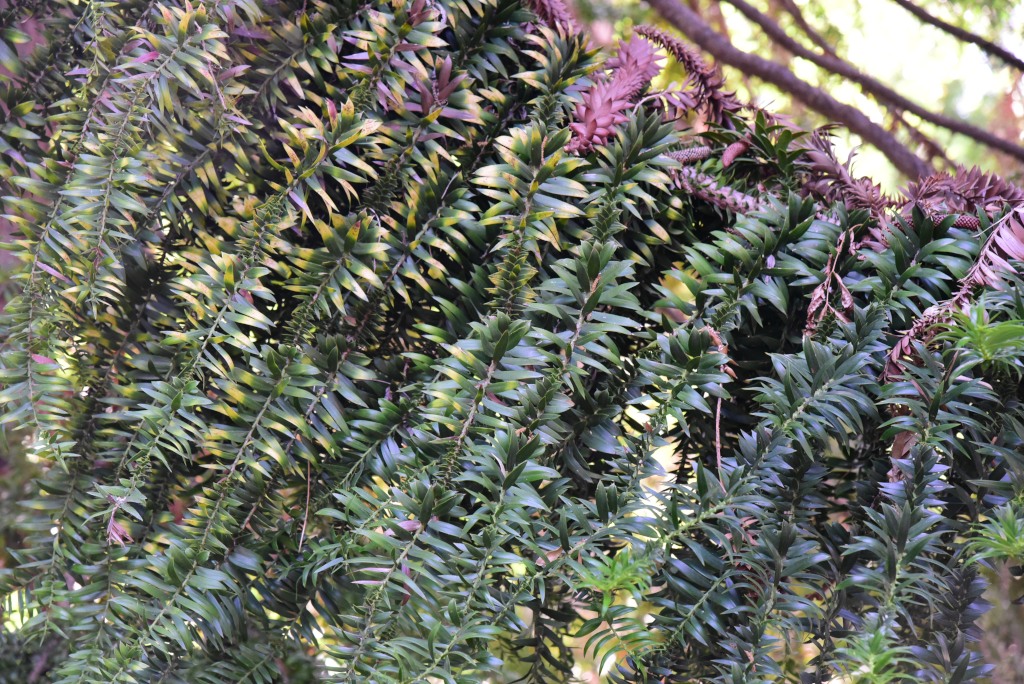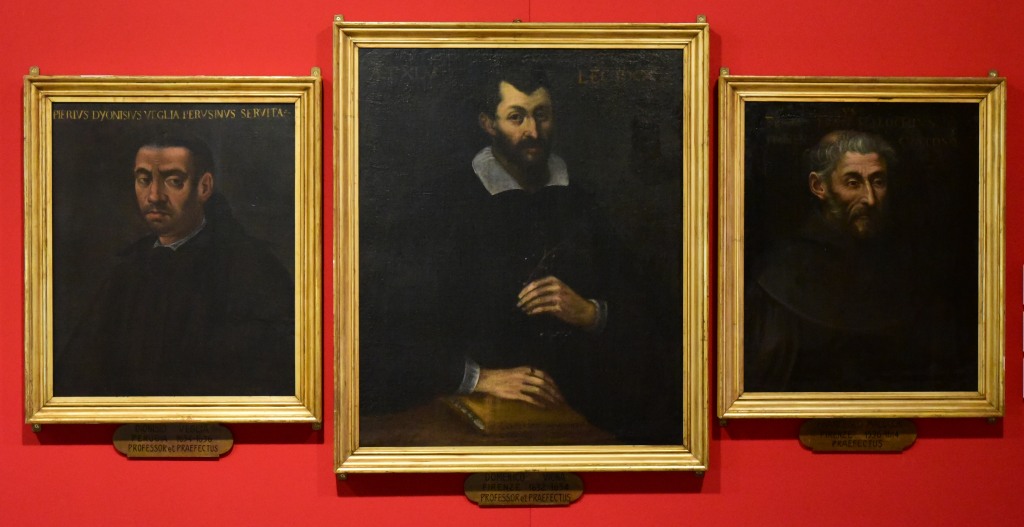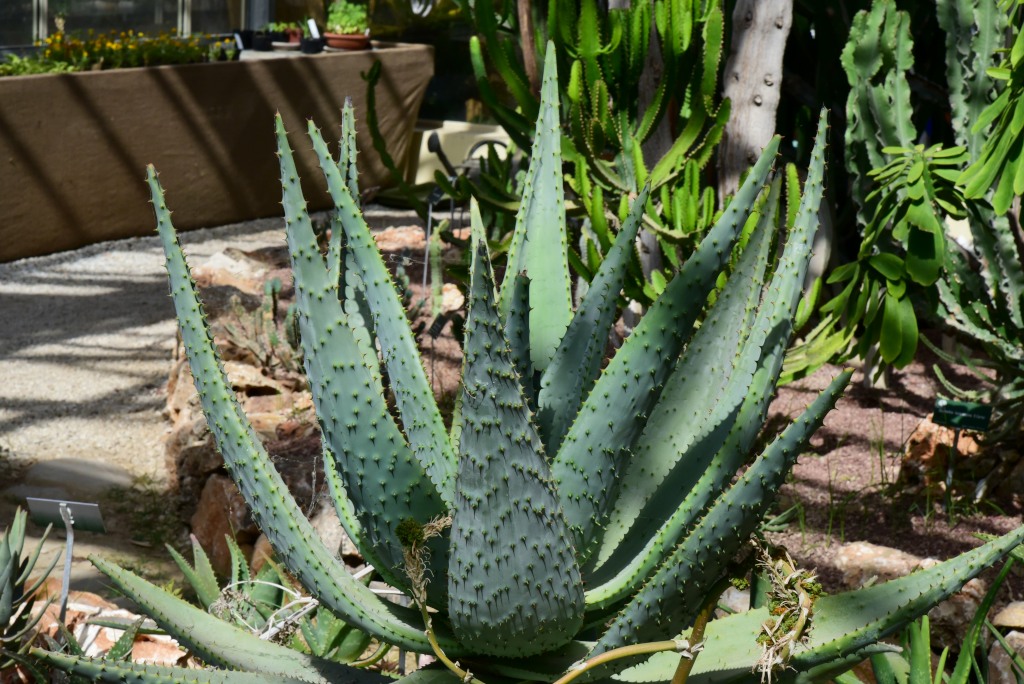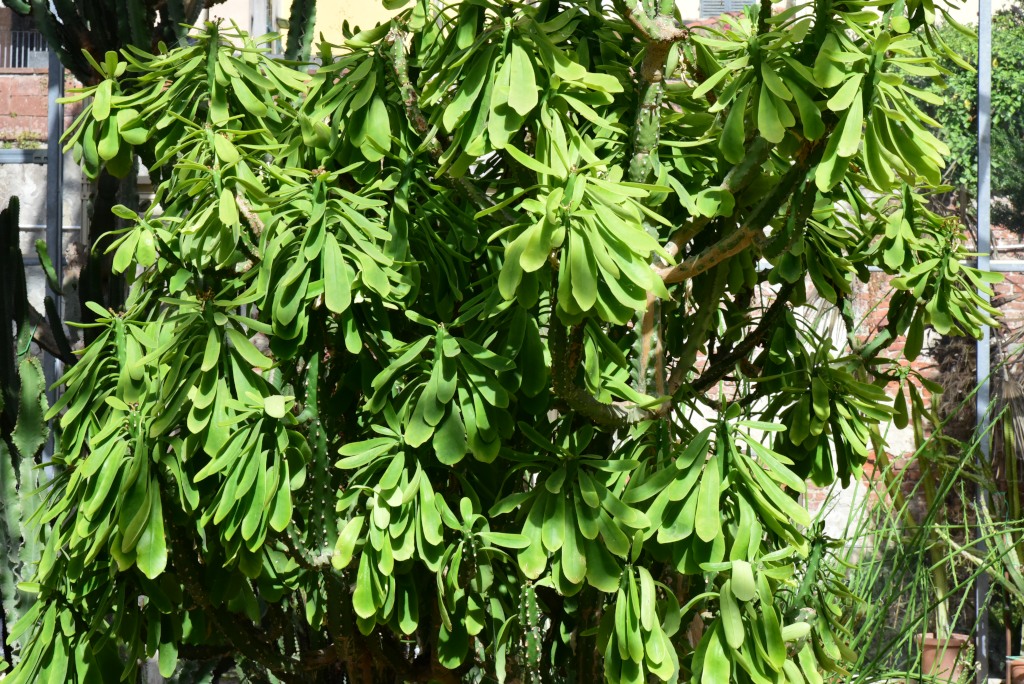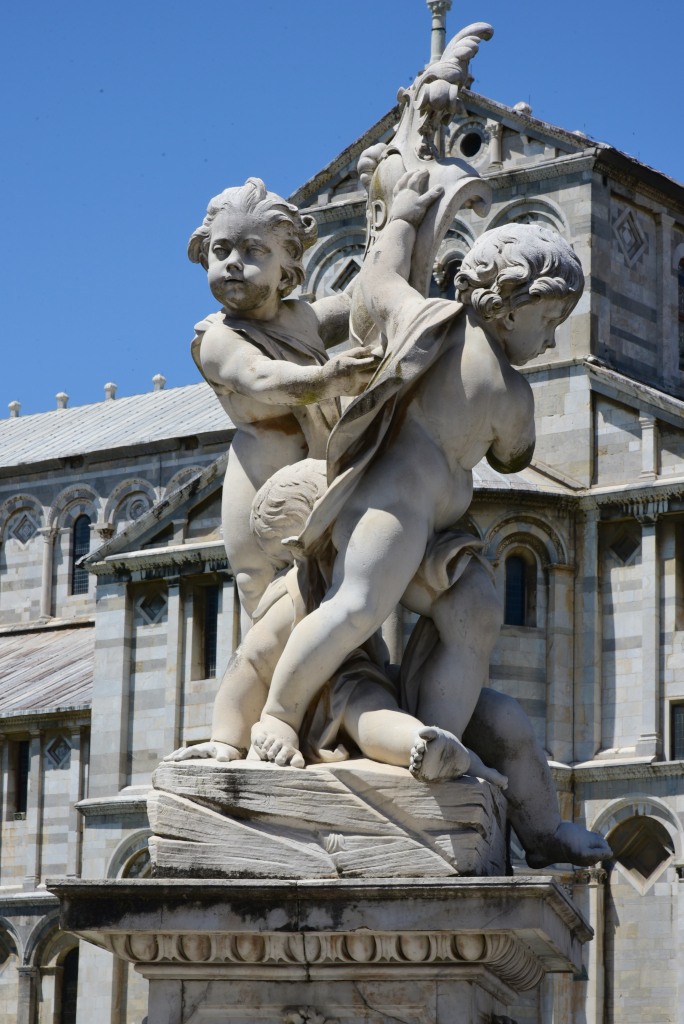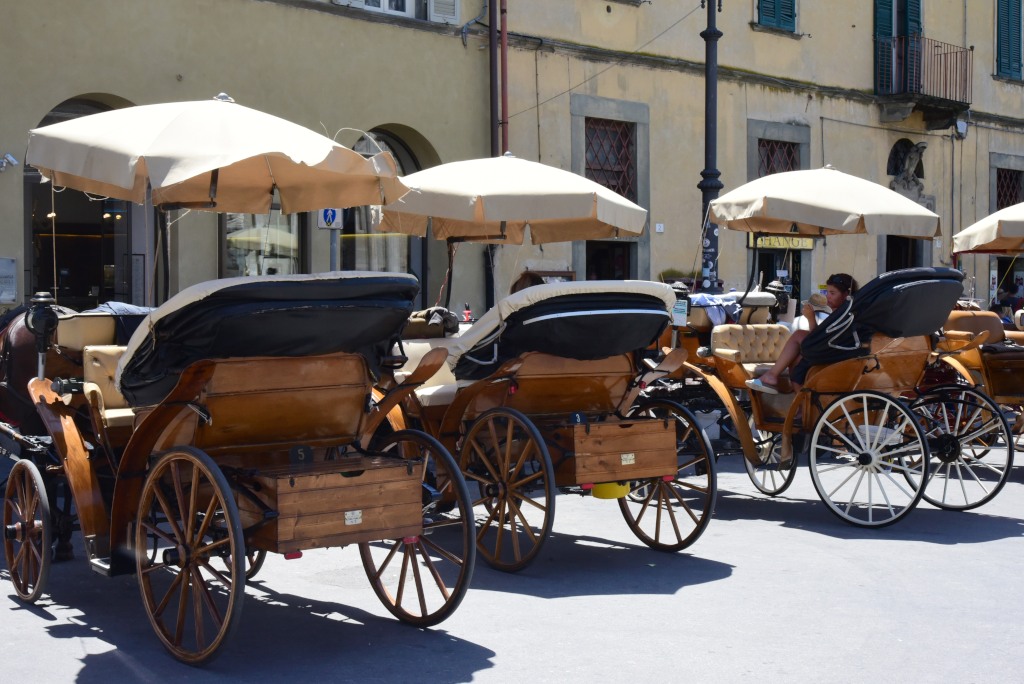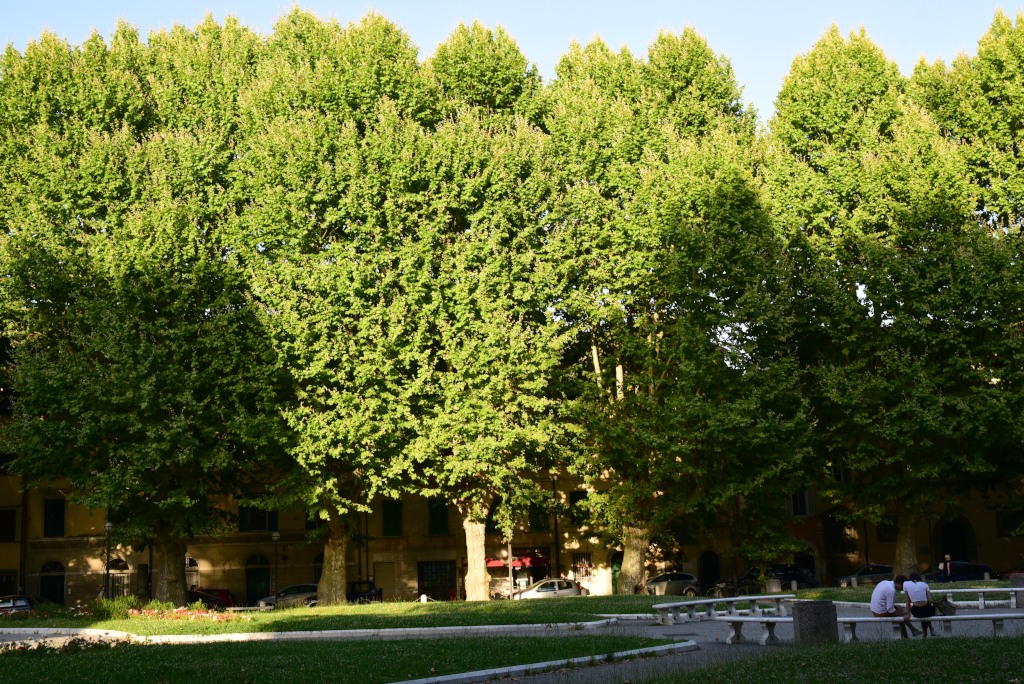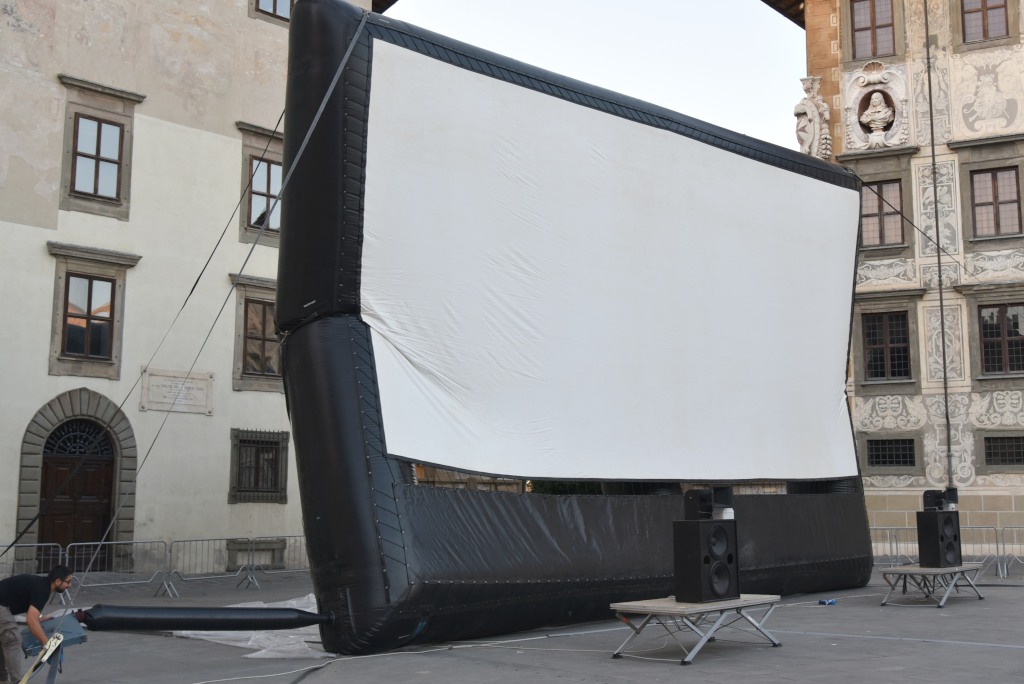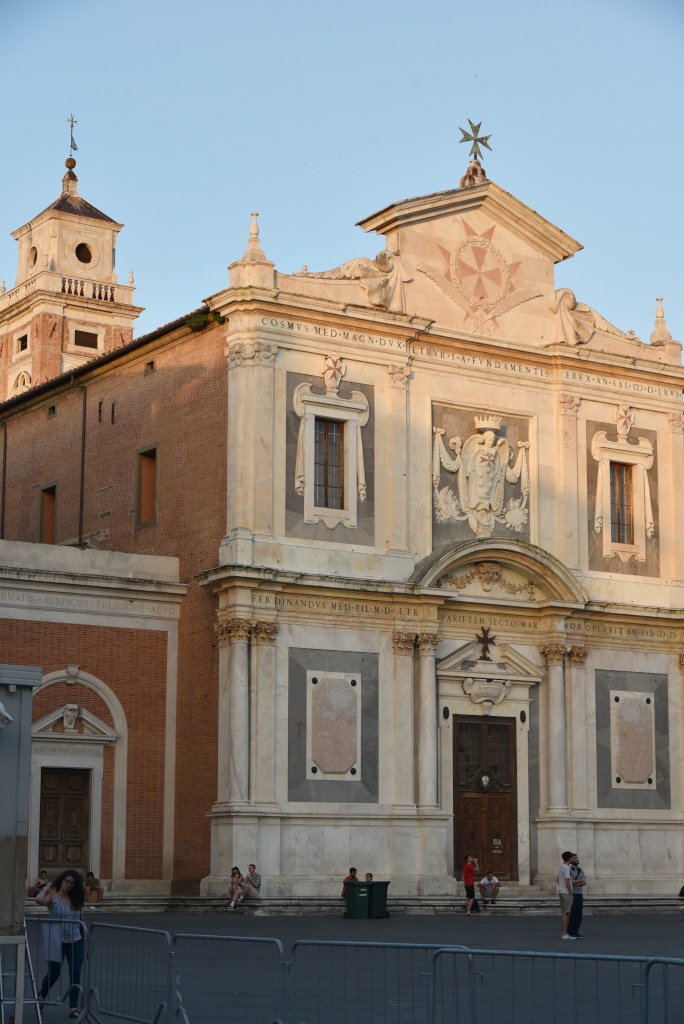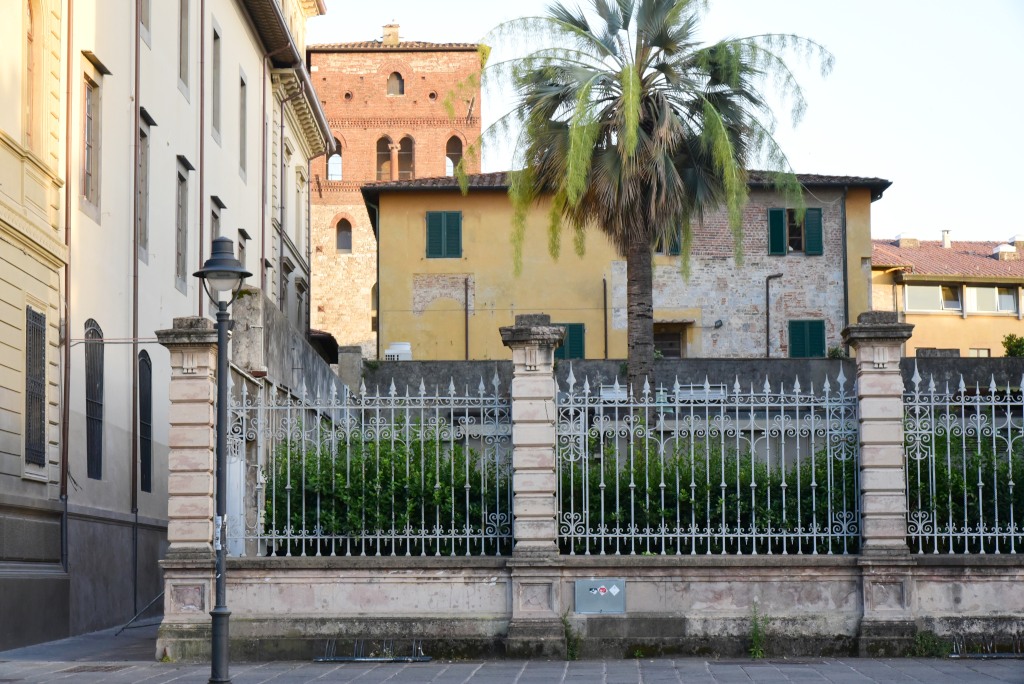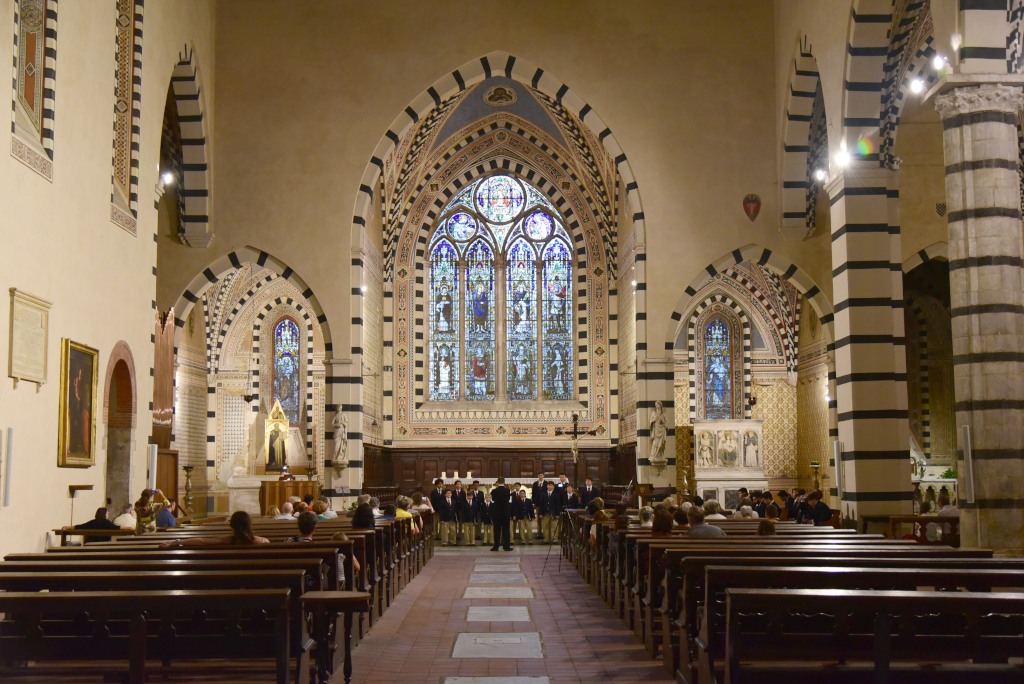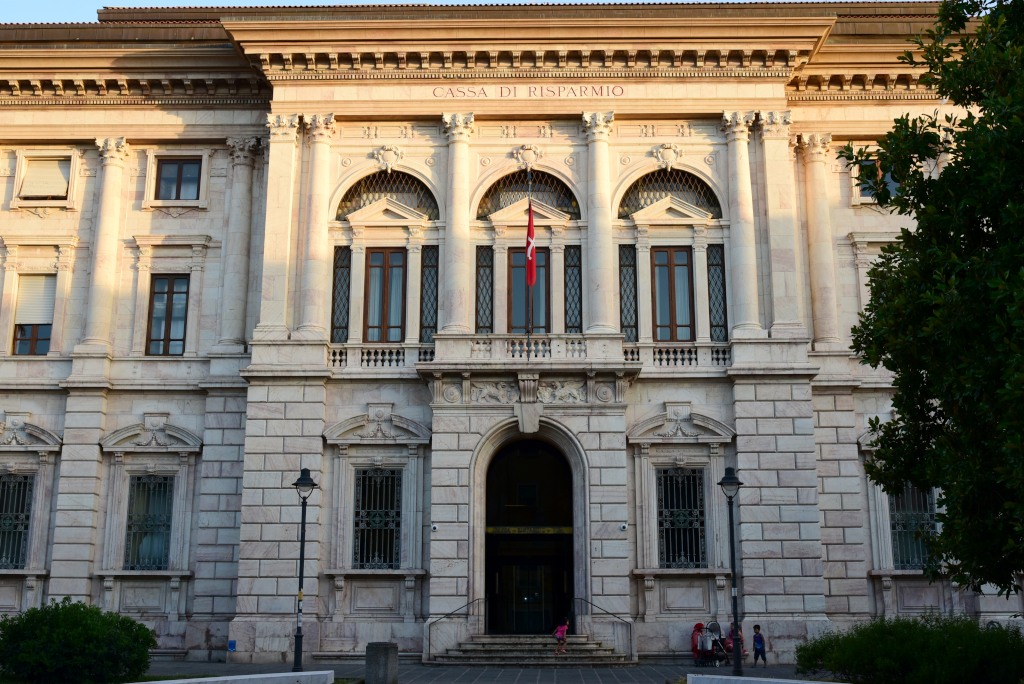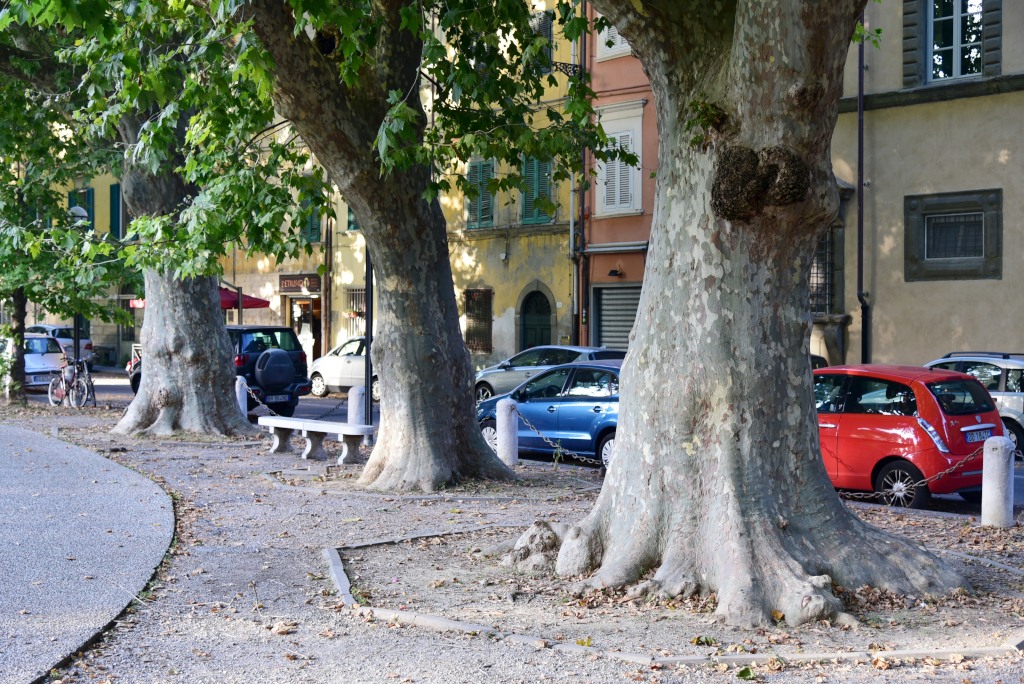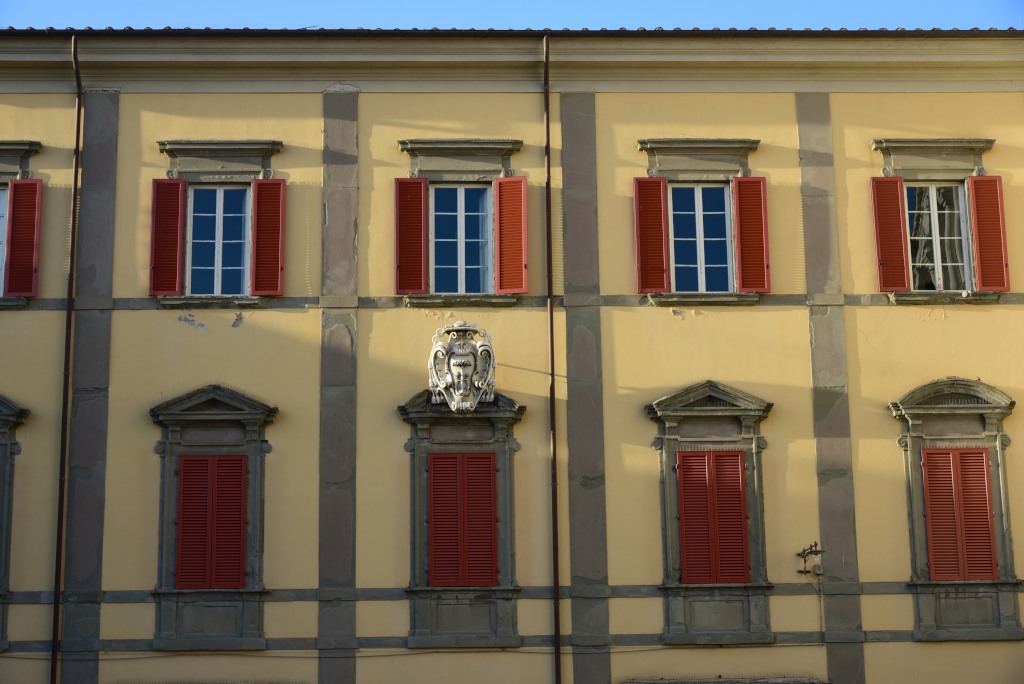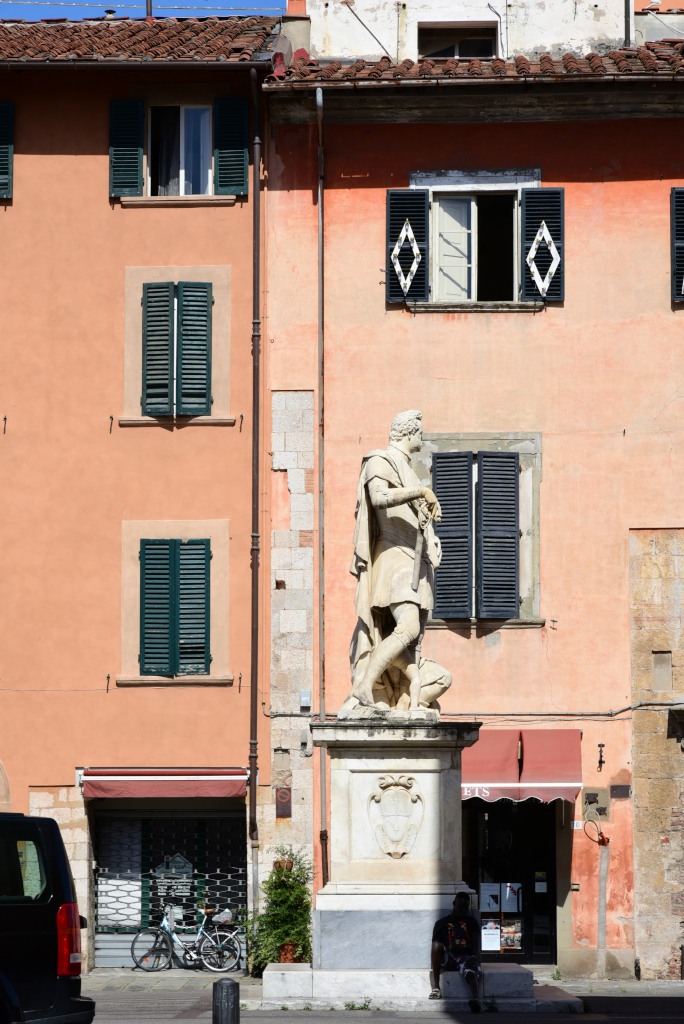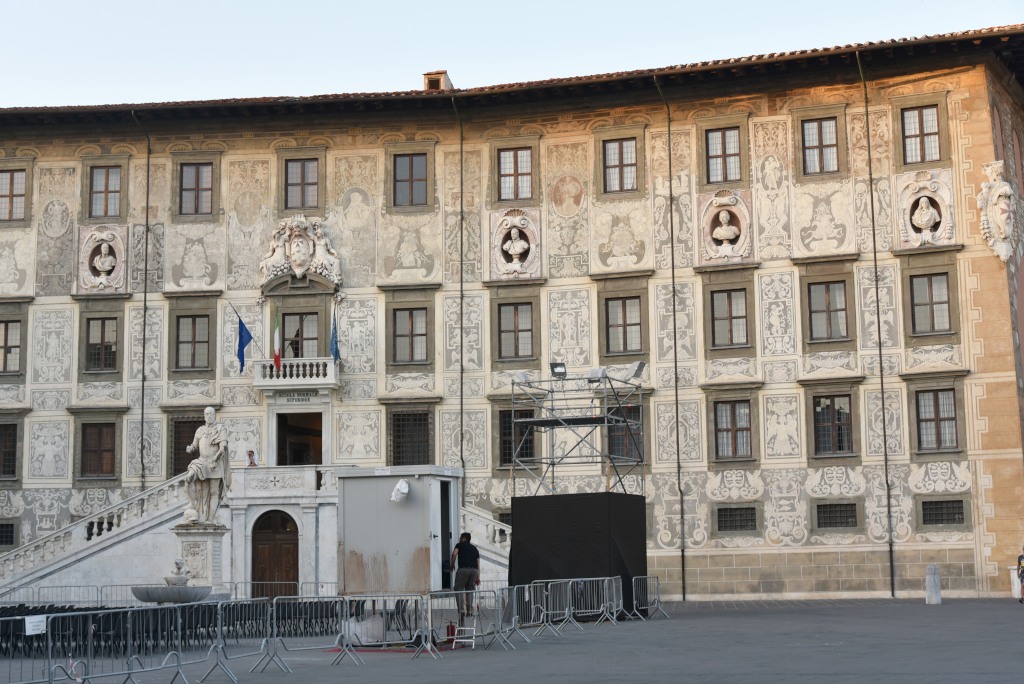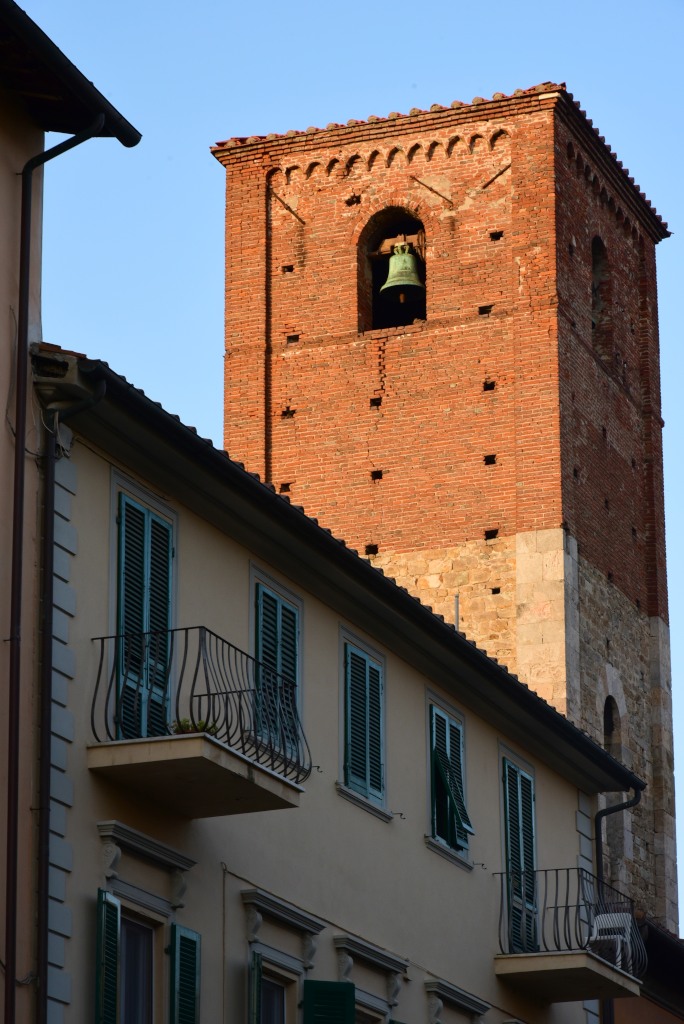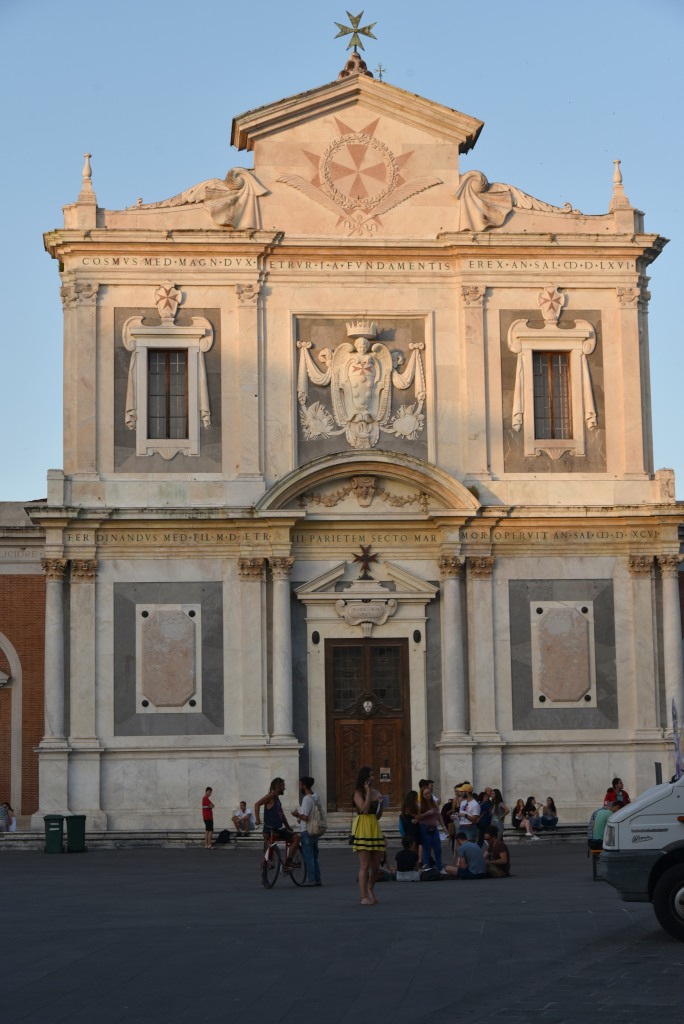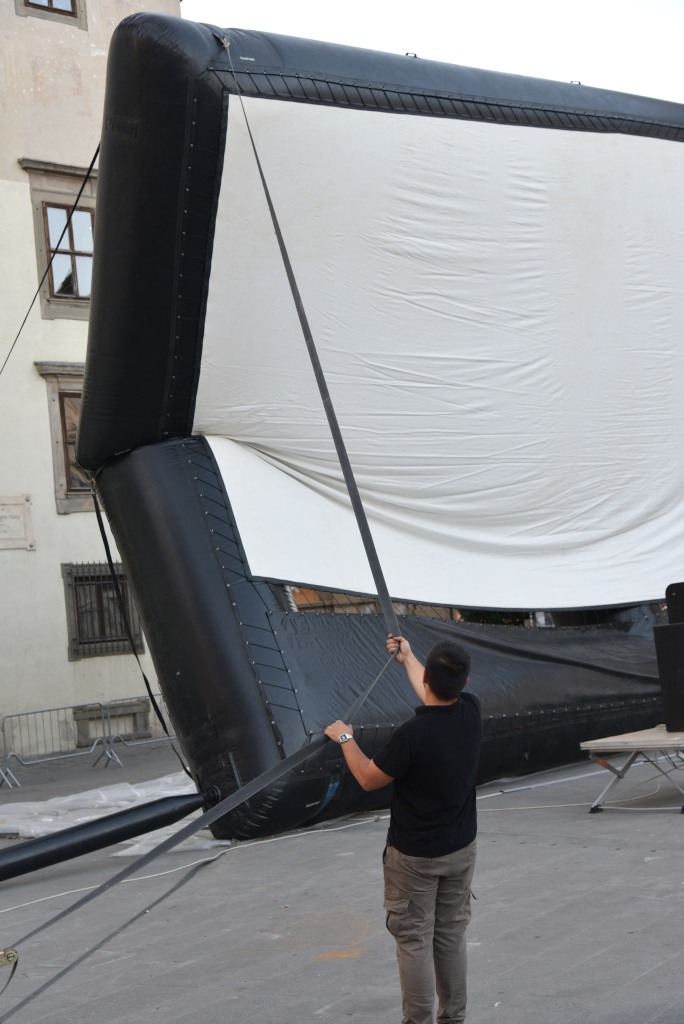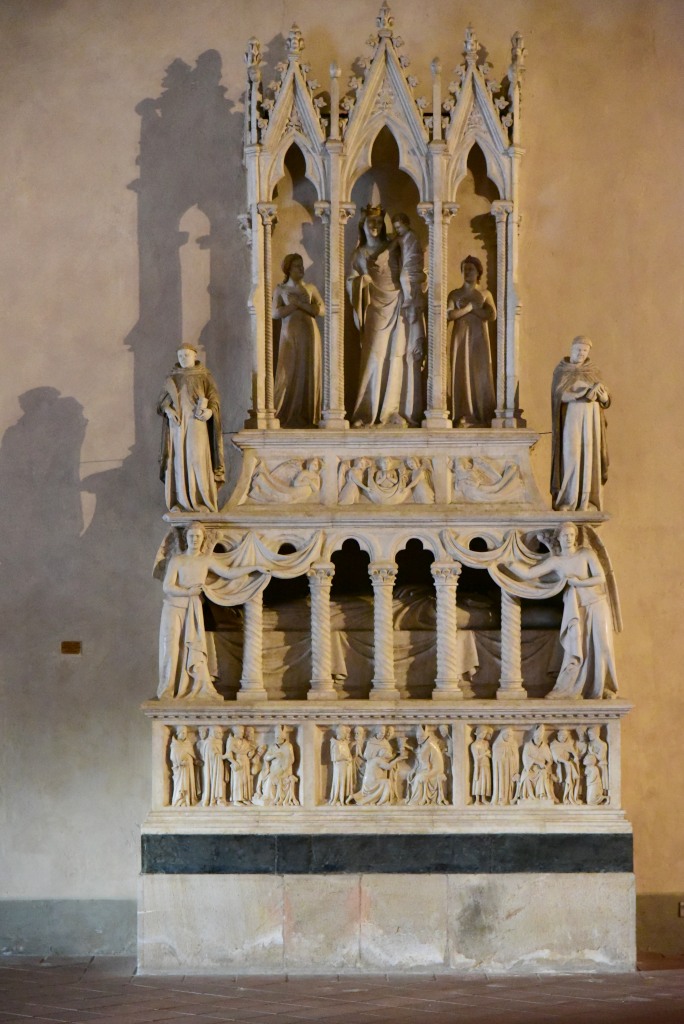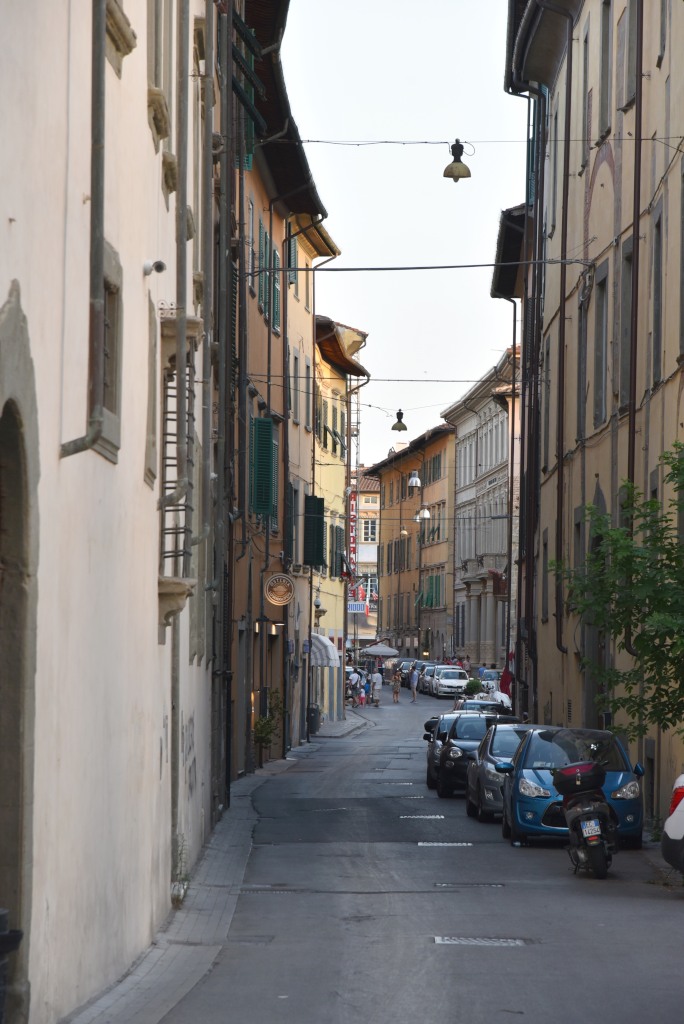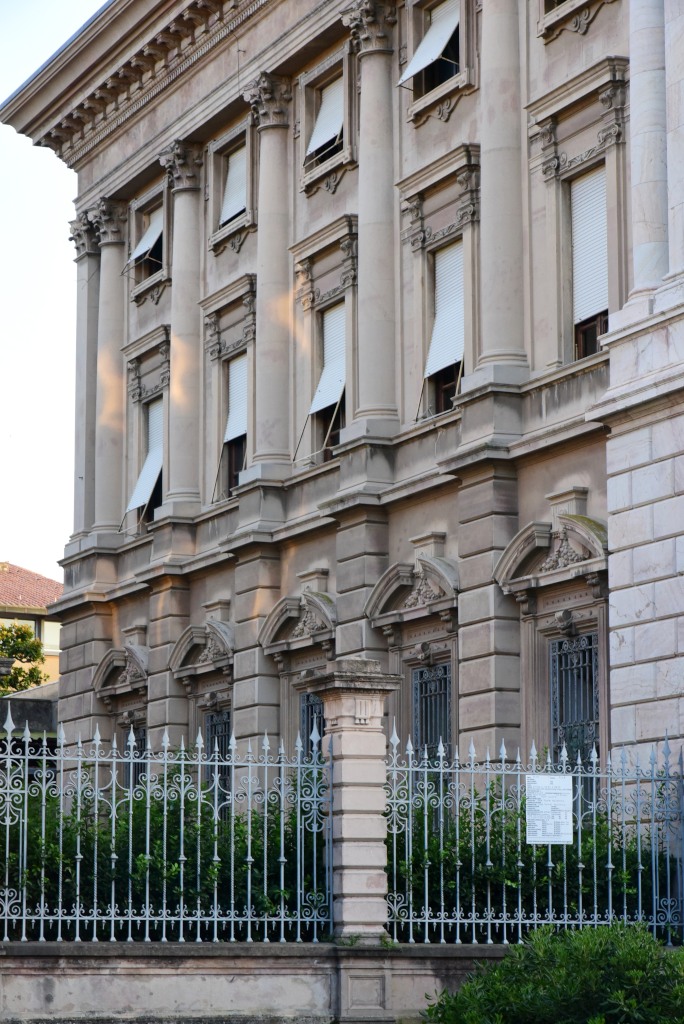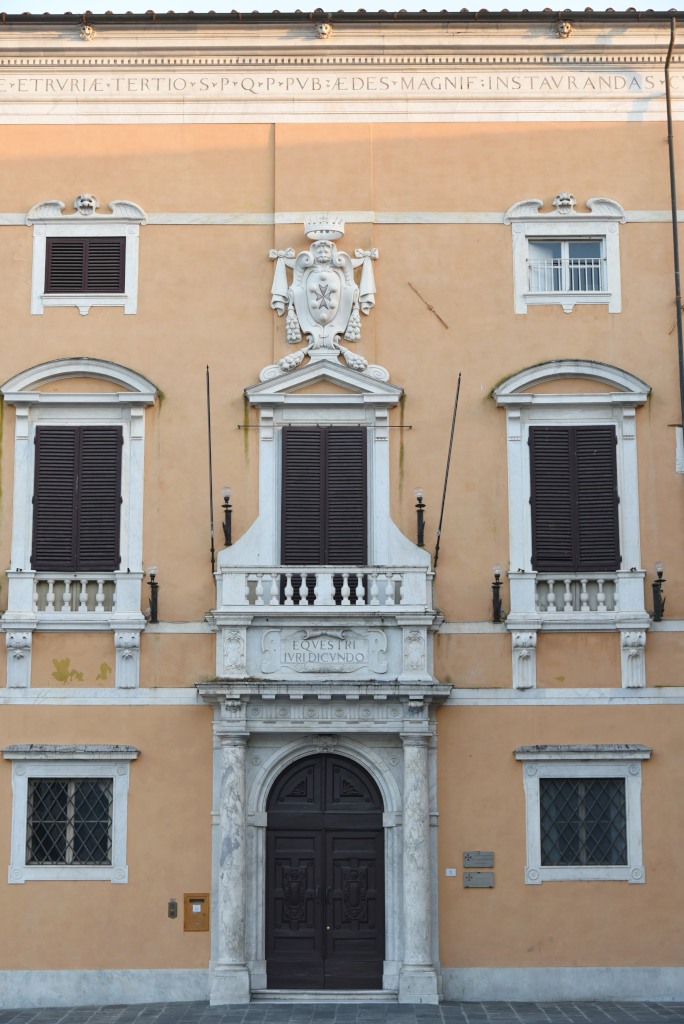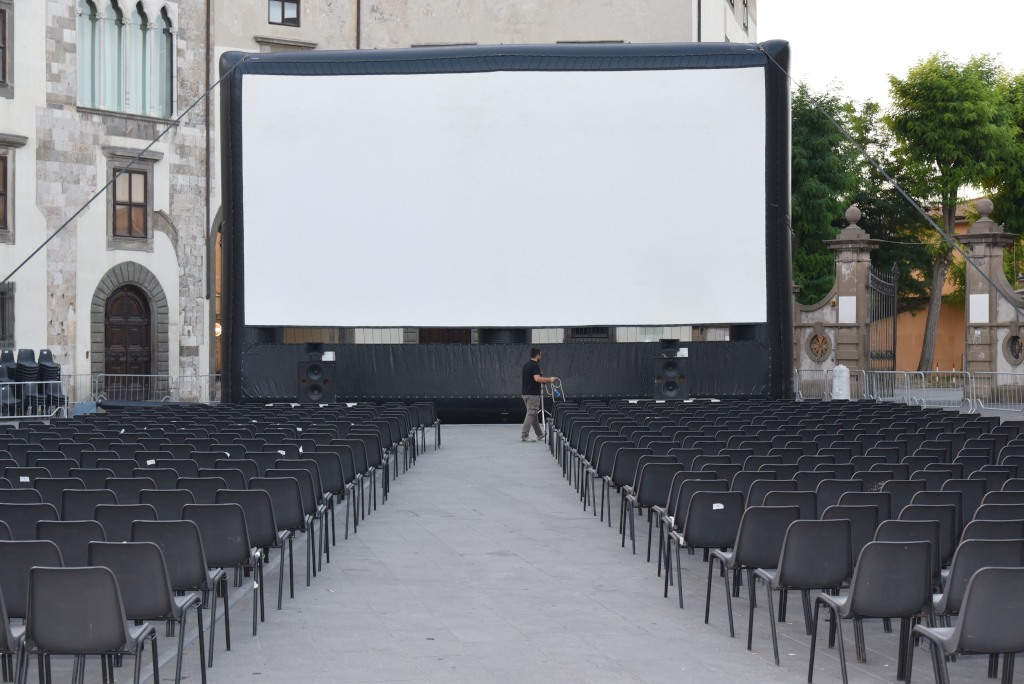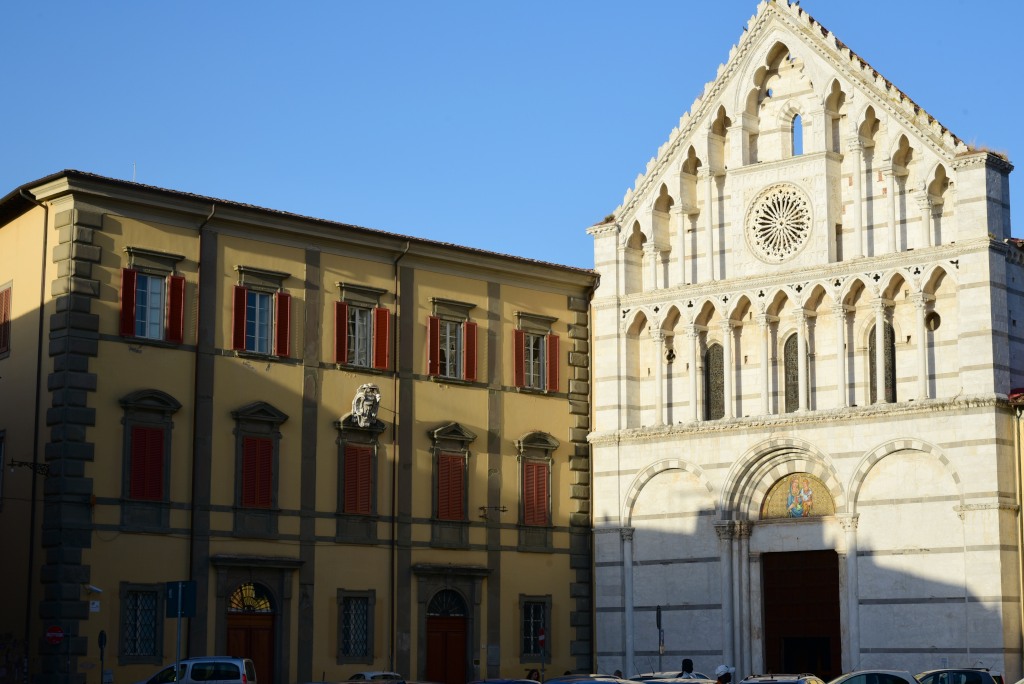July 1, 2018
Pisa is considered one of the great cities of Tuscany, tracing its roots to ancient times. The Pelasgi, Greeks, Etruscans, and Ligurians have been all thought to be founders of the city. Archaeological remains from as early as the fifth century B.C. confirm the existence of a port where Pisa is now located. The Greek geographer Strabo claimed Pisa originated with the mythical king of Pylos Nestor, while Virgil states in the Aeneid that Pisa was already a great center at the time of the Roman republic. Pisa benefited in ancient times from being the only port along the western coast between Genoa and Ostia, and served as a base for Roman naval expeditions against Ligurians, Gauls, and Carthaginians. In 180 B.C., it became a Roman colony, then in 89 B.C., Portus Pisanus became a municipium.
The central attraction of Pisa is the Piazza del Duomo, where the cathedral, baptistery and by far most famous, the leaning tower are located.
The design of the cathedral was influenced by a variety of styles, including Byzantine and Islamic. The church was erected outside Pisa’s early medieval walls in the middle of the 11th century using the spoils received fighting against the Muslims in Sicily, the area having been used in the Lombard era as a necropolis. The original building plan was a Greek cross with a grand cupola at the crossing, but today the plan is a Latin cross with a central nave flanked by two side aisles on each side, with the apse and transepts having three naves.
At the end of the 11th century, the cathedral was declared a primatial church, then was consecrated in 1118 by Pope Gelasius II, who belonged to the Caetani family which was powerful both in Pisa and in Rome. In the early 12th century, the cathedral was enlarged, then further restorations occurred after the fire of 1595, following which the roof was replaced and the three bronze doors of the facade were added. Large paintings depicting stories of the blessed and saints of Pisa were added in the early 18th century.
The centerpiece of Pisa is the leaning tower, the bell tower or campanile of the cathedral, probably one of the most famous attractions in all of Europe, with the crowds of tourists to show for it. The tower’s tilt began during construction in the 12th century, caused by an inadequate foundation on ground too soft on one side to properly support the structure’s weight. The tilt increased in the decades before the structure was completed in the 14th century. It gradually increased until the structure was stabilized (and the tilt partially corrected) by efforts in the late 20th and early 21st centuries.
Construction of the Battistero di San Giovanni was begun in an early Gothic style in the middle of the 12th century to accompany the cathedral. The baptistery is the largest in Italy, 54.86 m high, with a diameter of 34.13 m. The Pisa baptistery is an example of the transition from the Romanesque style to the Gothic style: the lower section is in the Romanesque style, with rounded arches, while the upper sections are in the Gothic style, with pointed arches. The baptistery is constructed of marble, as is common in Italian architecture.
The interior is stark, featuring little decoration. There is an octagonal font at the centre dating from 1246 as well as a pulpit sculpted between 1255-1260 by Nicola Pisano. The baptistery has a double roof, the interior one pyramidal in shape, the external one in the shape of a cupola.
The oblong Gothic cloister Campo Santo dates back to 1278, and is located at the northern edge of the Cathedral Square in Pisa, Italy. It was allegedly built around a shipload of sacred soil from Golgotha, brought back to Pisa from the Third Crusade. The Campo Santo contains a large collection of Roman sarcophagi lined inside the structure’s galleries.
Remnants of frecoes are present on the walls, initially applied in 1360, the last about three centuries later. These include the Crucifixion on the southwestern side by Francesco Traini, followed by the Last Judgement, The Hell, The Triumph of Death and the Anacoreti nella Tebaide, usually attributed to Buonamico Buffalmacco. The cycle of frescoes continues with the Stories of the Old Testament by Benozzo Gozzoli situated in the north gallery, while in the south arcade were the Stories of Pisan Saints, by Andrea Bonaiuti, Antonio Veneziano and Spinello Aretino, and the Stories of Job, by Taddeo Gaddi.
The Orto botanico di Pisa (Pisa botanical gardens) was established in 1544 under Cosimo I de’ Medici as the first university botanical garden in Europe. The garden contains a gallery of natural objects (the Museo di Storia Naturale), a library, and portraits of its directors throughout the centuries, as well as one of the earliest iron-framed hothouses built in Italy.
The botanical garden was founded to be used by the botanist Luca Ghini as a herbarium, where plants were studied, dried and illustrated. The botanical garden has been since collecting illustrations, artwork, seeds, rare and endangered specimens, and scientific journals. The garden includes 148 flower beds, rare aquatic plants, Ginkgo Biloba trees planted in 1787, as well as plant specimens found in ancient Egyptian tombs.
During the last years of the Western Roman Empire, Pisa did not decline as much as the other cities of Italy. In the seventh century, Pisa supplied numerous ships in Pope Gregory I’s military expedition against the Byzantines of Ravenna. Pisa was the sole Byzantine centre of Tuscia to fall peacefully in Lombard hands through assimilation with the neighboring region where their trading interests were prevalent. Pisa thus rose to the position of primary port of the Upper Tyrrhenian Sea and main trading centre between Tuscany and Corsica, Sardinia, and the southern coasts of France and Spain.
Upon Charlemagne’s defeat of the Lombards, Pisa became part of the duchy of Lucca, was later captured by Vikings,and in 930, Pisa became the county centre within Tuscia. The city became an important naval power in order to contend with Saracen piracy. In 970, Pisa also provided strong support to Otto I’s expedition, defeating a Byzantine fleet in front of Calabrese coasts.
(Narrative excerpted from Wikipedia and www.atlasobscura.com)

